|
We've hit that glorious time of the season, the time the early spring wildflowers start to bloom! We call these wildflowers Spring Ephemerals as they are only with us for a few short weeks in the spring, some only blooming for one day, then they fade back until next year. Yesterday I was out on the trails and my eyes delighted in the first fully open spring beauty! Its leaves stretched out on either side, like arms stretching with the morning yawn. As this is my favorite time with my favorite flowers, let's take a look at what we'll be seeing in the next few weeks/months. This is your reminder to walk slow, look down, you might be surprised at some of the lovely tiny flowers you see.
0 Comments
This is part of our Hike Wayne Series Clear Creek ParkThe City of Wooster’s newest park is located at 668 Venture Blvd, tucked between the Aspen racquet club and Clear Creek.
Opened in 2022, Clear Creek Park has 3/4 of a mile paved walking paths that meander through woods, wetlands, and lead to a platform overlooking Clear Creek. You can also find a pavilion, restrooms, and (coming soon) a playground. This 11 acre park was inspired by the vision by Seaman Corporation Board Chairman, Richard Seaman to create a green space for the community and a safe place for workers from near by industries to walk during their lunch breaks. It has done that and so much more. A favorite walk for those with walkers, strollers, and dogs (on leashes thanks) people are enjoying this new park. This is part of our Hike Wayne Series Brown’s Lake Bog Brown Rd., Shreve, OH - between Aylsworth and Funk Rds. no pets please Owned and maintained by The Nature Conservancy in Ohio Featuring a kettle hole bog as well as a glacially-formed hill called a kame, our Brown’s Lake Bog is one of the few high-quality bogs left in Ohio. Follow the boardwalk out onto the bog mat where you can see the kettle hole lake, make sure to stay on the boardwalk to protect the sensitive species that grow here. Then head back and turn down the marked trail up and around the earthen loop trail that traverses the glacial kame. Please note, the boardwalk may become slippery when wet or snowy so walk with caution. You can learn more about Brown’s Lake Bog at https://www.nature.org/en-us/get-involved/how-to-help/places-we-protect/browns-lake-bog-preserve In the SpringIn the SummerIn the AutumnIn the Winter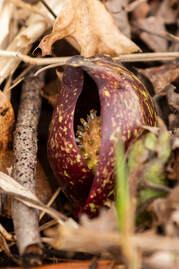 The yellow spathe sits inside the redish/purpleish spadix The yellow spathe sits inside the redish/purpleish spadix Beginning in late winter, the eastern skunk cabbage (Symplocarpus foetidus) is first of our wildflowers to emerge from the cold snow covered ground. Through its rapid growth, its cellular respiration can melt the snow around it reaching up to 60 degrees Fahrenheit! The skunk cabbage gets its name from the smell emitted from the spathe (reddish brown thing generally after disruption or bruising. This smell is important as it attracts the flies that will then pollinate the spadix (round yellow ball that sits inside the spathe). By late spring, a tight roll of bright green leaves emerge from next to the spathe, slowly unraveling into huge green cabbage-like leaves that will blanket the wet and wooded area where it grows. As the snow starts falling from the sky, your first instinct may be to lock yourself inside with a warm cup of tea and put away your hiking boots until spring. Do not do this! (except maybe enjoy the tea, yum!)
Hiking in the winter can be just as enjoyable as any other time as long as you are properly dressed and prepared for any and all the elements. Honestly, for many years I dreaded winter, I hated not being outside, I felt my body deteriorating due to lack of physical activity (sure I could go to the gym but ugh), the lack of natural light would stoke the flames of winter depression, but most of all I could not stand being cold. All of these problems I was able to fix in one easy step.... dressing properly for the outdoors! Once I made this one little change, winter was no longer a daunting task; being outside, getting my muscles moving, enjoying the sharp winter sun, all helped alleviate the seasonal depression. Before I knew it I was enjoying winter hiking just as much as summer. Winter posed a challenge to me, all the trails I could fly through in the warm months were once again challenging, I had to push myself physically and mentally through drifts of snow, up icy hills, down steep slopes. Tips for safely enjoying winter hiking.
Today you may find yourself coming across some extra 'crunchy' spots along the trail. When you do, take a moment to look closer, you may have just come across a patch of Needle Ice! Needle ice is a natural phenomenon which occurs when the temperature of the soil is above freezing and the surface temperature of the air is below freezing. The subterranean liquid water is brought to the surface via capillary action, where it freezes and contributes to a growing needle-like ice column.
While growing, they may lift or push away small soil particles as you can clearly see in the photo. On sloped surfaces, needle ice may be a factor contributing to soil creep. This is part of our Hike Wayne Series. Barnes Preserve 3396 Sylvan Rd, Wooster, OH 44691 76 acres owned & operated by the Wayne County Park District. 1 mile of paved ADA accessible trail through mature forest, overlooking a woodland pond, and wanders through a meadow. A number of additional mowed and boardwalk paths cut through the woods and meadow. Open dawn to dusk (trails are not maintained in the winter months, hike at your own risk). Facilities: pavilion, grill, overlook, port-a-potty (April-November) Best use: walking, birding, nature observation. Special rules: - Take trash home with you (no trash pickup service at park). - All dogs must be leashed & cleaned up after. EXCITING NEWS: Recently the Park District was awarded two grants to develop the lower ponds and surrounding area. The general concept includes a fishing pond with bump-out natural pier while the surrounding land will be restored back into a quality wetland /stream. The project is slated for completion in early 2024 (though the timeline is always subject to change). Barnes in SpringBarnes in SummerBarnes in AutumnBarnes in WinterJanuary: Named from the Roman god Janus, who is represented with two faces looking in opposite directions - as retrospective to the past and prospective to the future.
A new year, let it start slow, soon the cold, muted snow will come, then bit by bit will begin unfolding new traits, the rains come, a flower opens, the skunk emerges from its slumber. While it's easy to get caught up thinking about the future, don't forget to pause and enjoy this ever so brief moment of stillness. Let yourself stand out in the elements today, breathe in the cool stillness, only now, right now, on this day (whenever you're reading this) this breath is just for you and only you and will never be exactly like this, these scents, these sensations, ever again. How full yet fleeting a mindful moment can be. Wishing you all a wonderful 2024. It is in the darkness that the fire shines brightest. Tomorrow is the winter Solstice, the day with the least amount of light. Nine hours of daylight compared to the fifteen in June. In our ever active world this season can feel like a burden. The darkness cutting into our activities. But it might be the most important time in our seasonal cycle. We are on the cusp of winter, the trees have gone shed their leaves, the plants are all dormant, the mammals have cozied up in their dens to hibernate, it’s time to rest. While it’s not entirely practical to hole up in your house for days on end, there are ways we can embrace the season and enjoy what I call active rest. Beginning today, through tomorrow (the Solstice), and continuing to the next day I would like to invite you to see and participate in these darkest of days. 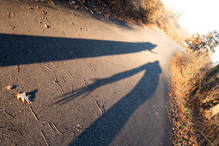 December 20th Shadow Watching The sun hangs low in the southern sky casting long shadows through the day. In the morning look out and see the shadows, follow them across the landscape, do you notice the utility pole shadow, a nearby building, how different they look this time of year. At noon, observe how the shadows still stretch, much longer than at summer’s high noon. In the evening, go outside and cast your own shadows as you bid goodnight to the sun. 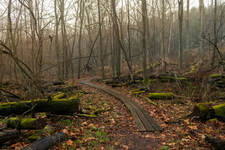 December 21st Take a Walk Instead of trying to run away from the cold and darkness, take a slow walk and welcome winter. When you can, bundle up and find your way outside to take a slow, intentional walk. Breathe in the crisp air, observe how the shadows stretch out before you, listen to the sounds around you - there may be birds, squirrels, or even no sound, the silence of the season. Think how it is only now, in this season, when things become still and quiet. Take that stillness with you. 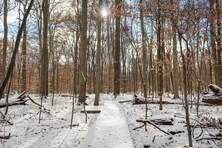 December 22nd Welcome back the sun From now until June 20th the daylight slowly starts to return. Greet the morning, welcome the sun (even if it’s cloudy, it’s up there somewhere). The darkness brings lessons, good or bad be thankful for them, the light will add more perspective. If all of that sounds too “woo woo” then welcome the sun by eating an orange. The golden orange fruit to nourish your day, to welcome the sun’s return. Ilex opaca (American Holly)
Leathery evergreen leaves, 2-4 inches long and 1-2 inches wide, with a sharp-pointed tip and spiny-toothed margins (occasionally smooth). Growing up to 50 ft tall, this slow growing, shade tolerant tree has thin, gray, warty bark. Branches forming a pyramidal crown. Light green/greenish white flowers. If both the male and female trees are present, the flowers will produce the bright red berries that adorn so many living rooms this time of year. American Holly is native to the eastern/south eastern US. There are many different varieties of holly (ie winterberry, possumhaw, even Yerba mate - Ilex paraguariensis) as well as different cultivars of each species. The very similar looking English Holly (Ilex aquifolium) has become a noxious species along the West Coast of the US but doesn't seem to be able to grow well in the Eastern States. Uses The wood has been used for many, many, different things throughout history: inlays in cabinetwork, carvings, rulers, handles. The berries were used by the Native Americans for buttons and to barter. Holly is toxic to humans but birds and woodland mammals enjoy the bitter berries. Lore Holly is rich with symbolism Romans would send boughs of holly and gifts to their friends during Saturnalia*. In Britain, people decorated their homes with holly in the winter to invite sylvan spirits to shelter there. Christian legend says that holly sprang from the footsteps of Jesus, its thorns and red berries representing his suffering and blood. Symbolism in heraldry, holly represents truth. NeoPagan lore, the Holly King rules the dark half of the year (from the autumn to spring equinox) being strongest at midwinter, his counterpart and adversary the Oak King is the inverse. The Druids regarded holly as a symbol of fertility and eternal life, thought to have magical powers. Cutting down a holly tree would bring bad luck but hanging the plant in homes was believed to bring good luck and protection. Holly is also believed to protect homes against lightning strikes. *Saturnalia: Ancient Roman holiday to celebrate the God Saturn, held December 17-23rd. The holiday was celebrated with a sacrifice at the Temple of Saturn and a public banquet, followed by gift-giving, continual partying, and a carnival-like atmosphere that overturned Roman social norms: gambling was permitted, social status was equal, gag gifts or small figurines were given. The poet Catullus called it "the best of days".  I don’t know about you, but this autumn, though it has been one of beautiful and long lasting foliage, one tree has stood out among all the others… The Sweetgum The American Sweetgum (Liquidambar styraciflua L) goes by many names: Sweetgum, redgum, sapgum, star leaf-gum, bilsted. As it is found in the Eastern United States from Connecticut south to Central America, it’s likely you’ve encountered this tree before and probably remember it’s unique seed pods - round and woody with spiney tips and scattered all over. The leaves are palmately lobed with five to seven points resembling a star. In the autumn the leaves turn a brilliant range of color from pale yellow through bright orange all the way to a deep burgundy or purple. The leaves are very sensitive to frost so if it frosts before changing, they turn directly brown. Native Americans used parts of this tree, especially the gum, bark, and root, for antidiarrheal uses, dermatological aid, gynecological aid, sedative, and as a fever reducer. A balsamic oleo-resin is formed when the inner bark of the tree becomes wounded or gashed, called American styrax. This historically has been chewed as a sweet, natural gum, but has found other uses in soaps, cosmetics, perfumes, adhesives, lacquers, and incense. The wood is used for lumber, veneer, and plywood and is often used for cabinets, furniture, barrels, baskets, and interior woodwork. Seeds are a food source for birds, squirrels, and chipmunks . As the leaves change and fall, the fog rises in the mornings, and the air turns crisp and sweet, we know fall is here.
Although the weather has yet to make up its mind as to if it's still summer or not, these cooler mornings have me feeling the fall. This is one of my favorite times to think about how the summer's growth has changed me for the better and to let that which does not serve me any longer fall away (see what I did there?). Today is a great day to consider how you've changed this year, how you want to grow in the future, and what you want/need to let go of to make that happen. Sipping a warm apple cider while doing so is advisable! Observations: A heavy rain flooded parts of the boardwalk, but let up just long enough for me to take this photo. The fungi and slugs were having a great time soaking up all the much needed rain. I made it to the bend at the end of this image before the rain started in a heavy downpour that didn't let up for about 30 minutes. By that time I turned around and made it back to the car, wading in murky brown rushing water all the way.
Although damp and rather uncomfortable, there's just something beautiful about being in the woods in the rain. Sunday, 8am | Overcast and rainy | ~67* | it's perfect The best kind of day is the day you wake up early, full of energy, nothing on the calendar, and in good health. Today was that morning. Rainy walks in the forest have a way of revealing more than you might otherwise notice. The sounds - rain or maybe footsteps. The foliage - how many different shades of green are there? I don't know but you can find hundreds as you walk along. Mosses glow. A heavy warm musty fragrance blankets everything. Click through the slideshow to see what I found from the prairie, down the switchback hill, across the run, and along the Spangler trail. Not quite as catchy a title as Delia Owen's wildly popular book but I'd still read it. A fair amount of my youth was spent playing in creeks and 'discovering' all the fascinating creatures that lived there. It was always a real treat to come across a crawdad/crayfish/mud bug (all different common names for Cambaridae) and watch it dart from stone to stone in the shallow waters. 30 years later I 'discover' them again but this time on land!
From a whisper to a roar the forest, refreshed after a long winter, wakes up. Nine months has passed. Below follow how the September sun moves out of frame in October. October, she's the line, the change, the balance (the Libra if you're into astrology), she moves the season along with vigor leaving November to greet us with crisp leaves, crisp breeze, and an appreciation for the scale of the trees in the forest. December, January, February, each bring their subtle changes but also remind us to be still and calm, stop looking (for flowers, plants, animals) they won't be found, be still. March hints at warmth, the sun moves back into view, the first blades of the spring beauties emerge from under the leaf litter. April from afar looks much the same, this is a trick, look closer, closer, much closer, oh yes, the earliest of the spring wildflowers have started to emerge; blooms of coltsfoot, spring beauty, leaves of wood anemone and the 'shark fins' of the trout lily are now found all over. April, 6 months after October's big show, will not be out competed, the wildflowers start and grow and multiply until the beauty of the forest floor is a blanket of new growth so stunning it will bring you to tears (maybe that's just me). Now we are at May, the early spring ephemerals have mostly all bloomed and faded and now the leaves come out, diffusing the light, dappling everything. Now we grow into a new world, new but one we know well.
It only takes one day. The rain and winds yesterday whipped and stirred and woke up the entire forest. Just like that, we now have early blooming wildflowers. Flip through to see what's growing, what's in bloom, and what's yet to come! Marsh Marigold (above) - vs - Lesser Celandine (below) Lesser Celandine can be found in open woods, waste areas, meadows, and floodplains preferring sandy soil. It closely resembles the Marsh Marigold and is often misidentified as such.
To tell the difference between the two it's important to know the native Marsh Marigold has only 5-9 petals where as the Lesser Celandine has 8-12, and the leaves of the Marsh Marigold are round sometimes kidney shaped where as the Lesser Celandine which has more of a heart shape. Marsh Marigolds tend to stay in small bunches and do not have the same sort of underground tuber system that the Lesser Celandine have. If left to go it will completely blanket the area displacing many native plant species, especially those with the similar spring-flowering life cycle. Some examples of native spring ephemerals which become choked out by the Lesser Celandine include bloodroot, wild ginger, spring beauty, harbinger-of-spring, twinleaf, squirrel-corn, trout lily, trilliums, Virginia bluebells, and many, many others. These plants provide critical nectar and pollen for native pollinators, and fruits and seeds for other native insects and wildlife species. Because Lesser Celandine emerges well in advance of the native species, it has a developmental advantage which allows it to establish and overtake areas rapidly. But have you ever really sat with mosses?
Especially this time of year with their bright rich greens and yellows, the sporophytes rising high. If you look close, there are even some hornworts ribboning through the moss! Consider this your invitation to slow down and look closer this weekend. Happy hiking! Tomorrow is the first day of spring, the Spring Equinox. The change of each season is a great time to take a moment to reflect over the past season. It has been a strange winter - extreme in both temperature and precipitation, not a peaceful calm winter of gentle snows and quiet moments. While I longed for the respite that comes with a calm season, sometimes we need the difficult times to appreciate the good and to learn to maneuver and grow. At this point I could insert any number of cliches but really, life is hard, growth is hard, some days are so difficult to get through, but life is also beautiful, hope can be found around every corner, joy will return when you least expect it. There's a balance to it all, a yin and yang dance to various degrees. But enough waxing philosophical, what signs of spring have you been noticing? Over the past month we've been watch the migratory waterfowl move back in to the area. Pintails, mergansers, and ringneck ducks speckling the wetlands. In the woods, the tiniest early spring wildflowers begin to bloom. Here we found a Harbinger of Spring (Erigenia bulbosa) at Crall Woods in Ashland. Many trees have started blooming already, the robins are growing abundant, and the days are growing longer.
Although it's snowing today, tomorrow brings spring and all the hope of a new season. Let me know in the comments what signs of spring you're seeing. 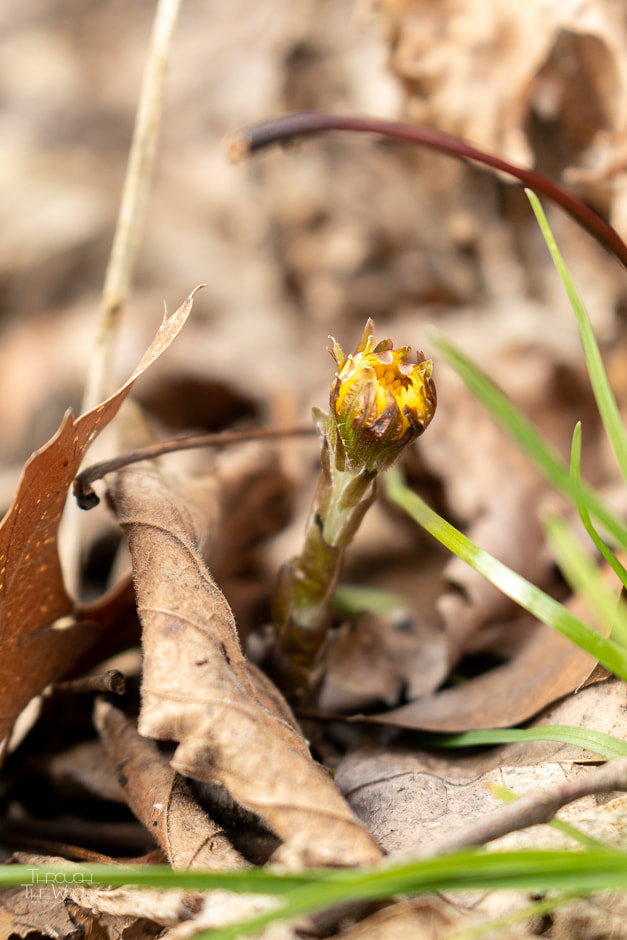 The common Coltsfoot (Tussilago farfara) goes by various other names, coughwort, hallfoot, horsehoof, foalswort, fieldhove, bullsfoot, donnhove, and in France Pas d'âne. One of the earliest flowers to bloom, coltsfoot's flowers superficially resemble the dandelion, upon further inspection you will clearly be able to tell the difference by size (flowers are much smaller) the stem (much thicker, scaly, and taller) and the leaves are either nonexistent when blooming or the full round leaves (resembling a colt's foot) where as the dandelion have oblong sharp lobed leaves. Flowers can be found blooming February - June. Originally from Europe, settlers introduced the coltsfoot to America for medicinal purposes. As a medicinal herb, coltsfoot has been used for many purposes: cough dispeller, in treating asthma, bronchitis, and other respirator ills. In the past in Paris, the coltsfoot flowers would be painted as a sign on the doorpost of an apothecaries shop. An extract of fresh leaves can be used for making cough drops or hard candy, and its dried leaves can be steeped for a tea. (pregnant, young, and elderly should take caution using this herb) In many years, this day is still held in silence, often under a blanket of snow. The long winter drawing to a close, the daylight growing stronger with each passing day but the cold wind still cutting through. Right on schedule the skunks are awake and looking for a mate - a good way to remember this is to imagine skunks look for a valentine (mid Feb love is in the air and it's the smell of skunks). Squirrels have been changing their chattering and can be found gathering nest materials, yep, squirrels are mating too. The redwing blackbirds have started singing and chasing competitors away from their perch and the migratory waterfowl have been making their way through the area. A walk in the woods in early spring shows a quiet hidden world, for at first glance everything is bare and brown. The trees are empty, the ground still covered in leaves, mud covers everything else. Then you sit. A fallen tree as a bench. You close your eyes and you start to listen. At first you hear the wind in the trees, sandhill cranes call as they fly overhead, then the small trickle as the water seeps through the soil, sounds of small insects moving just under the leaf litter. Eyes open you can now see the tiny red velvet mite walking over leaves (no they won't hurt you). Those leaves are just barely covering the emerging green leaves of the spring beauty. Next to that you notice a stalk sticking out of the ground, scaly it looks almost like an asparagus -it's not- it is one of the earliest wildflowers - the Coltsfoot! As you watch the Coltsfoot, looking around for more, you spot a snake sunning on a branch nearby -an eastern racer? Knowing there are very few venomous snakes in Ohio you sit and observe it slowly warming in the morning sun. Respectfully you give it space and head back to your car. Sometimes when I say take a walk, what I mean is go outside but be still. Walk slow, quiet your mind, breathe and observe. All this happened within 20 feet from the parking area. Once every couple of years we get the opportunity to explore frozen waterfalls. Bundle up, walk with caution, and do take the opportunity! I woke up early this frozen morning of Feb 4th, temperature read a crisp -7* as I was walking out the door. This is a sight I've been wanting to see for years, but the weather or time or just thinking about the cold temperatures has kept me from doing it. I arrived at the first fall about an hour after sunrise. The path to the creek was covered with enough snow to add traction but attempting to descend the hill following the normal path down to the falls was nothing but a thick sheet of ice. I slid on my bum about 1/4 of the way down before resigning that that was a terrible idea. Back at the top of the hill I noticed a set of footprints following the hill path, so I followed them over and down to a (sort of) safer way down the slope. (I feel I should note here, wear lots of layers, proper shoes, and a sturdy hiking pole - all these things make the biggest difference!) This first fall was pretty solid when I arrived, a light trickling sound behind the ice. After a few loud booms which I assumed were passing trucks, I realized it was the ice crashing down warmed just enough by the morning sun! The cold began to sting my cheeks (though totally covered) so I went back to the car and warmed up on my way to the second waterfall. By the time I reached the second fall the sun was gone again and the wind cut across the field sharply. This path was much less icy, even leading to the magical realm that is behind the falls. The water was moving much faster here creating interesting ice sculptures and sounds - check out the video here. After a couple of hours exploring the frozen falls it was time to warm up and make my way home. To see a familiar sight in a new light is always a great treat. I'm glad I braved the cold to experience this. I hope you push yourselves out of your comfort zones and explore somewhere familiar but in a new light. Happy Hiking! Beginning in late winter, the skunk cabbage is the first life to emerge from the cold snow covered ground. Through rapid growth, its cellular respiration actually melts the snow around it reaching up to 60 degrees Fahrenheit! The skunk cabbage gets its name from the smell emitted from the spathe (reddish brown thing) generally after disruption or bruising. This smell is important as it attracts the flies that will then pollinate the spadix (round yellow ball that sits inside the spathe: not shown). By late spring, a tight roll of bright green leaves emerge from next to the spathe, slowly unraveling into huge green cabbage-like leaves that will blanket the wet and wooded area in which it lies.
January: Named from the Roman god Janus, who is represented with two faces looking in opposite directions - as retrospective to the past and prospective to the future.
A new year, let it start slow - although this year is warmer than most, soon the cold, muted snow will come, then bit by bit will begin unfolding new traits, the rains come, a flower opens, the skunk emerges from its slumber. While it's easy to get caught up thinking about the future, don't forget to pause and enjoy this ever so brief moment of stillness. Let yourself stand out in the elements today, breathe in the cool stillness, only now, right now, on this day (whenever you're reading this) this breath is just for you and only you and will never be exactly like this, these scents, these sensations, ever again. How full yet fleeting a mindful moment can be. Wishing you all a wonderful 2023. |
AboutSince 2015 we have been exploring and sharing all the amazing things we’ve found in nature. AuthorEmily is an Ohio Certified Volunteer Naturalist who is most often found out in the woods. Archives
March 2024
Categories
All
|
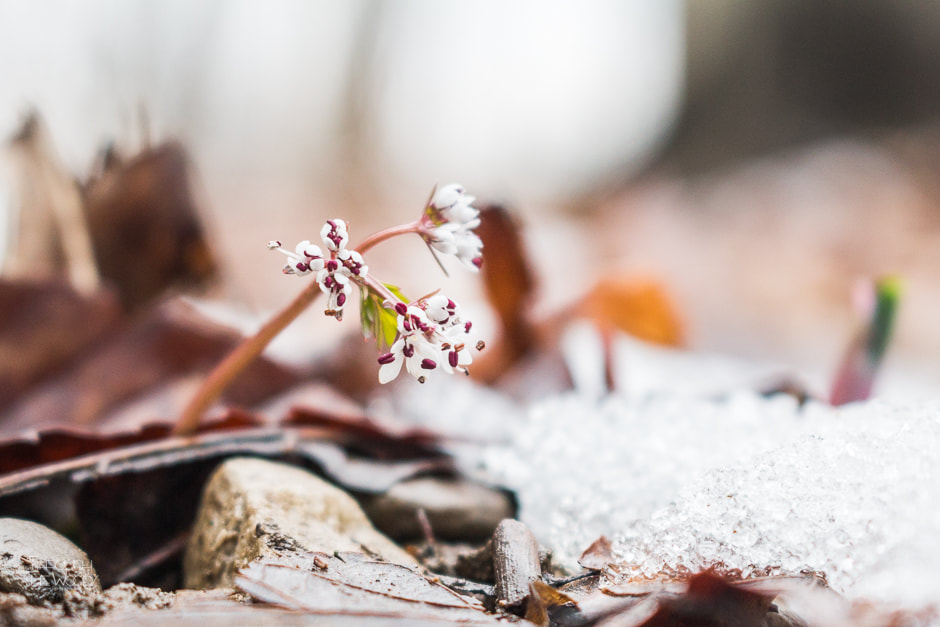
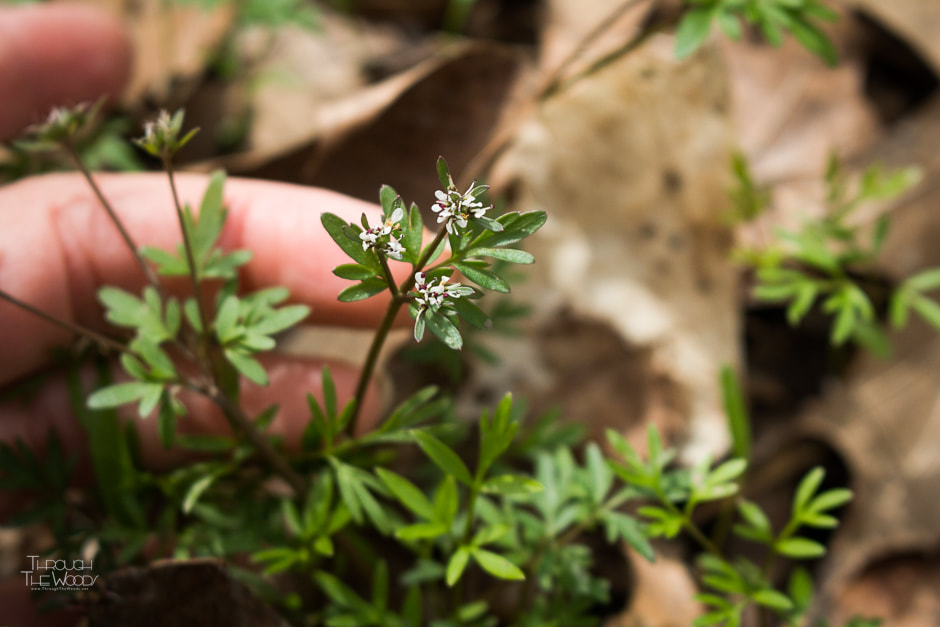
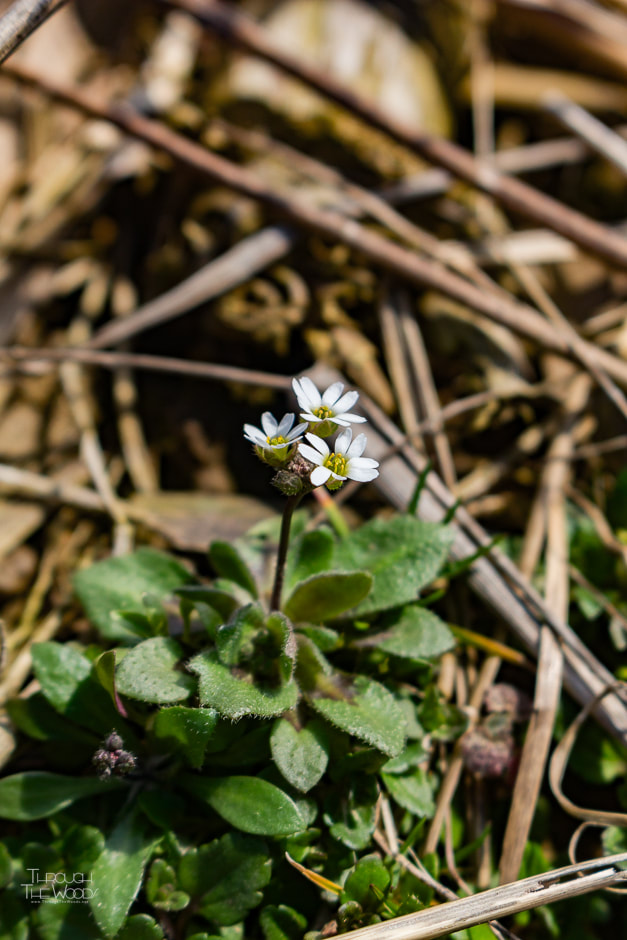
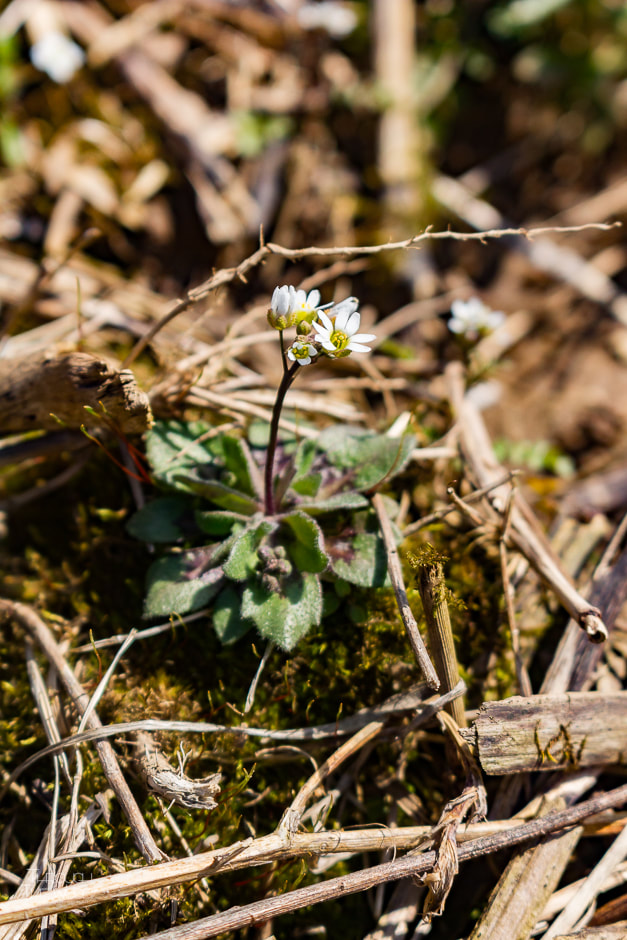

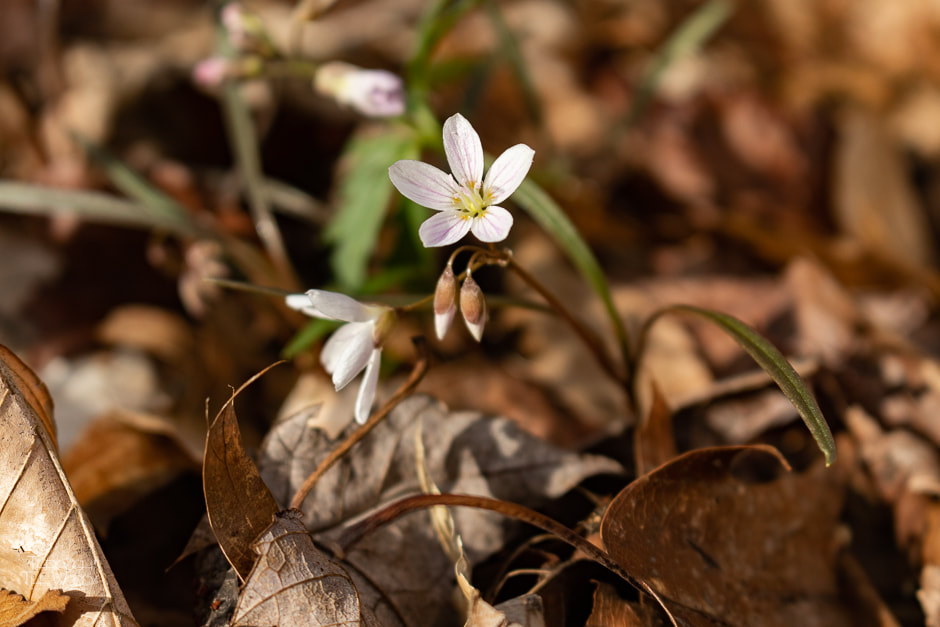
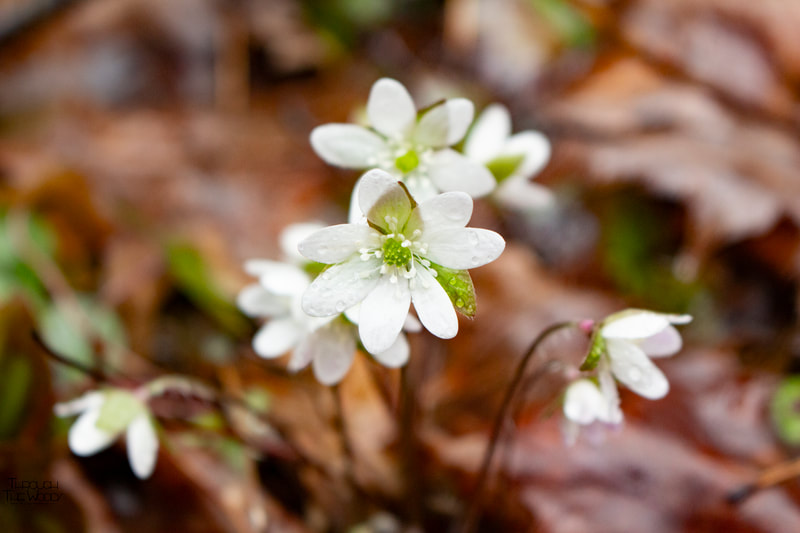
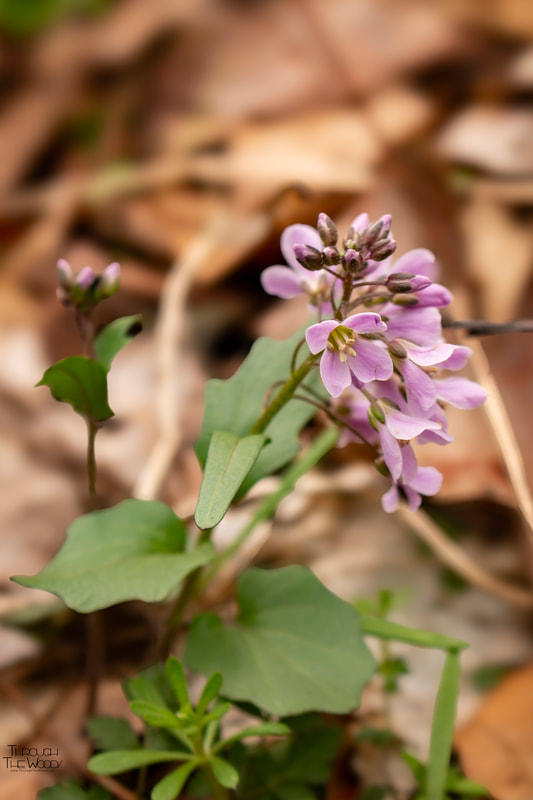
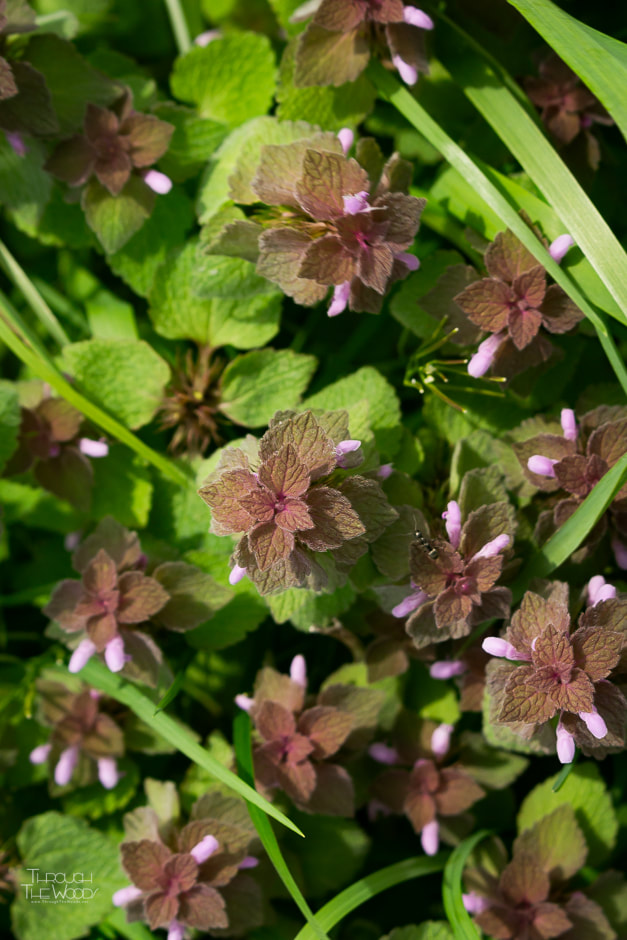
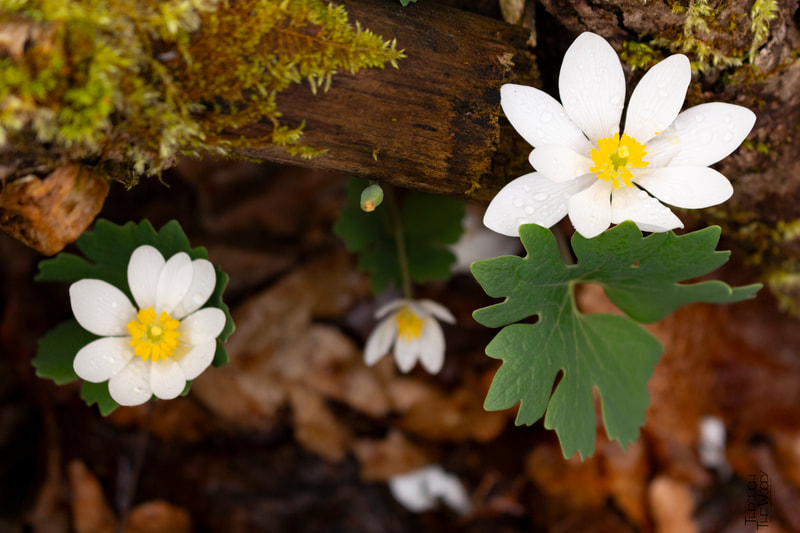
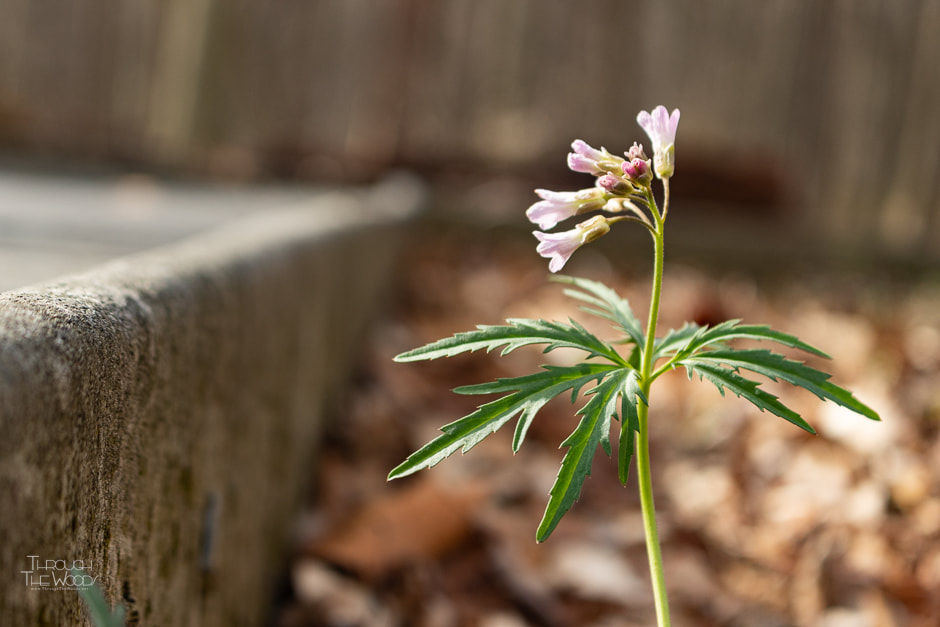
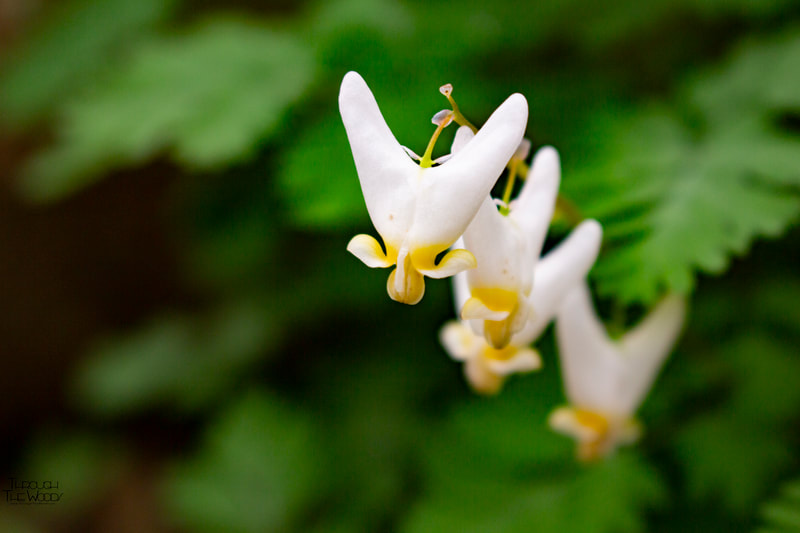
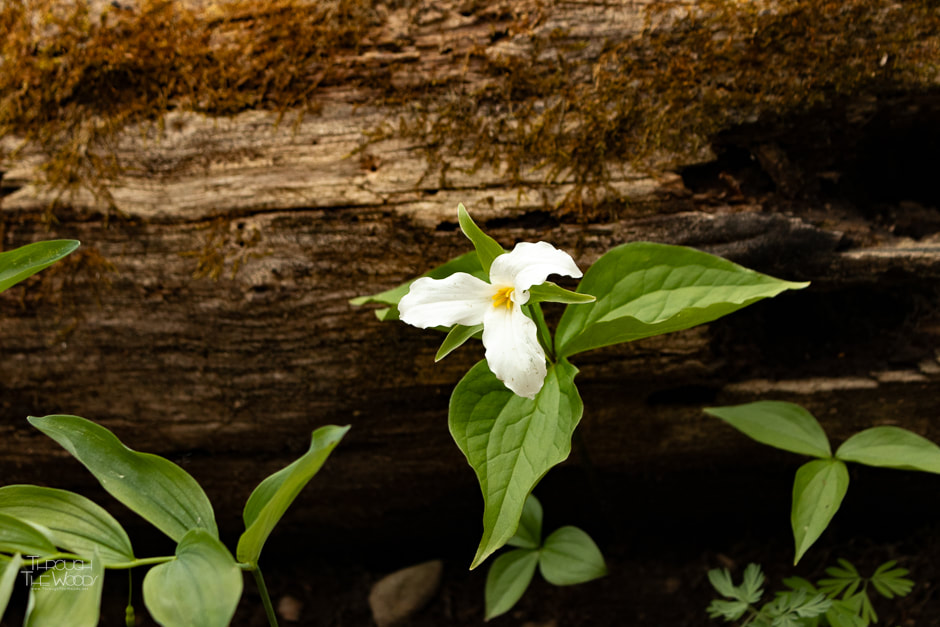
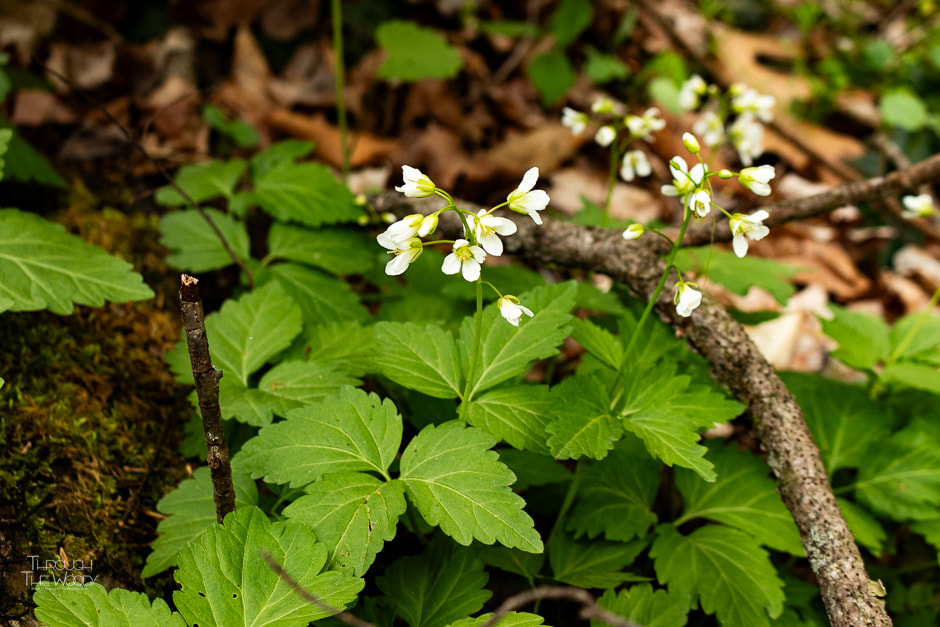
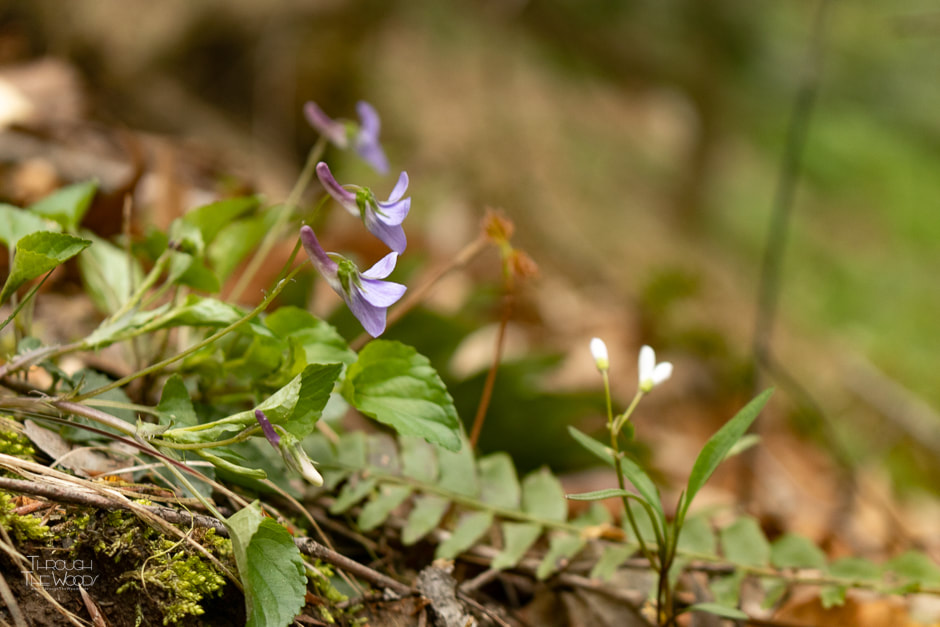
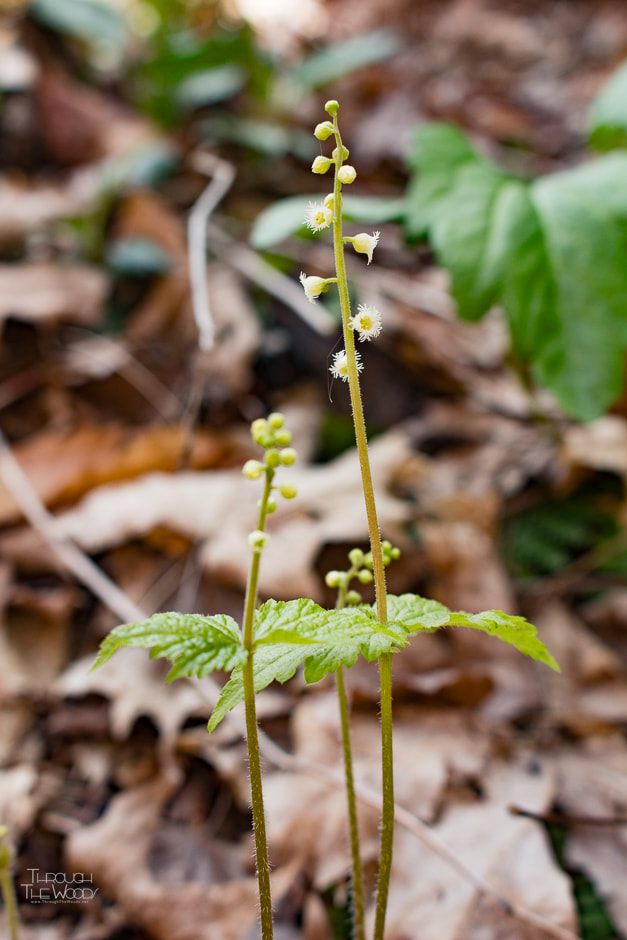
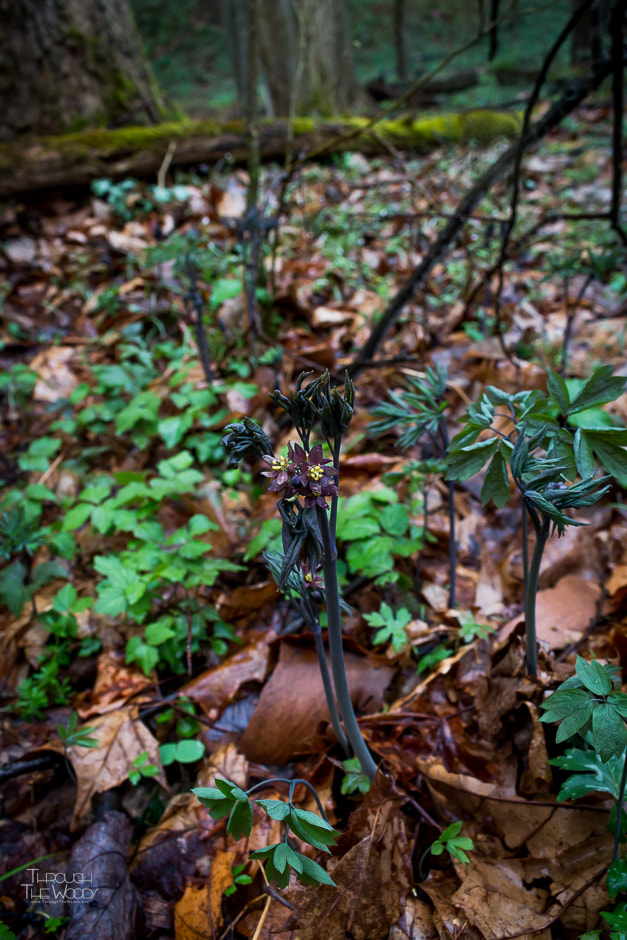
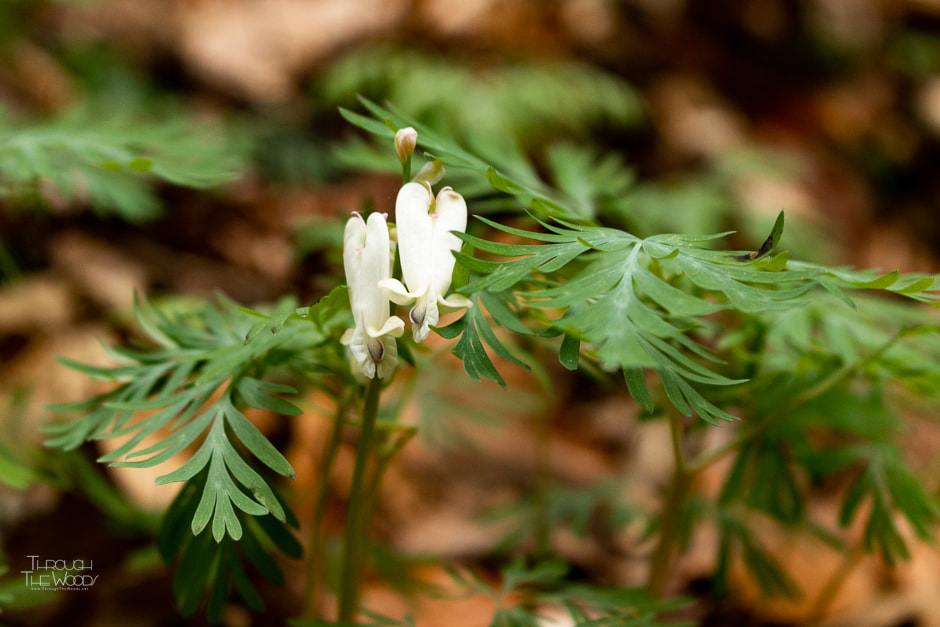

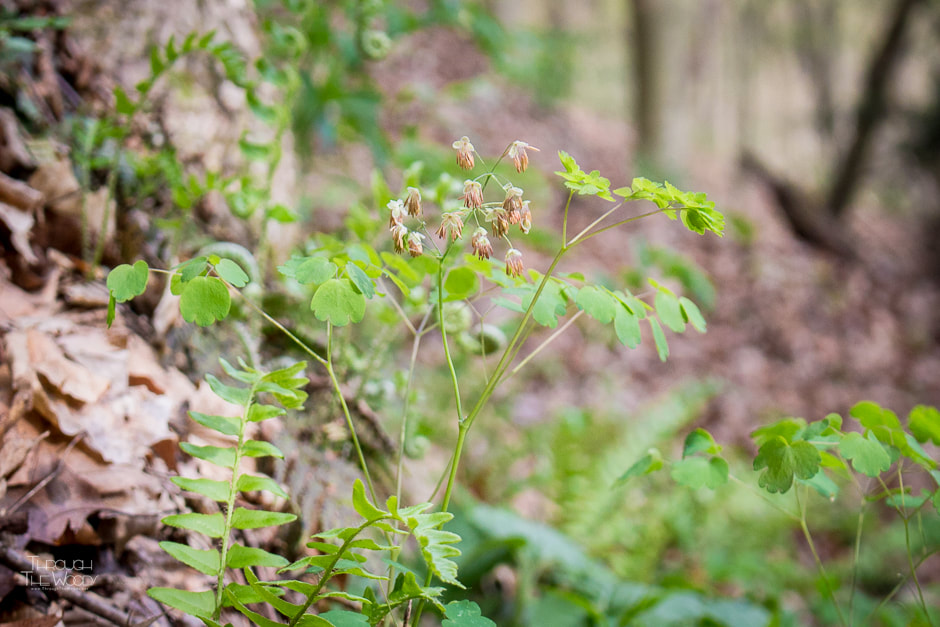
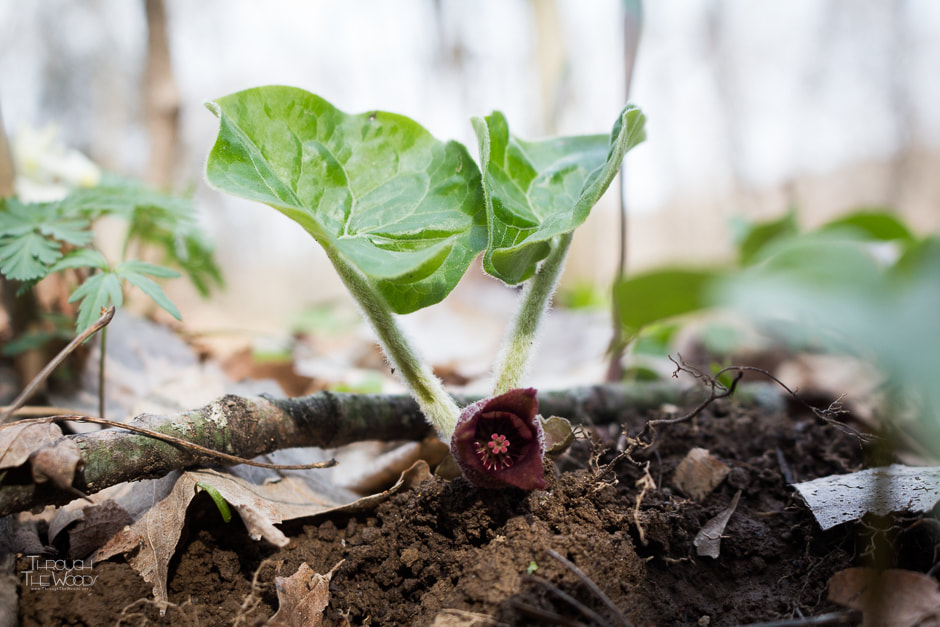
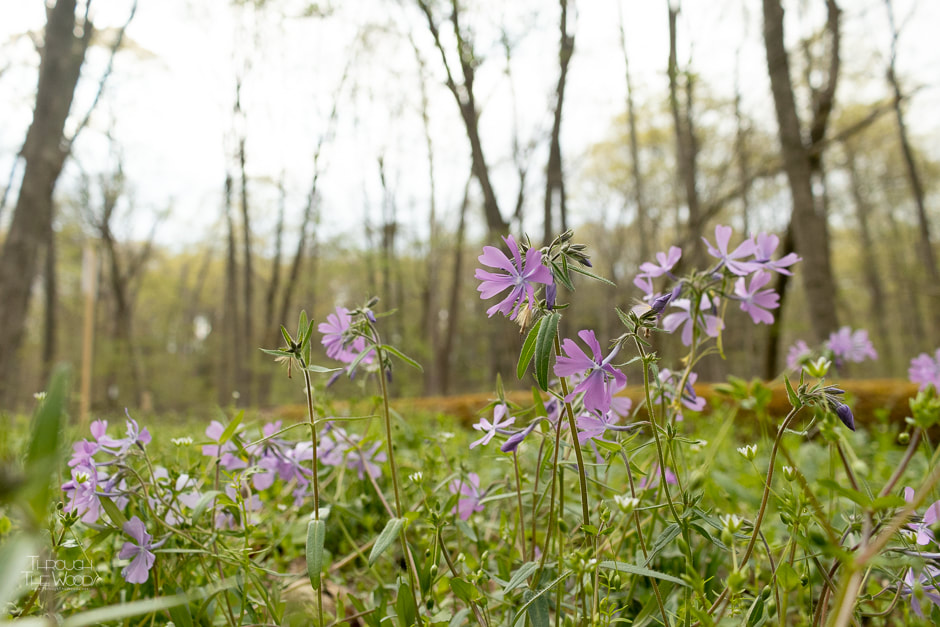
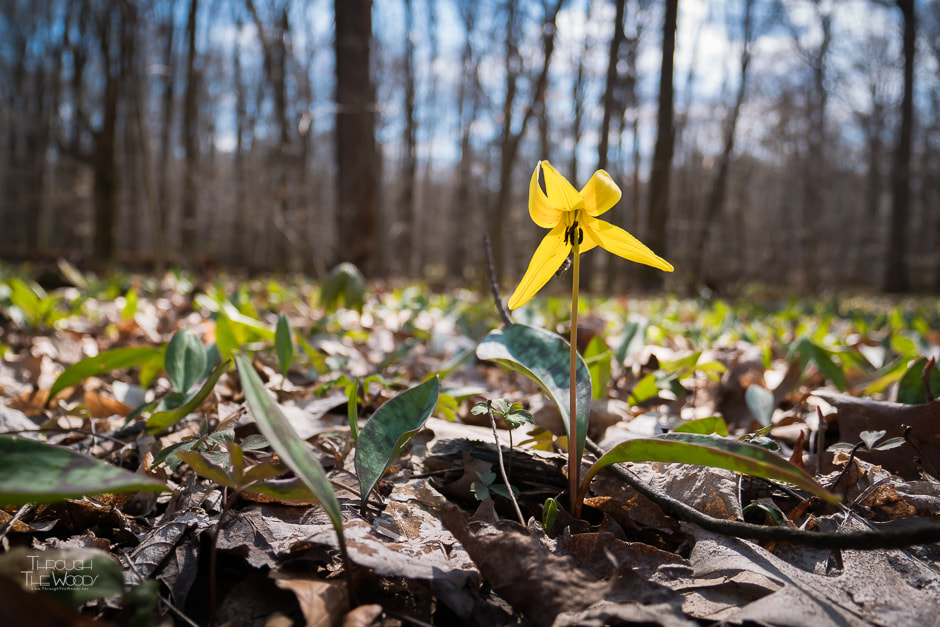

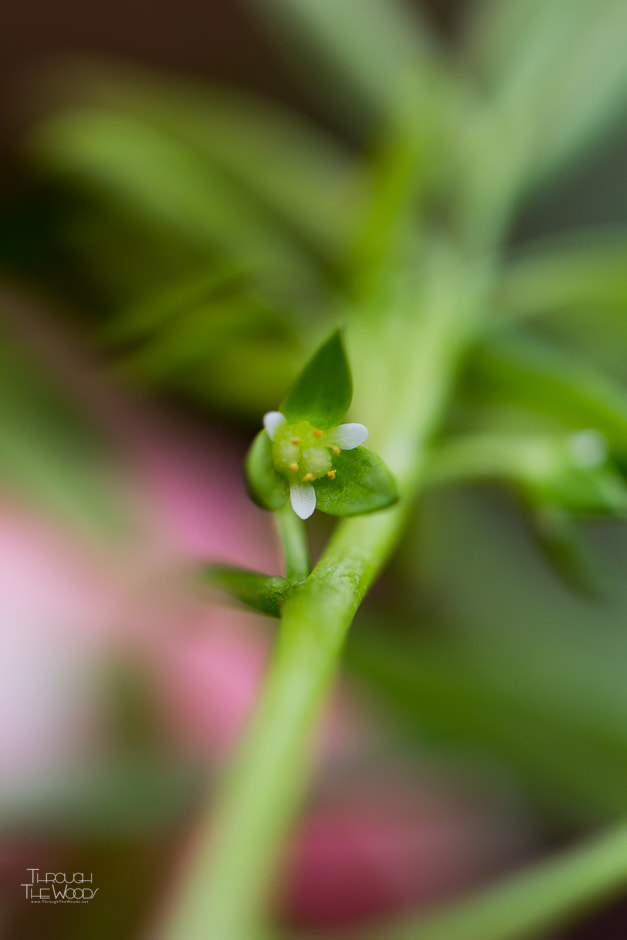
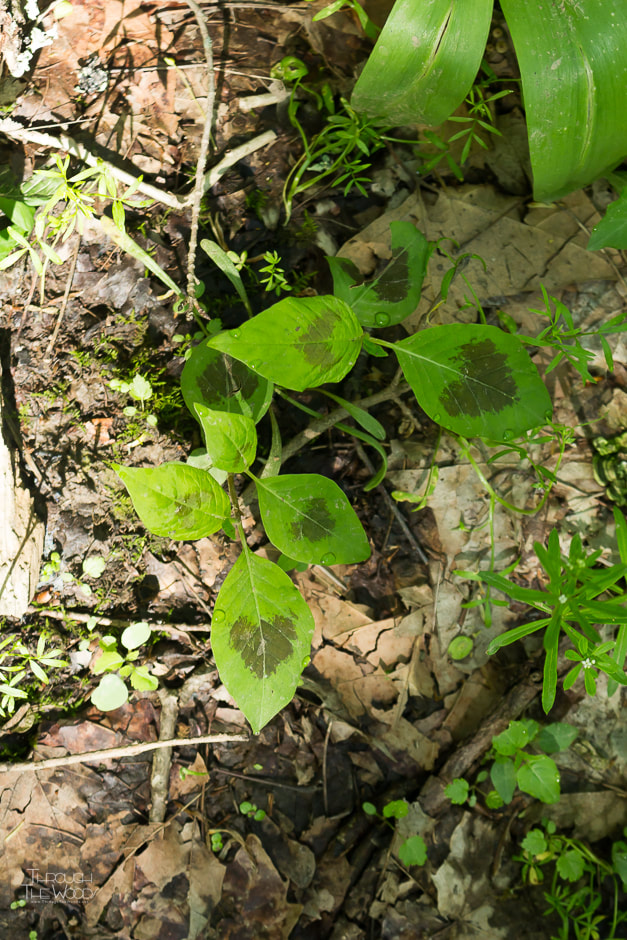
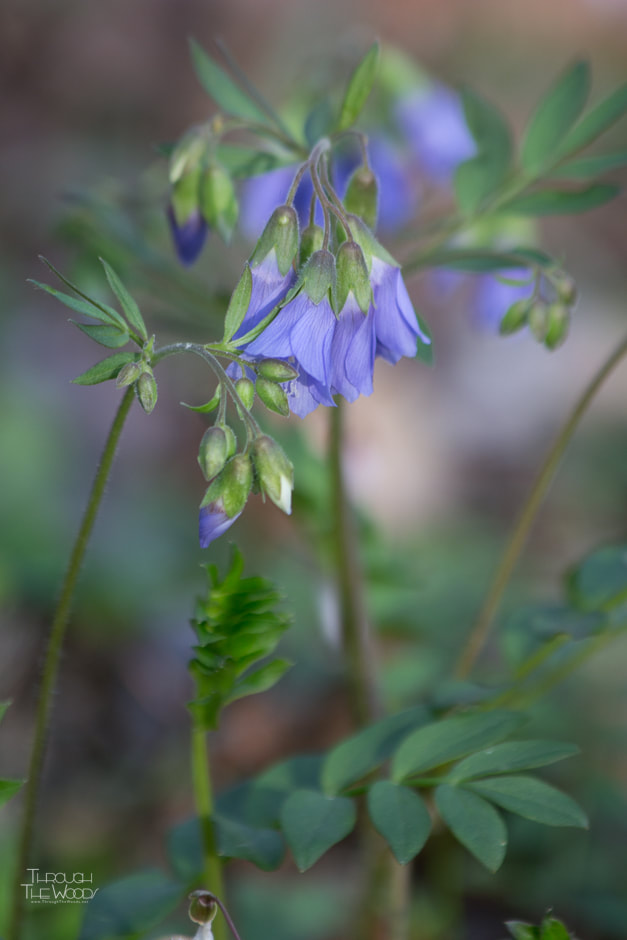

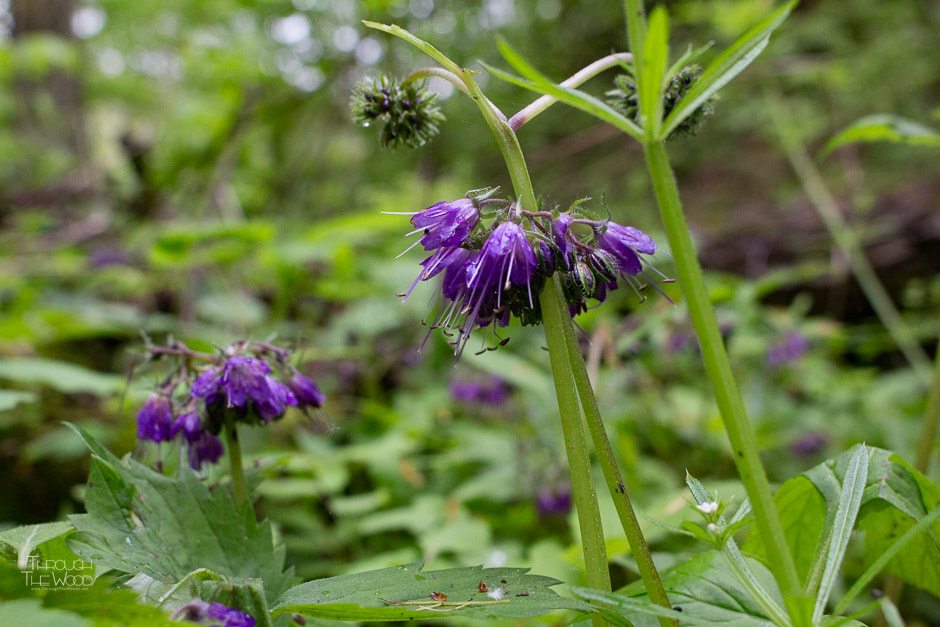
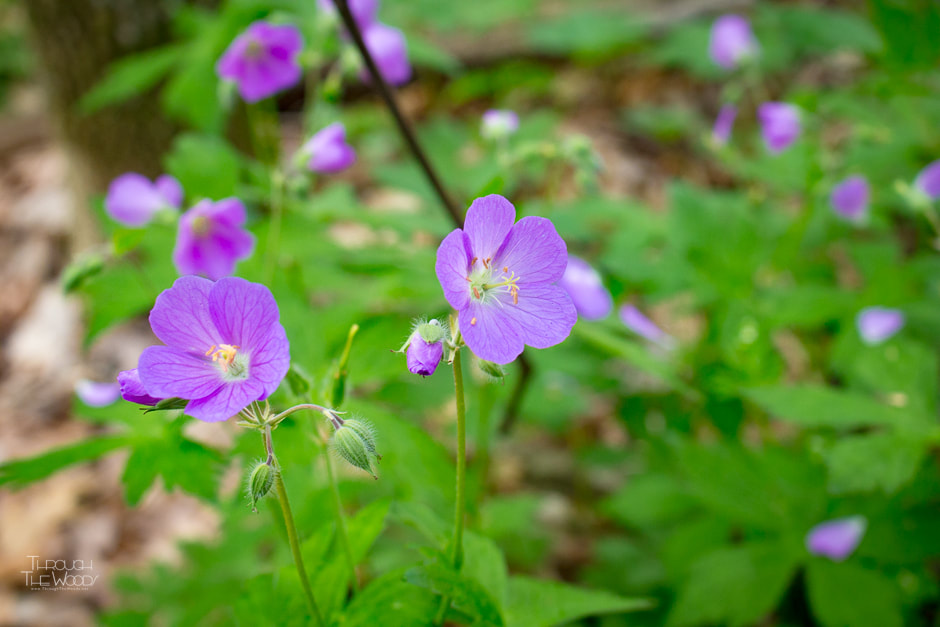
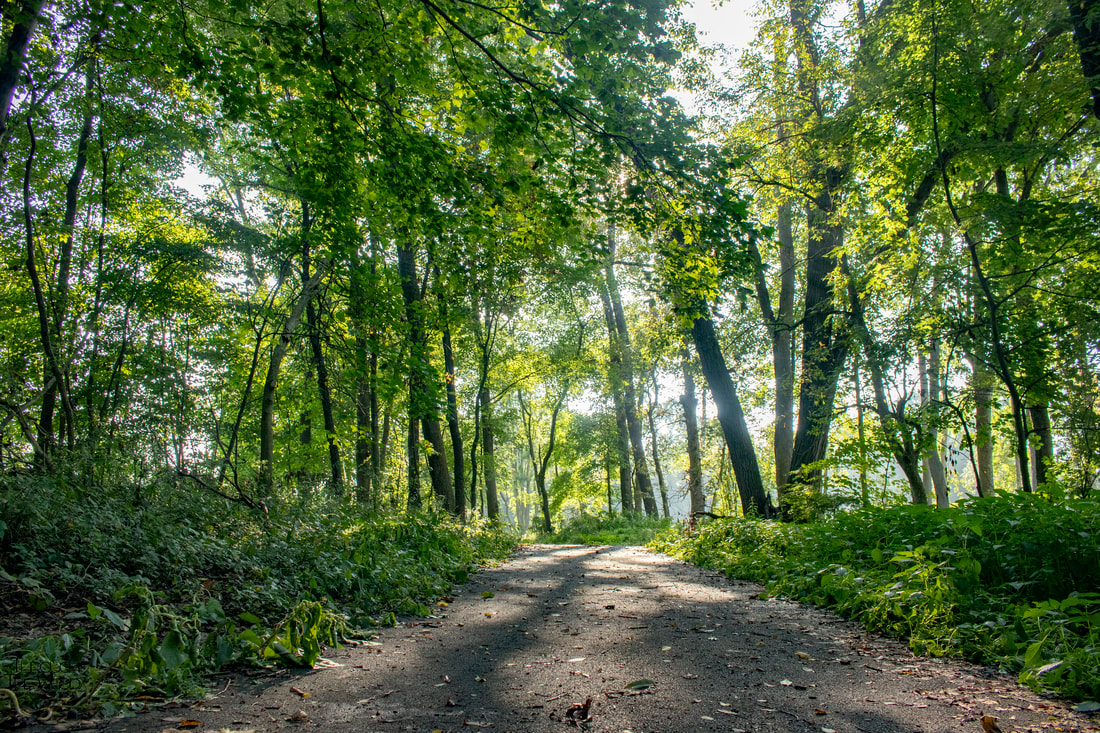
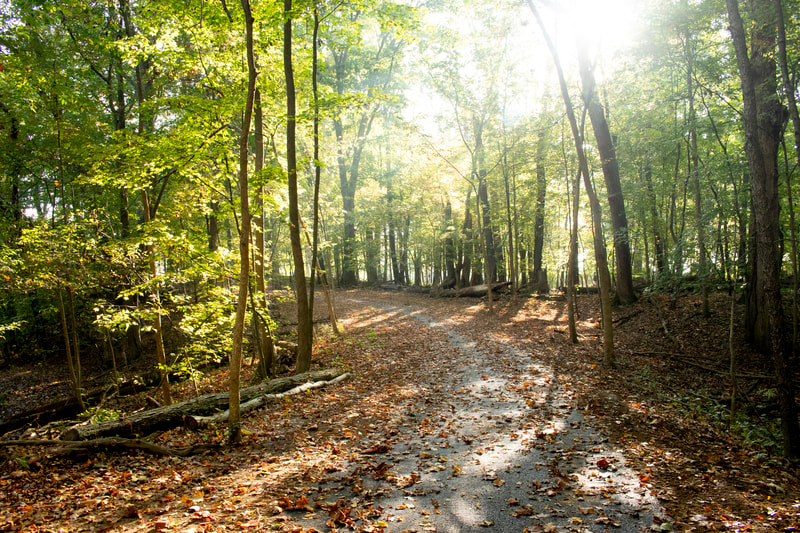
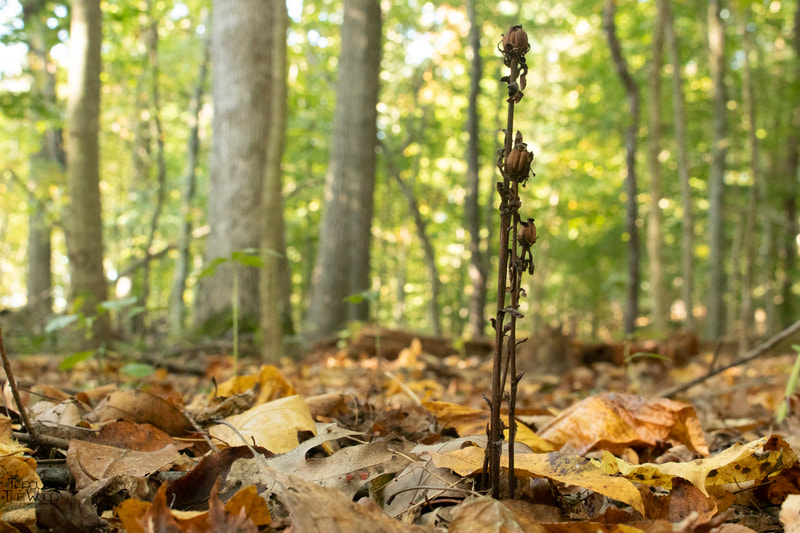
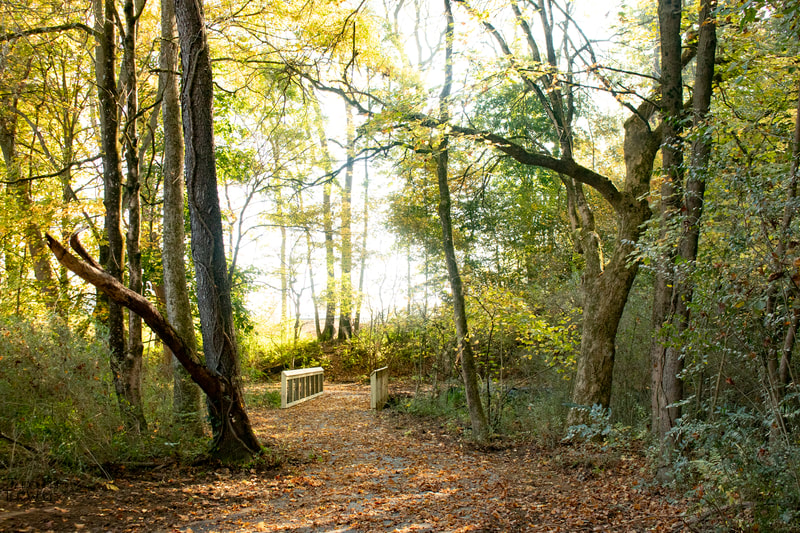

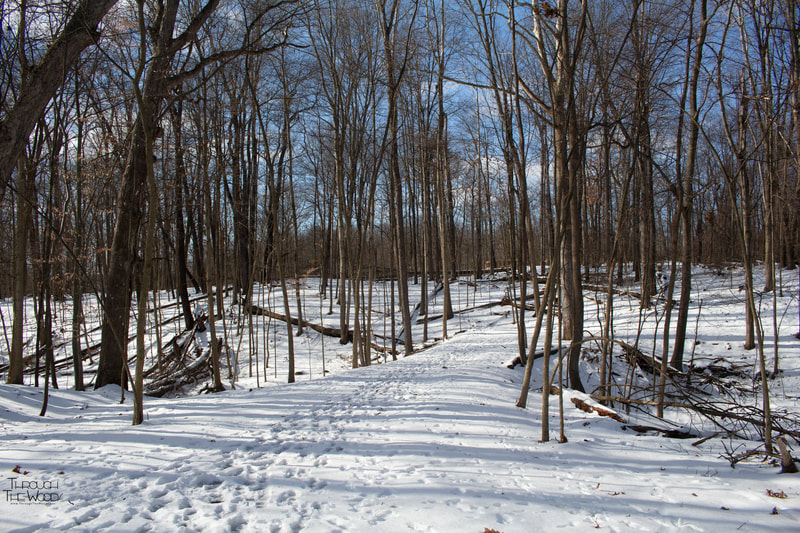
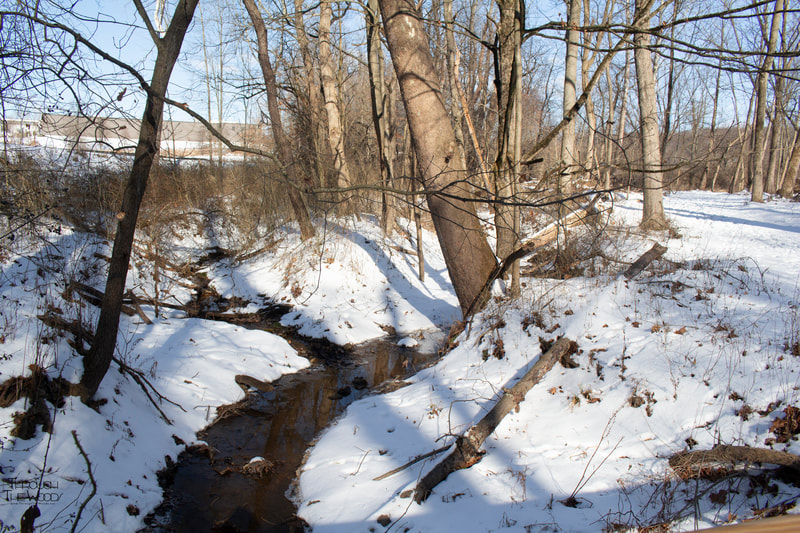
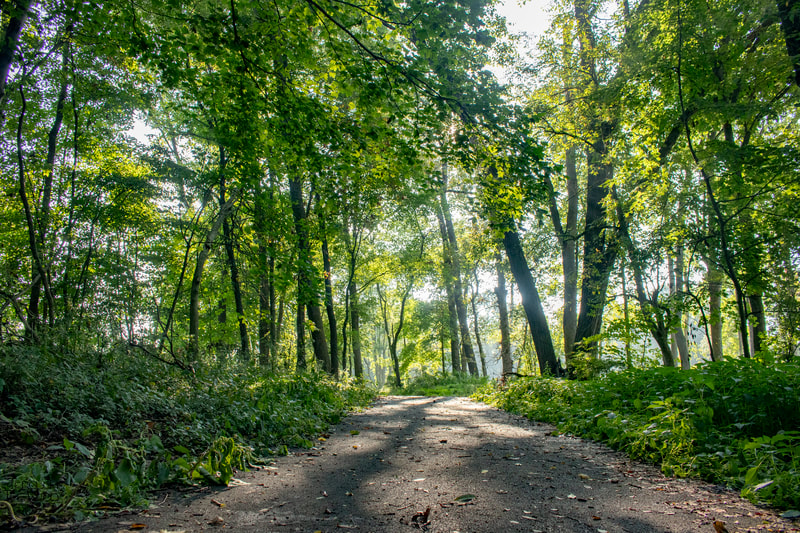
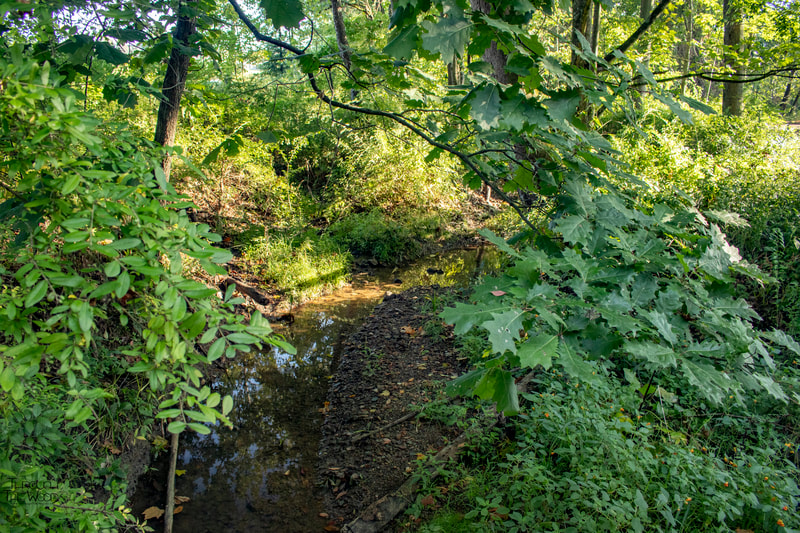
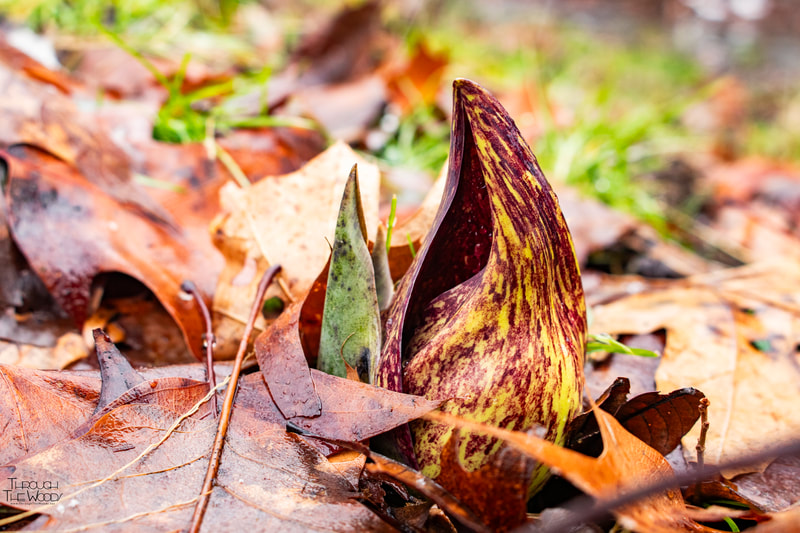
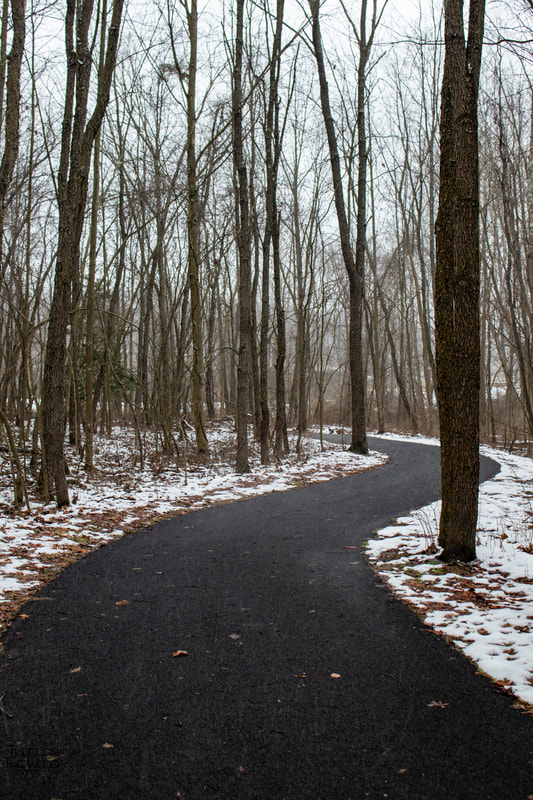
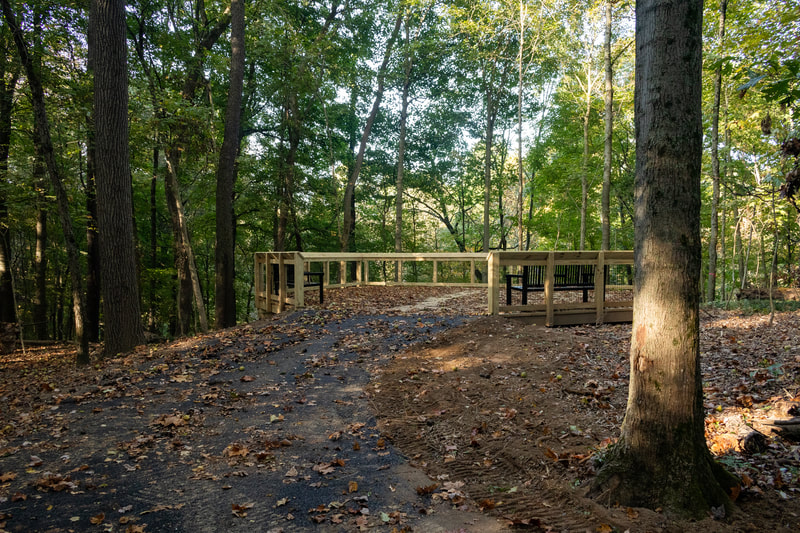
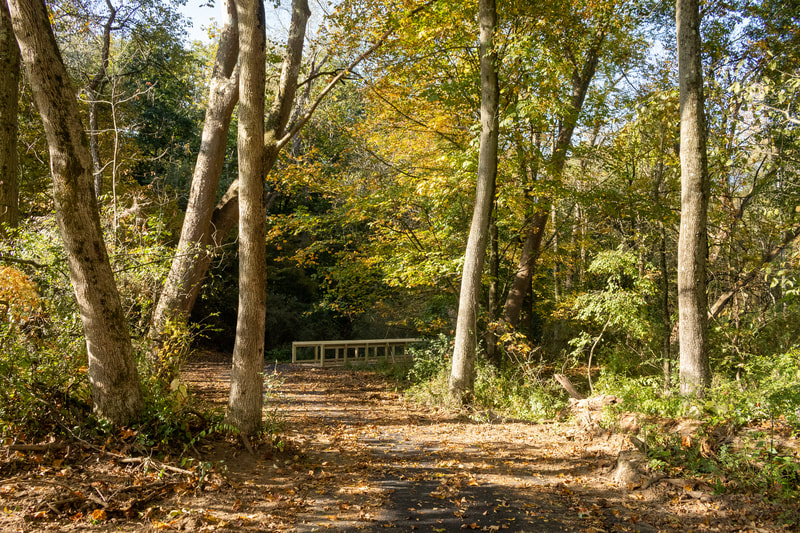
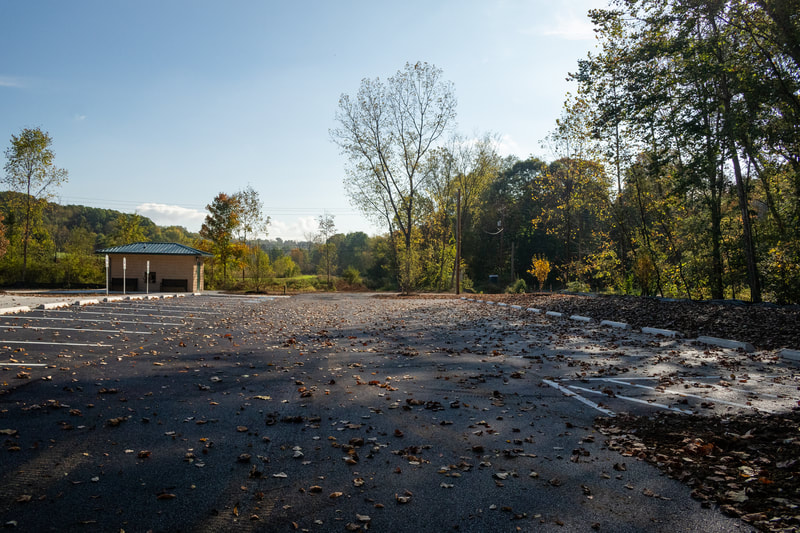
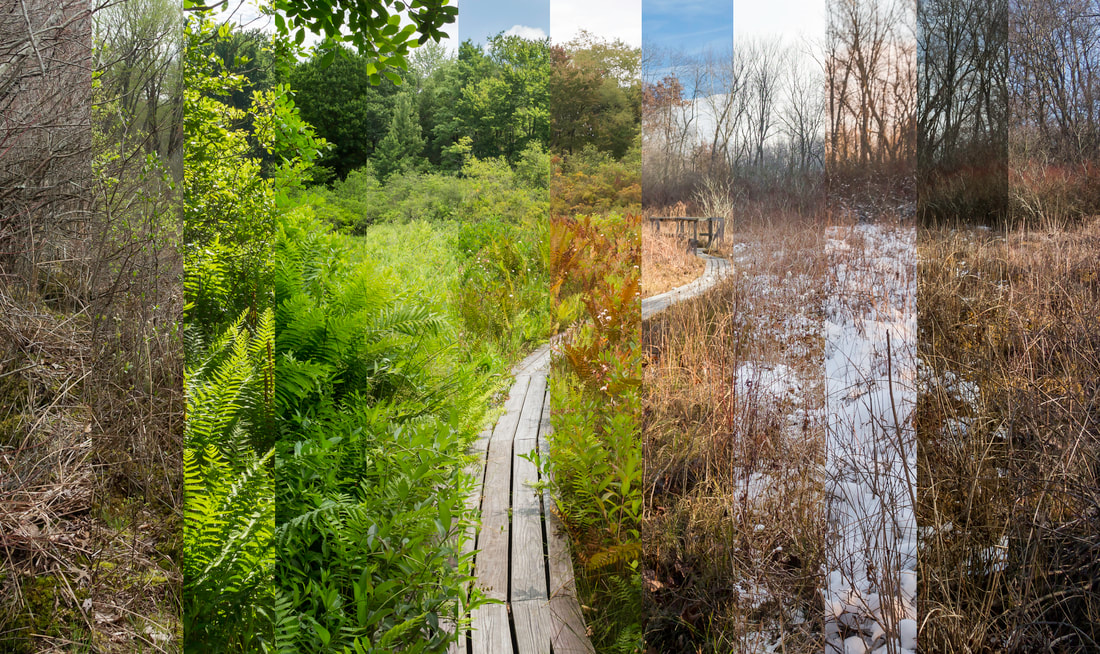
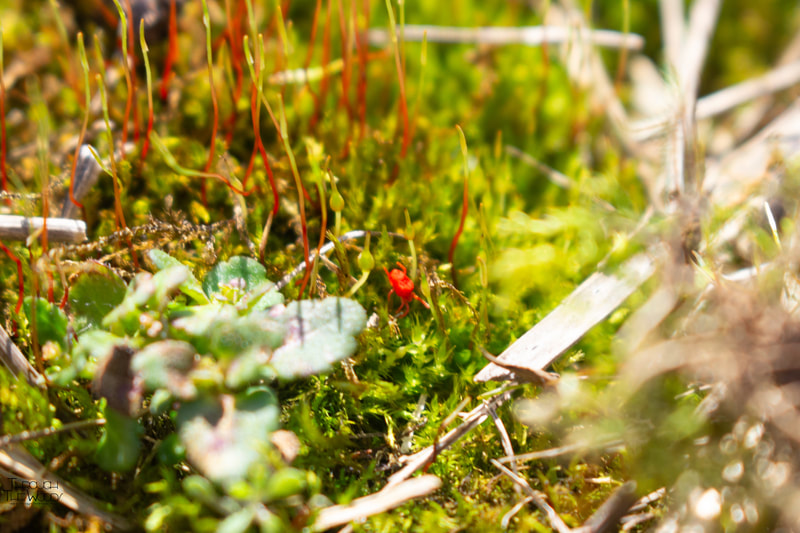
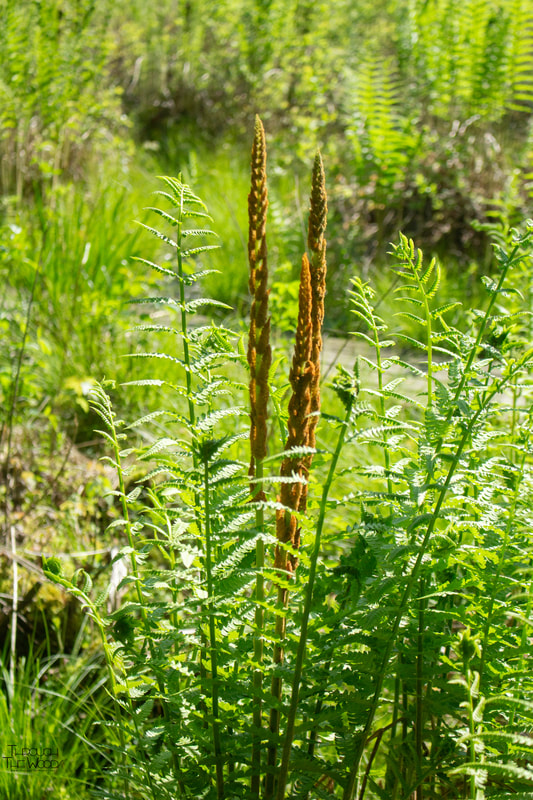
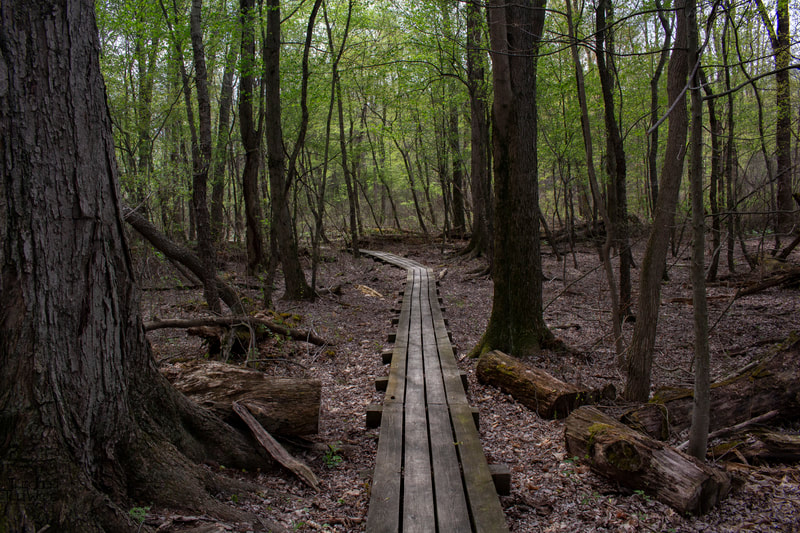
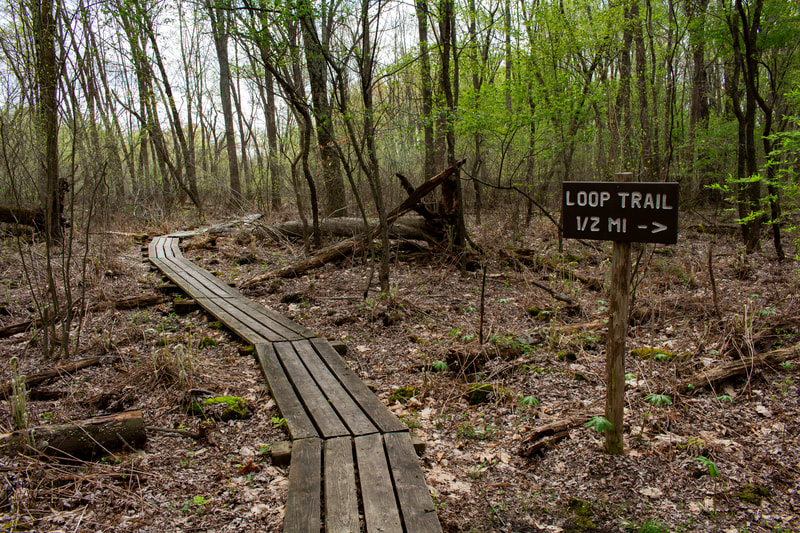
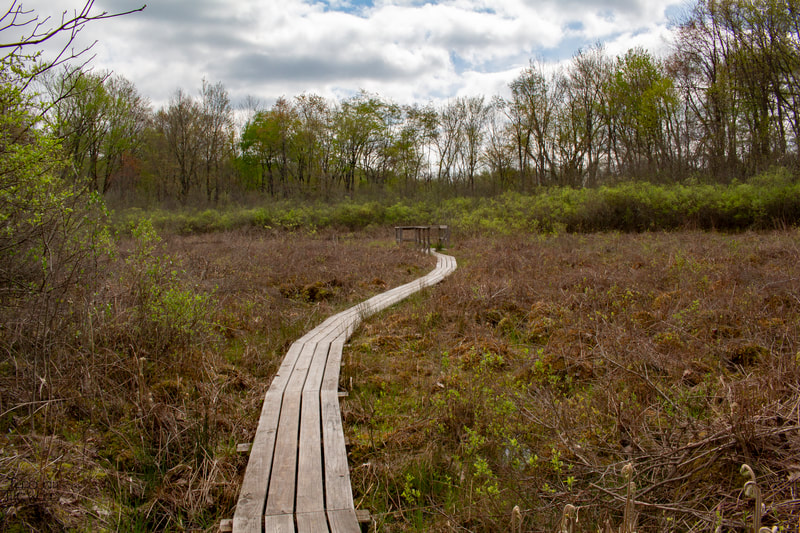
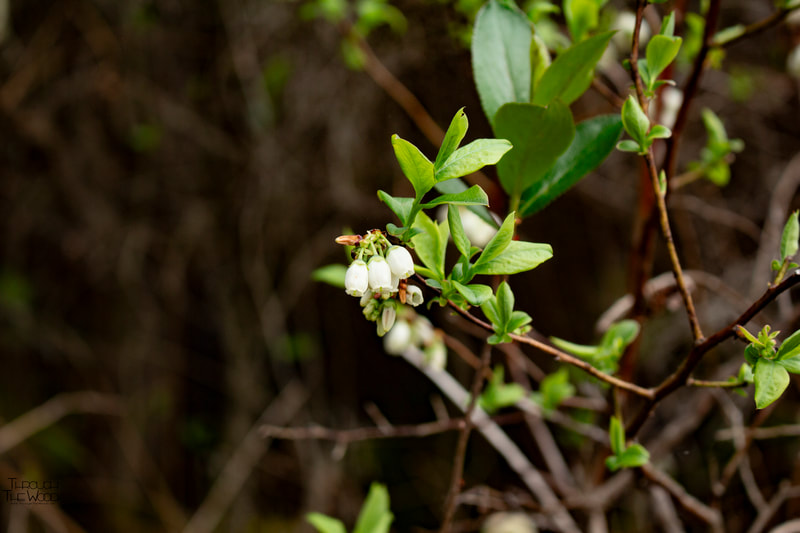
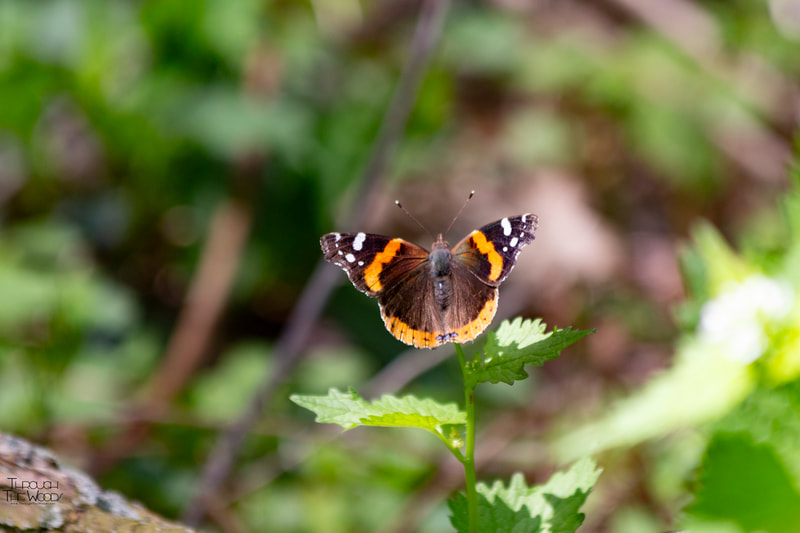
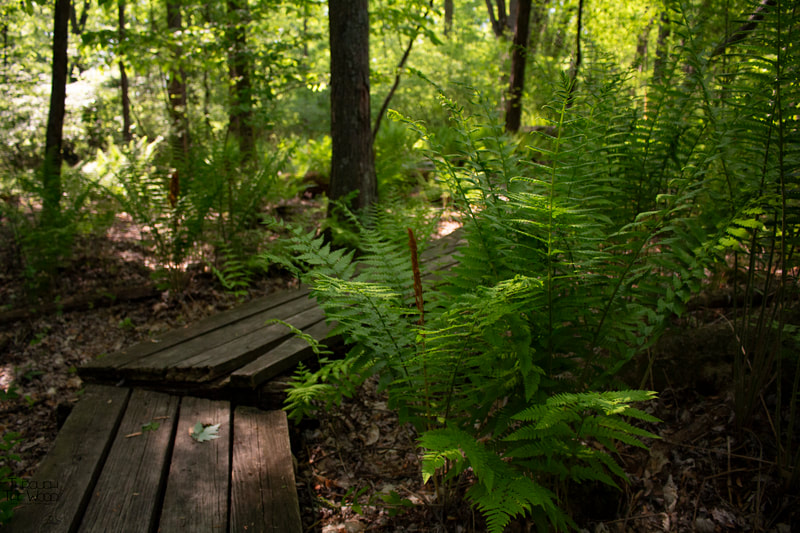
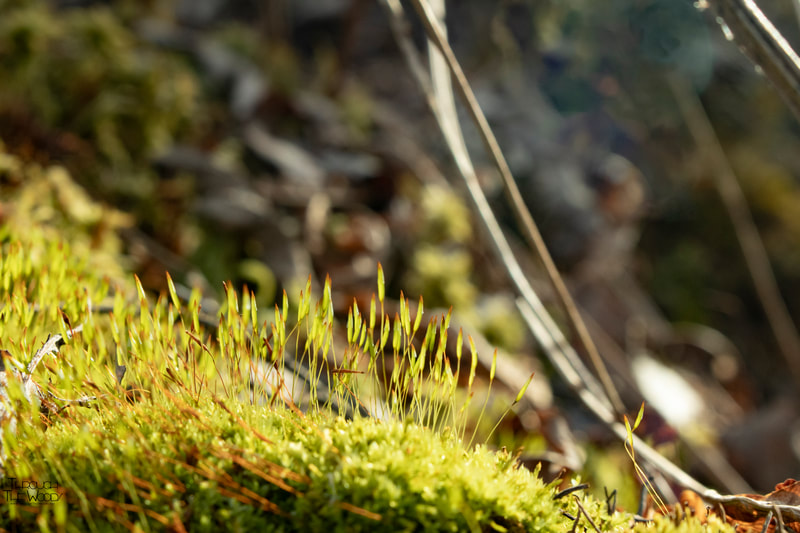
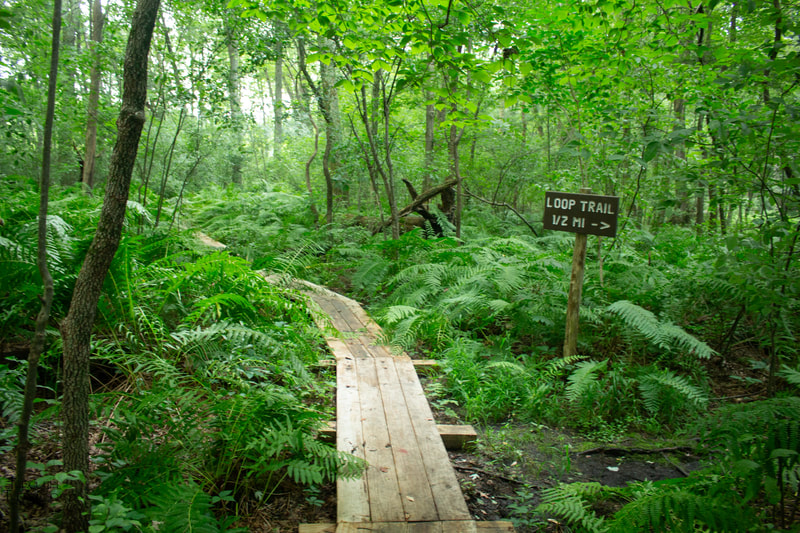
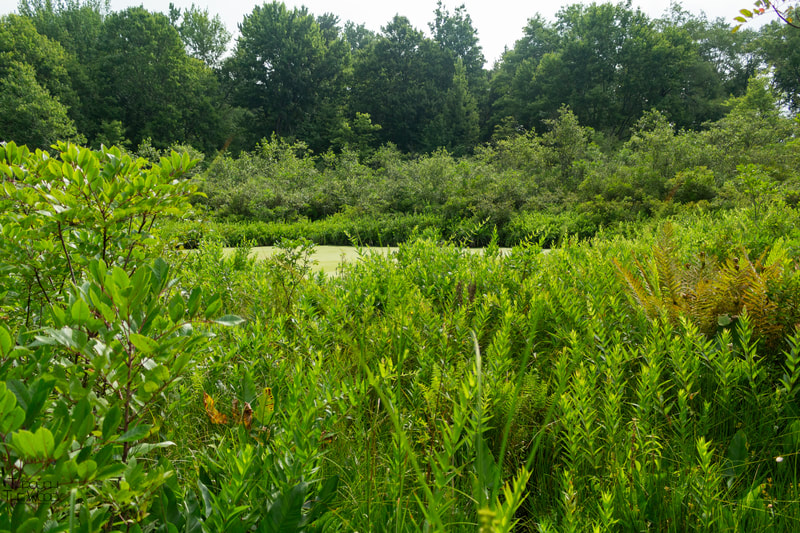

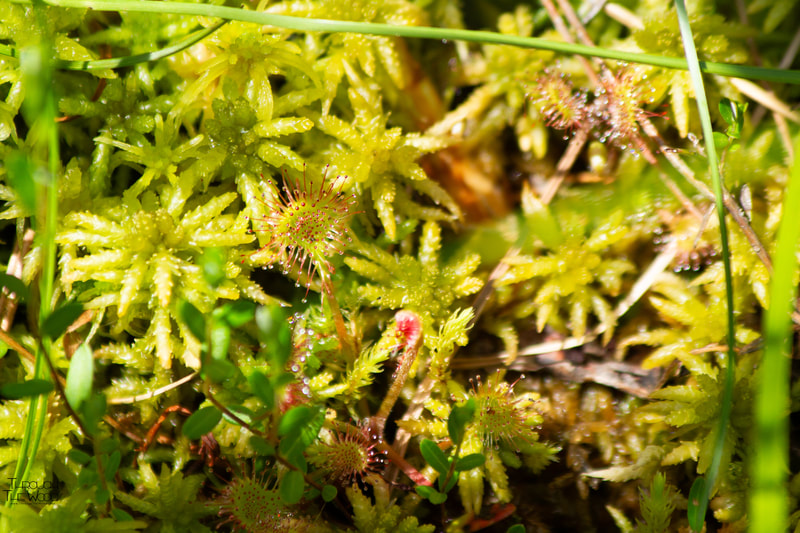
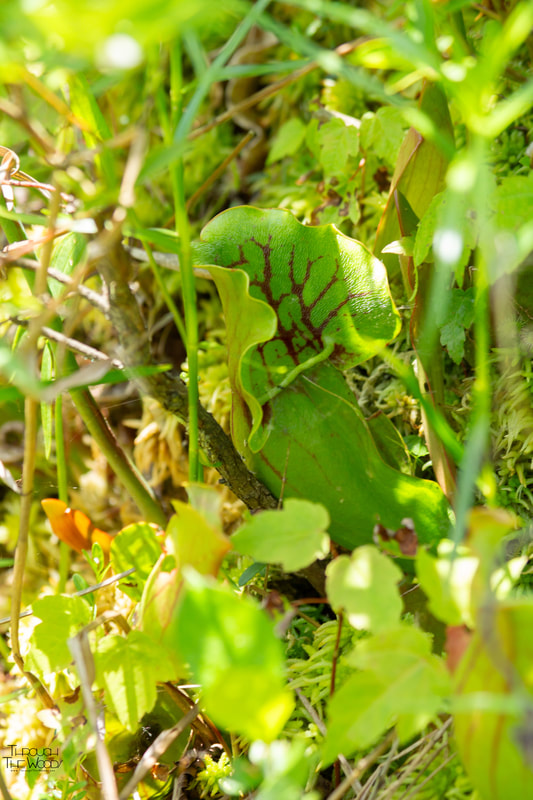
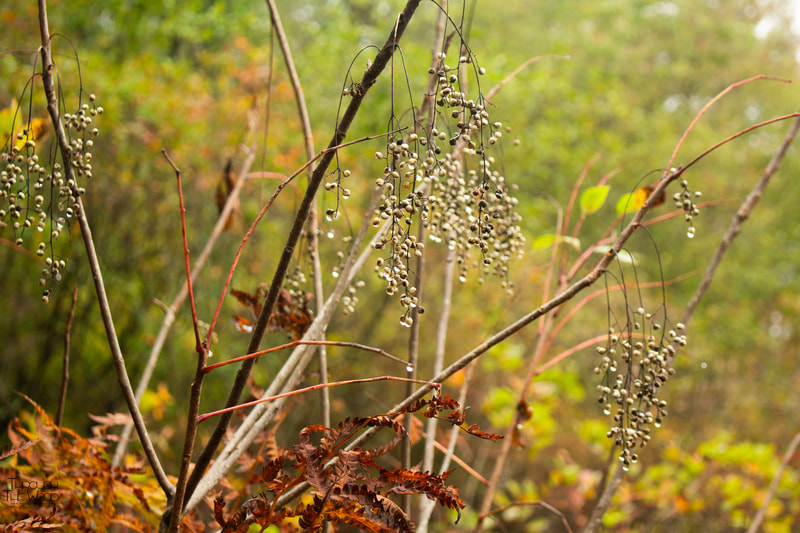
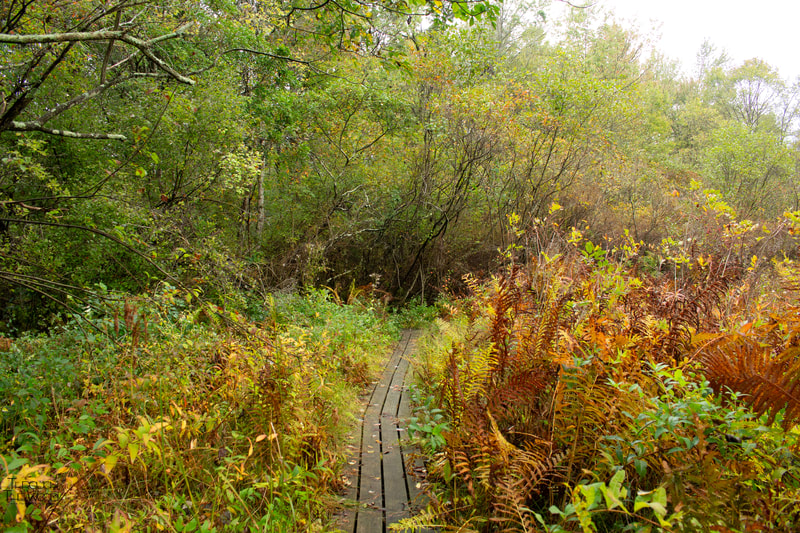
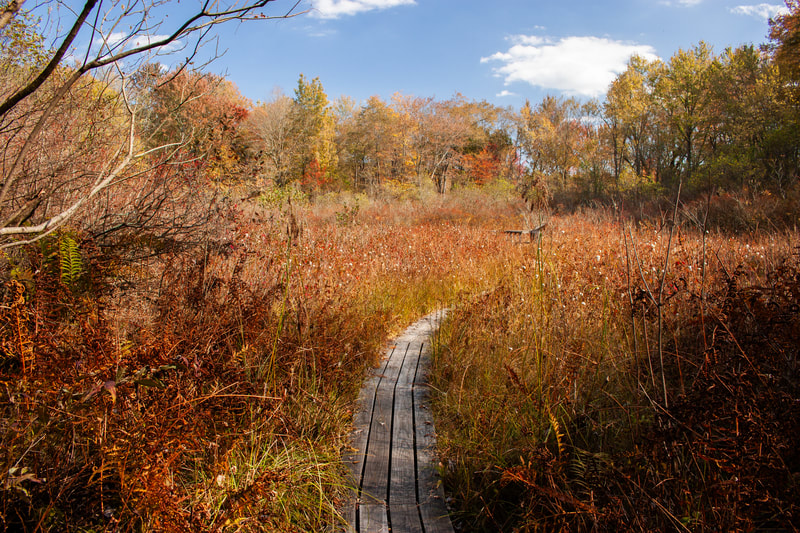
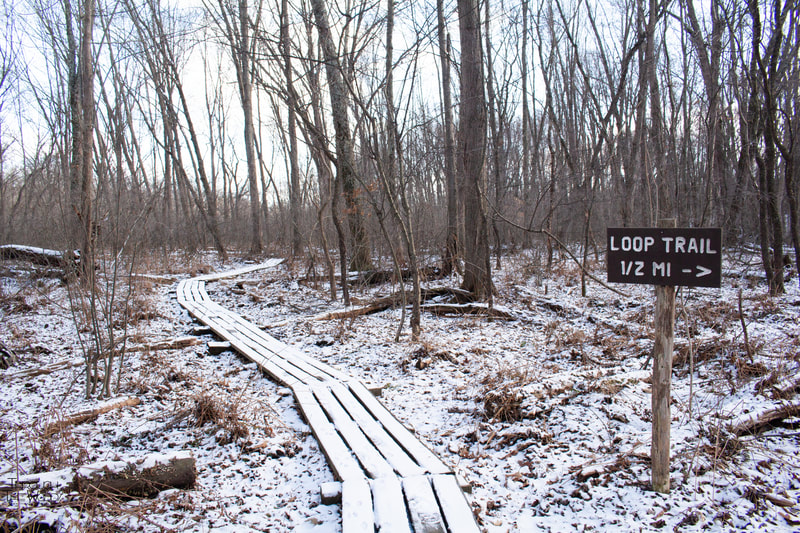
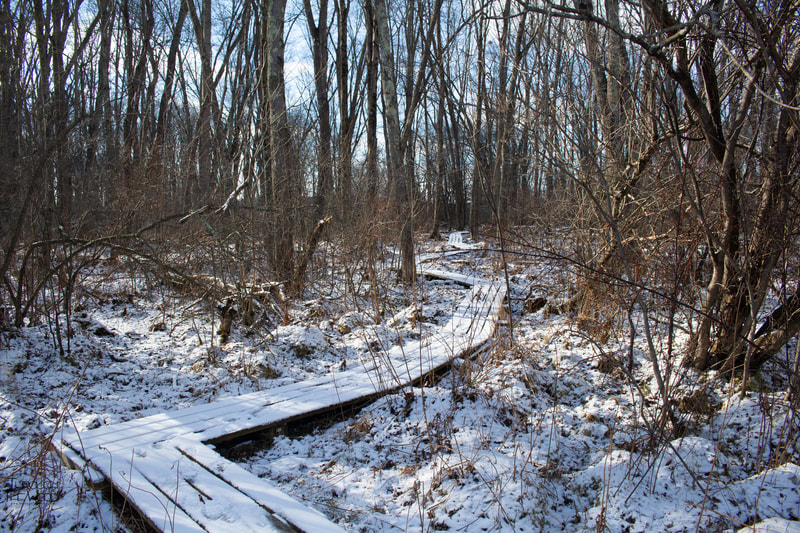
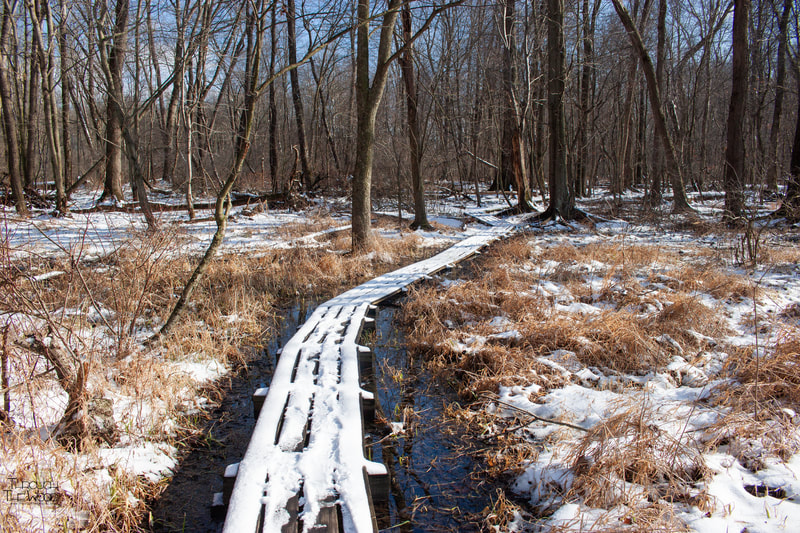
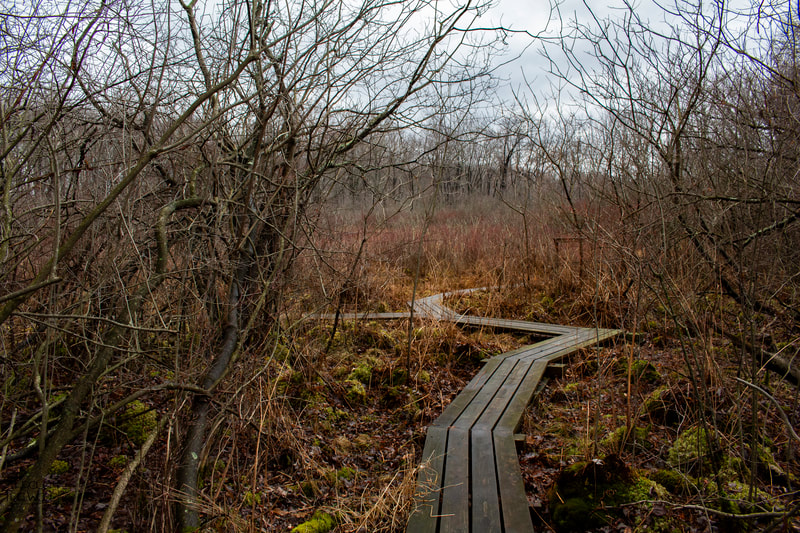
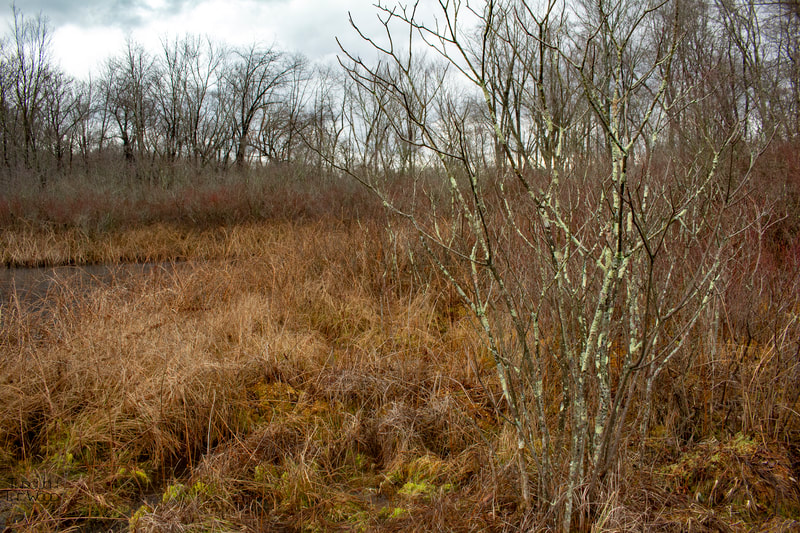

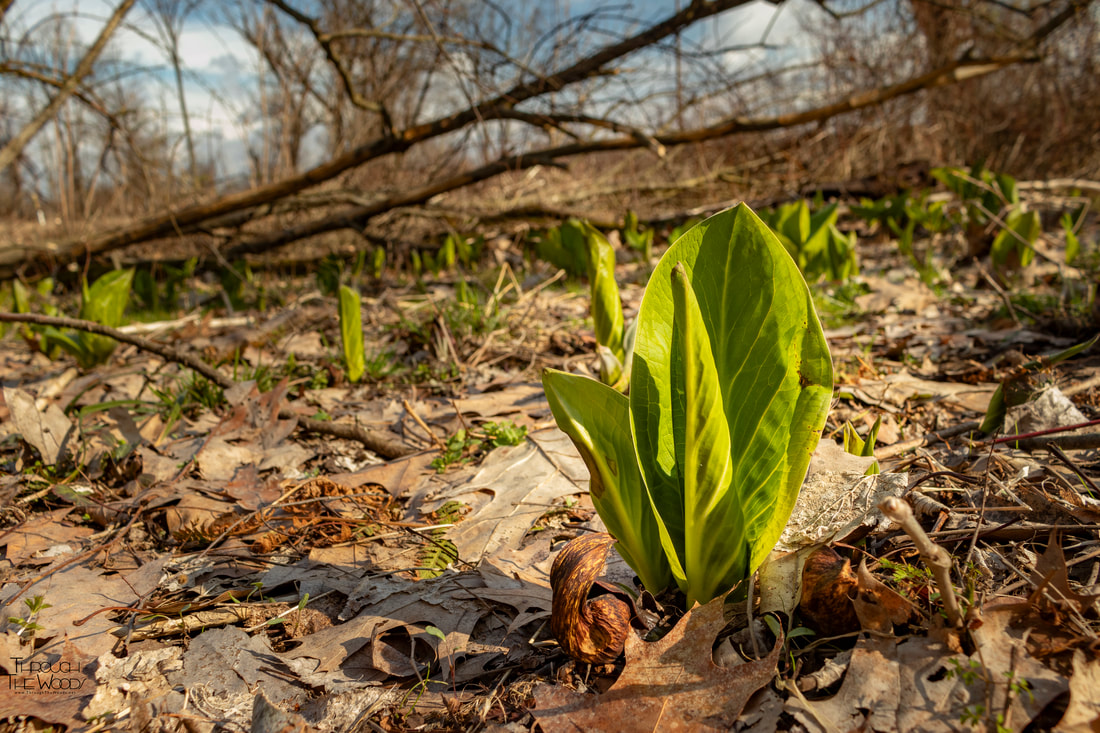
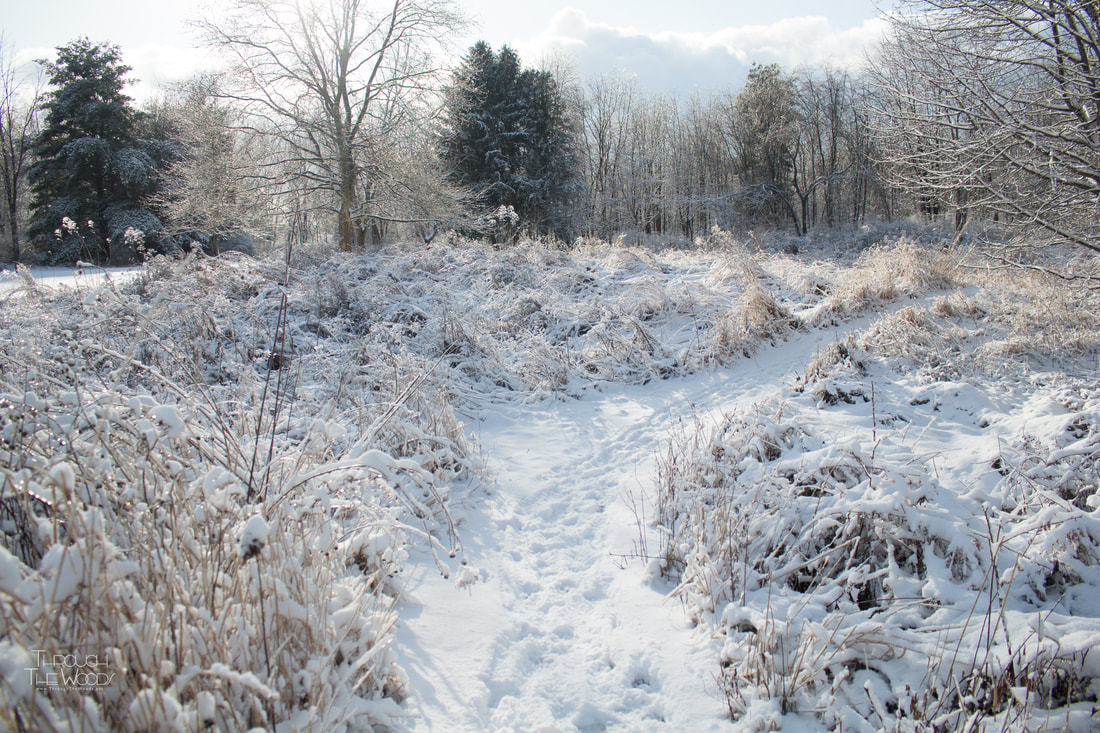
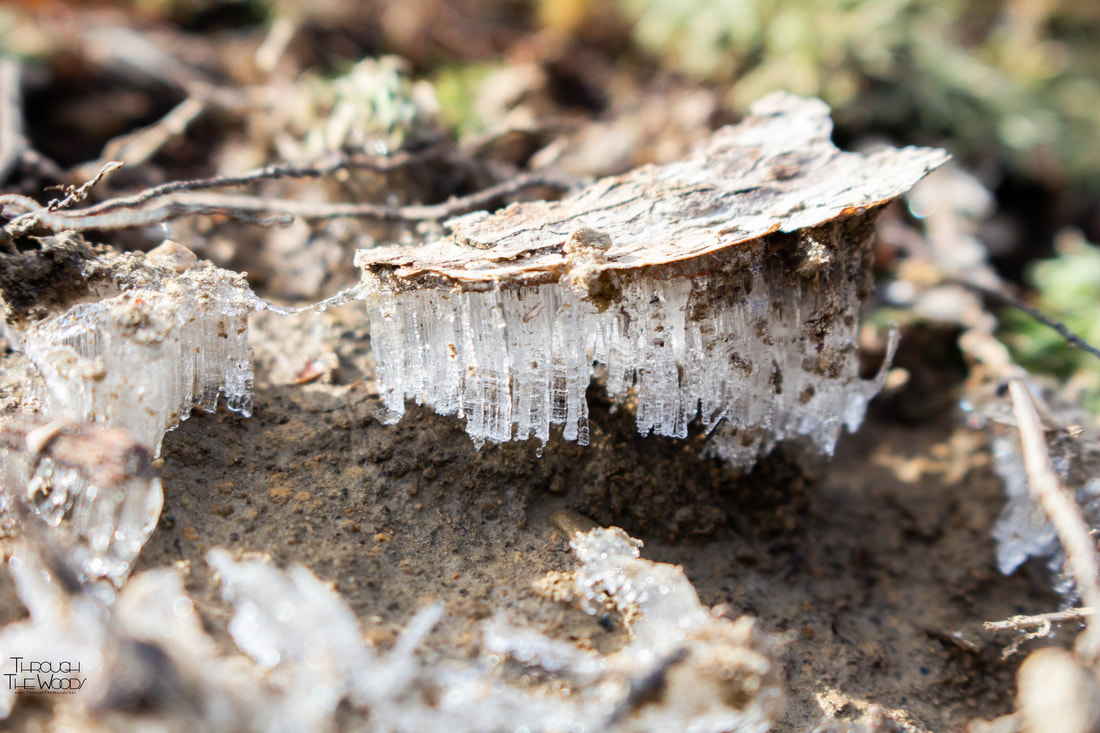
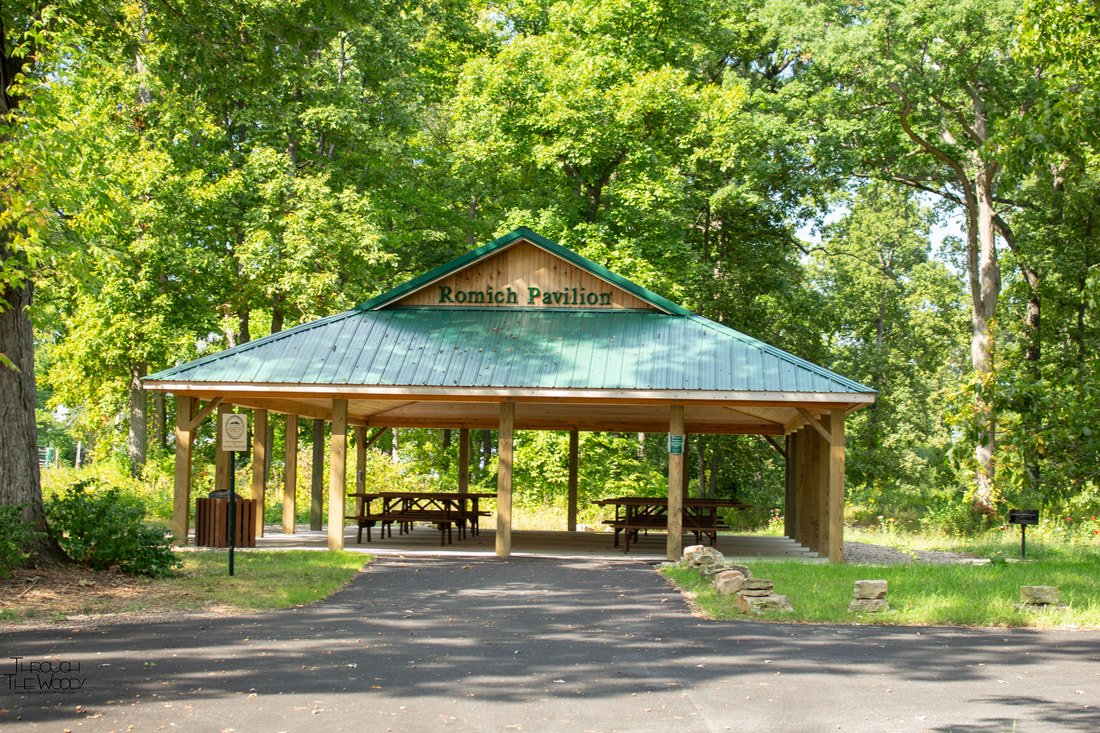
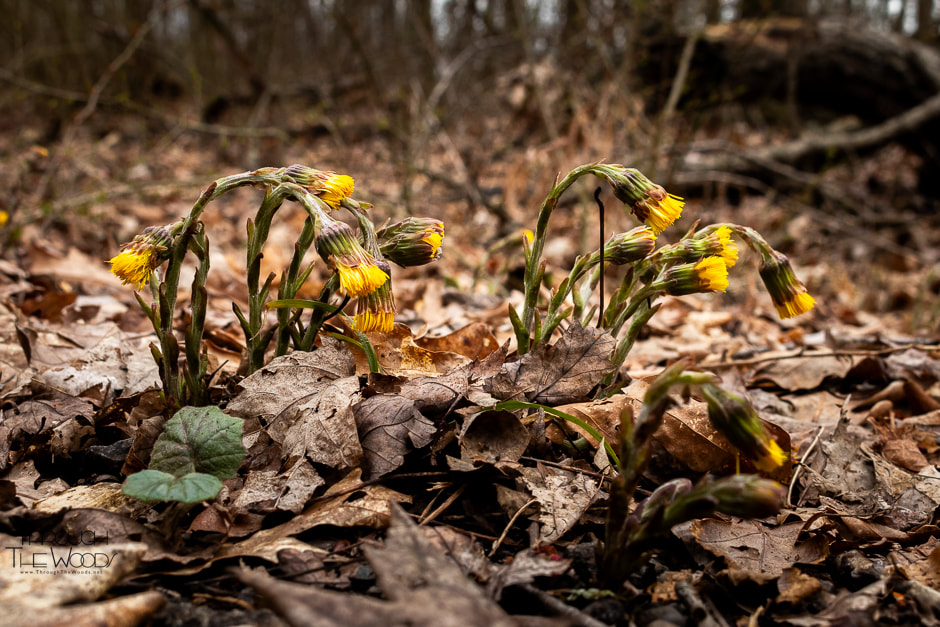
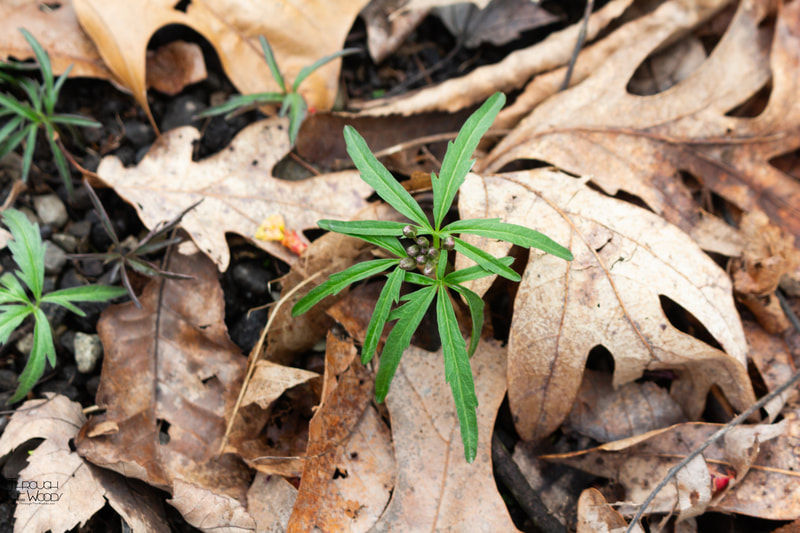
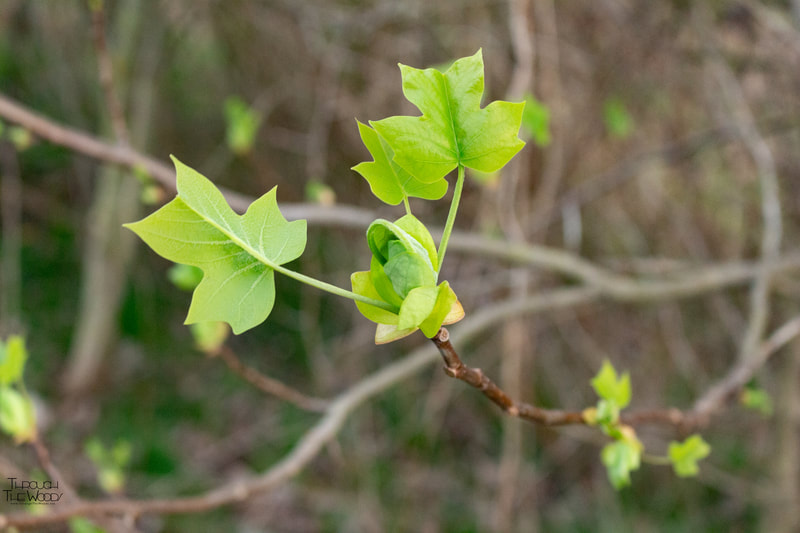
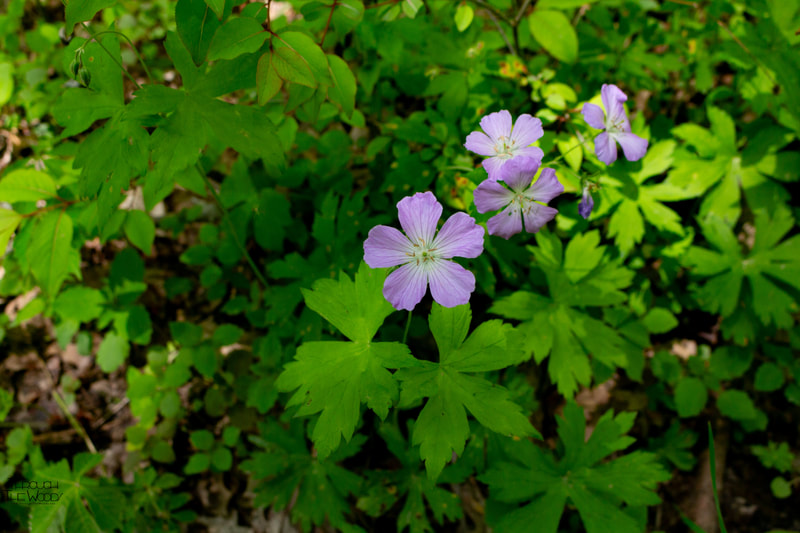
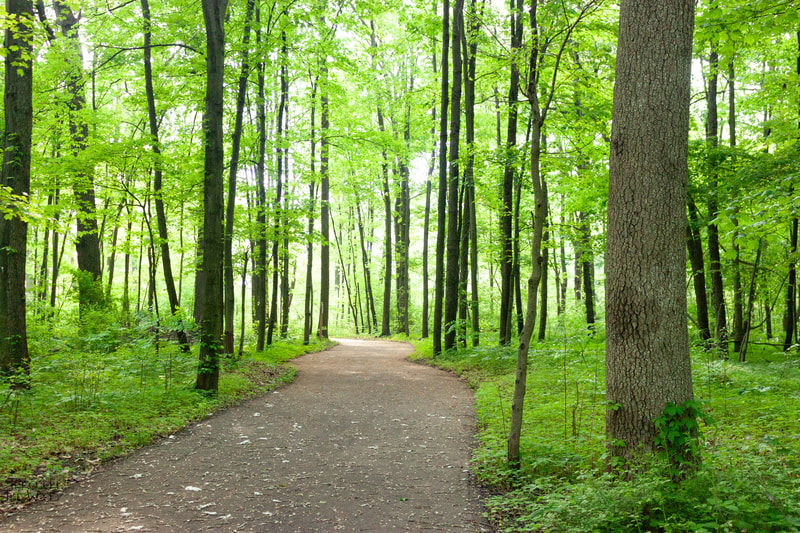
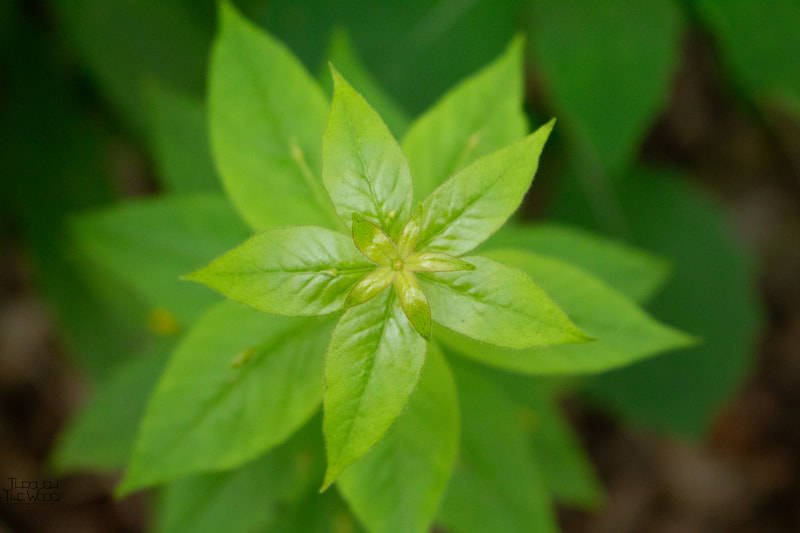
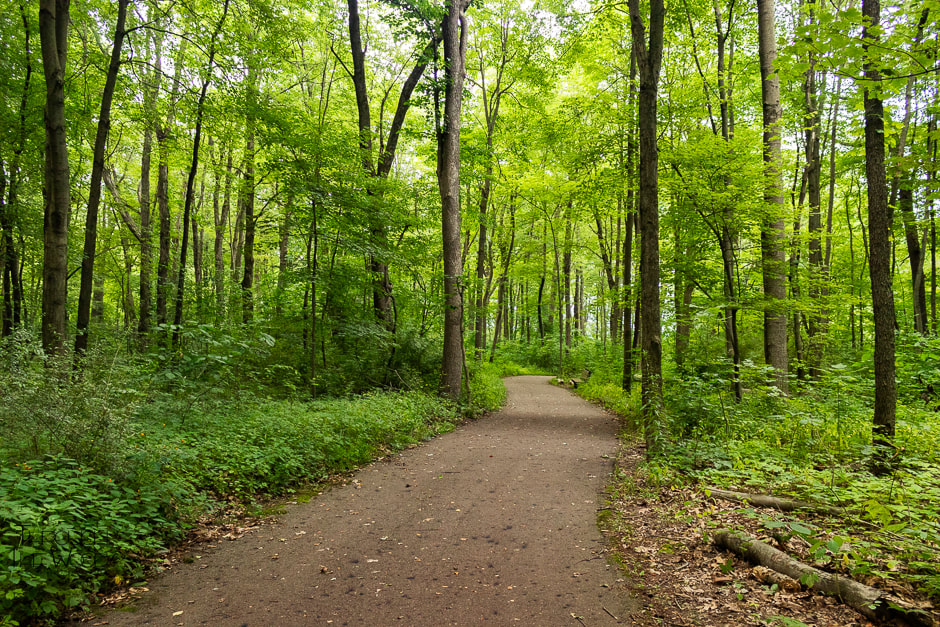
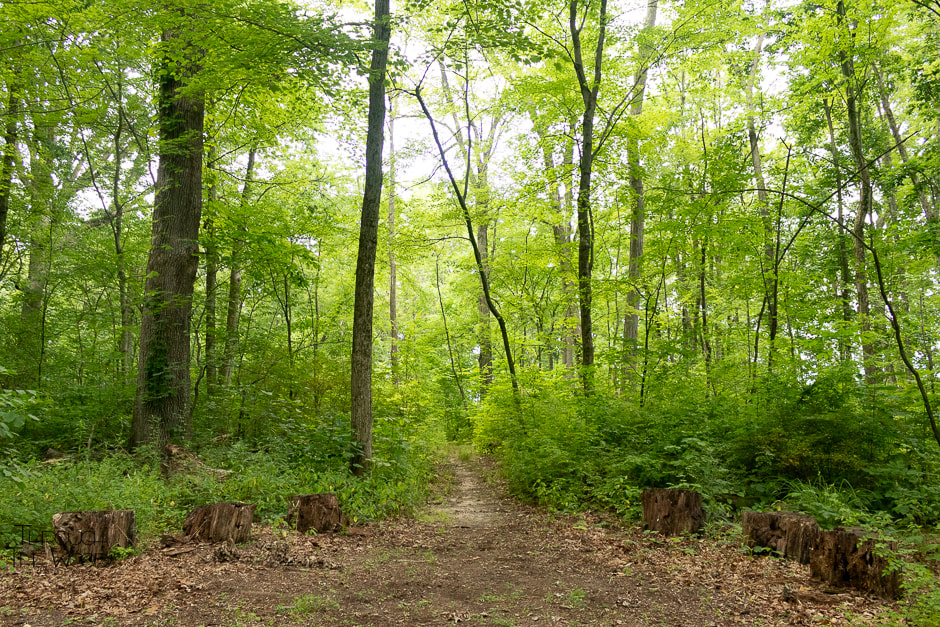

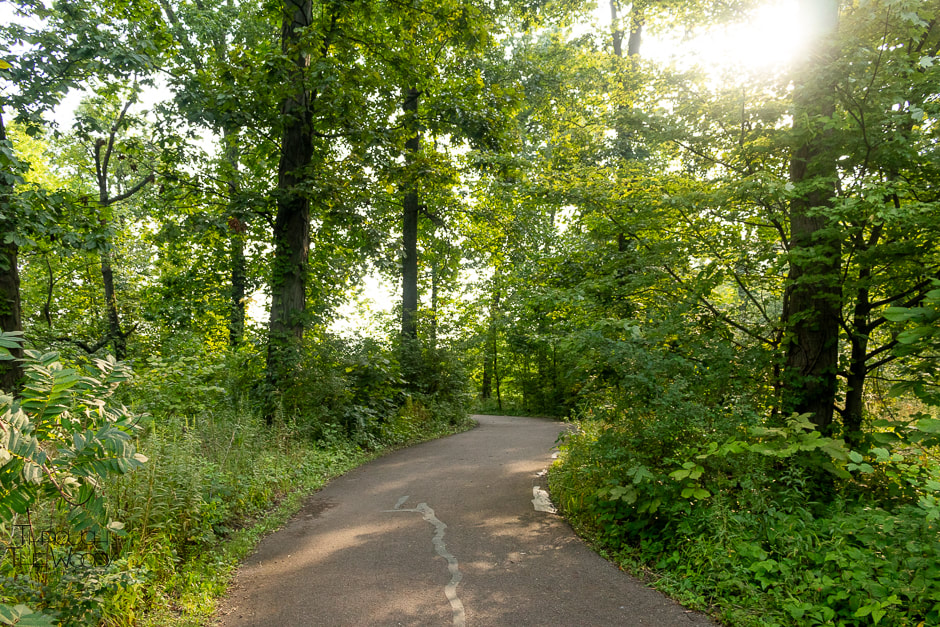
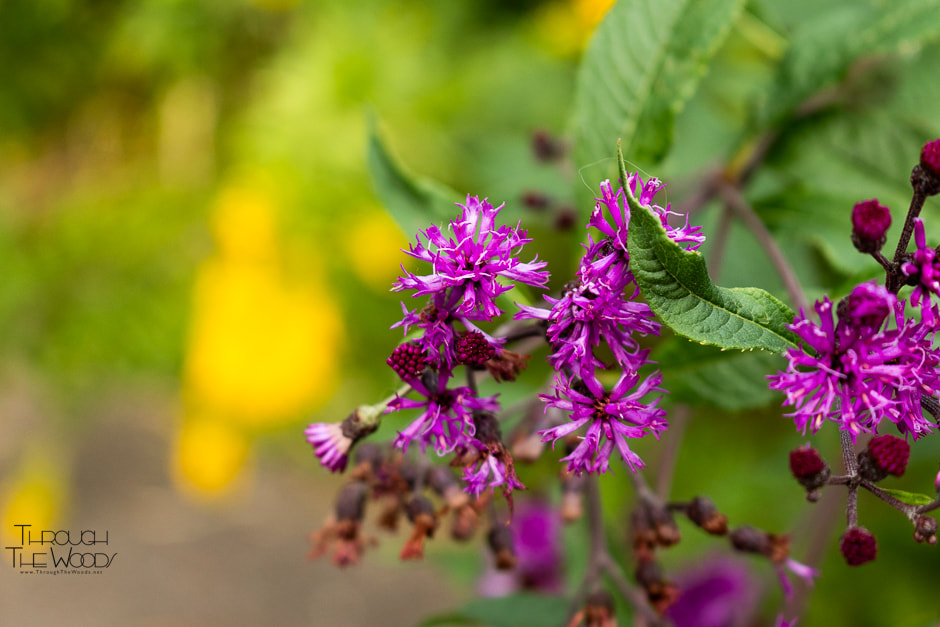
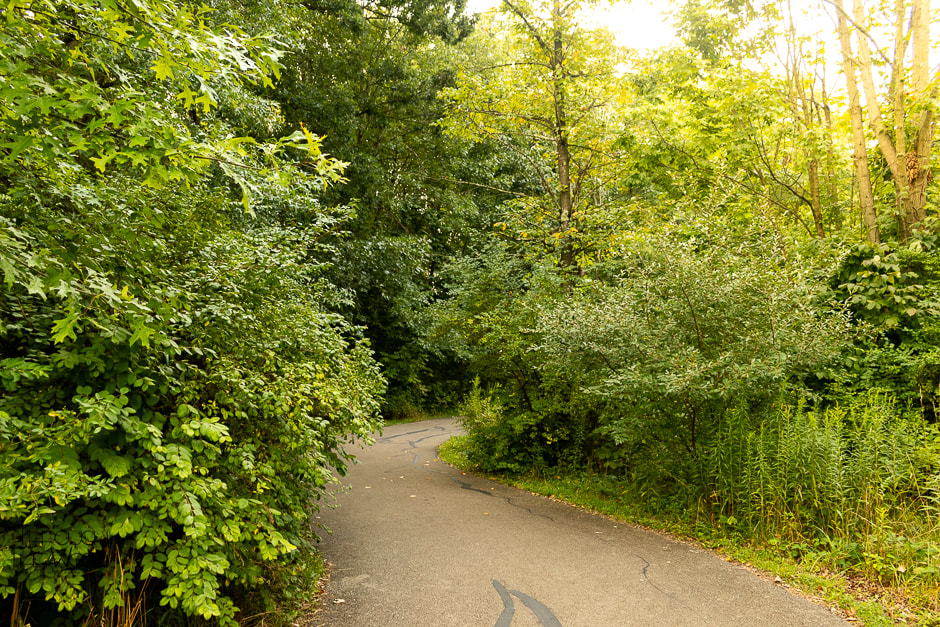
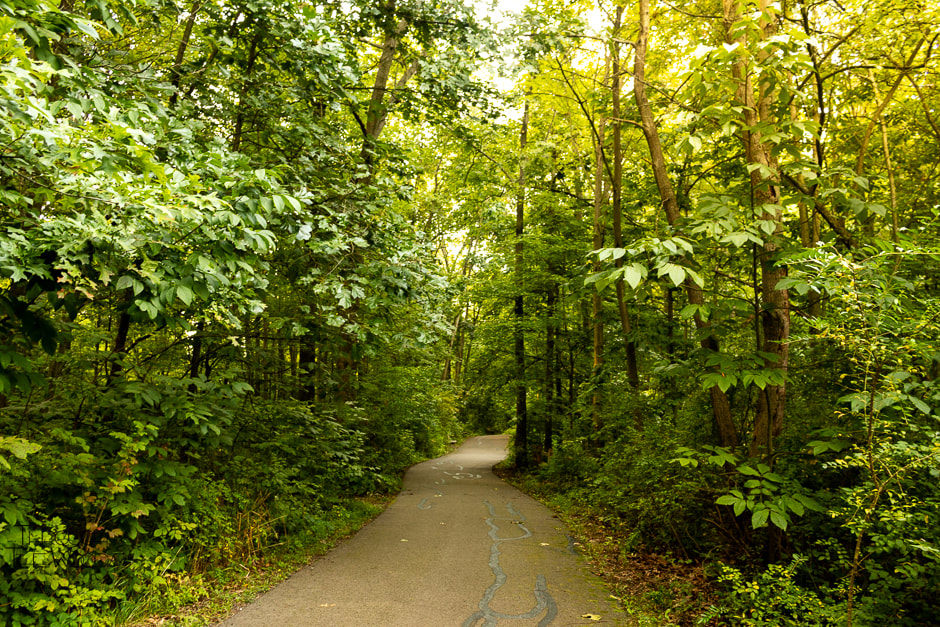
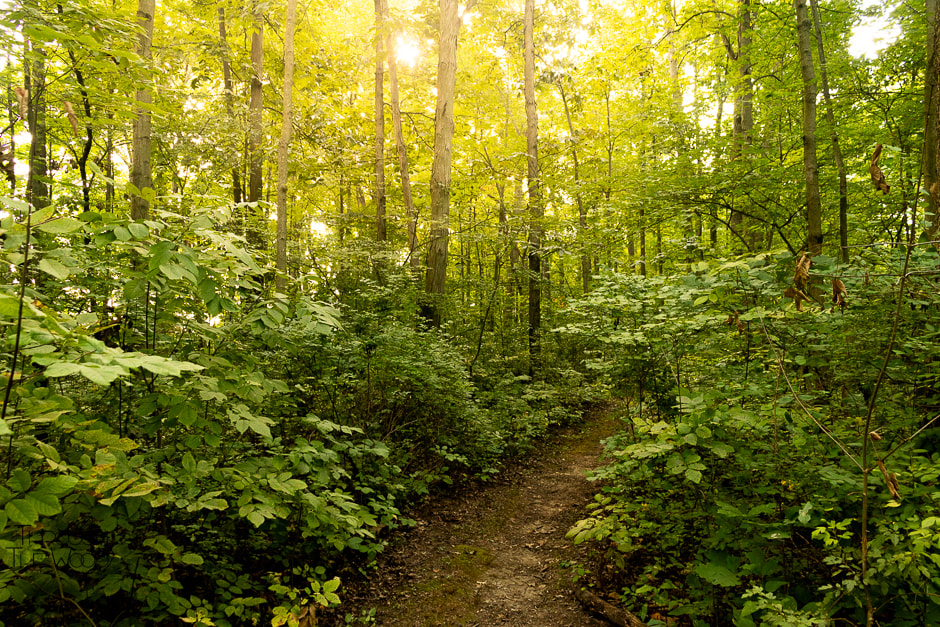
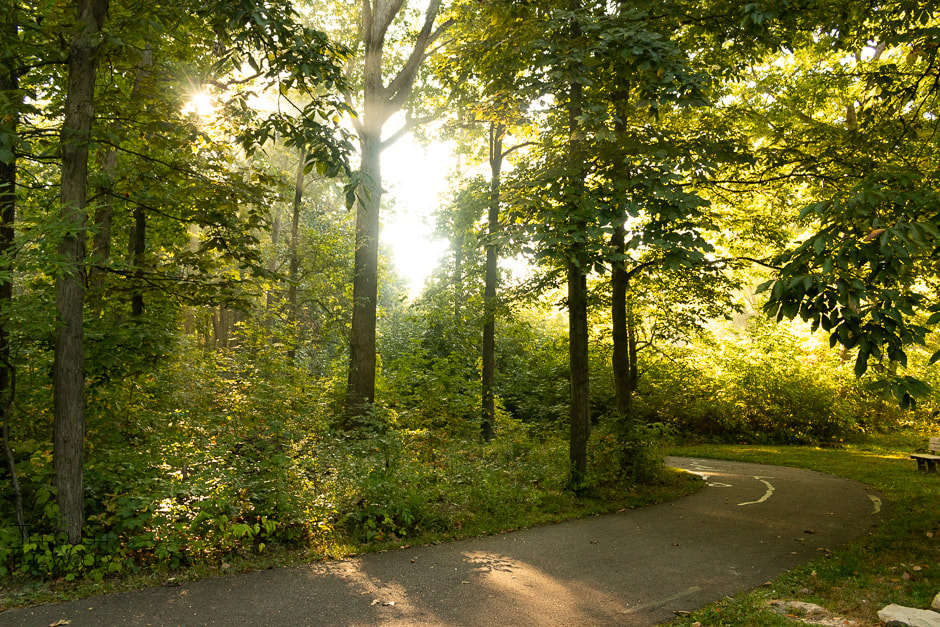
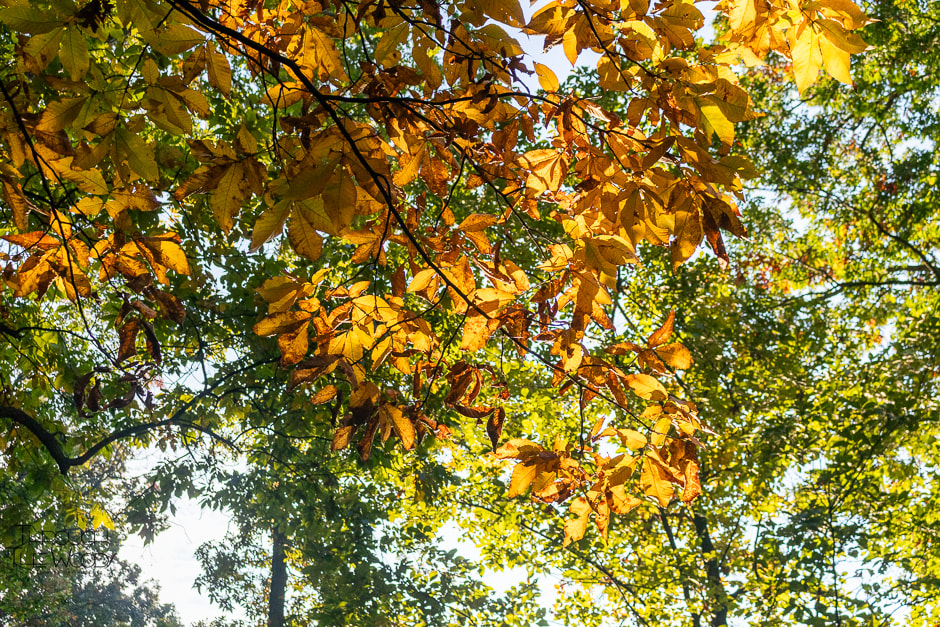
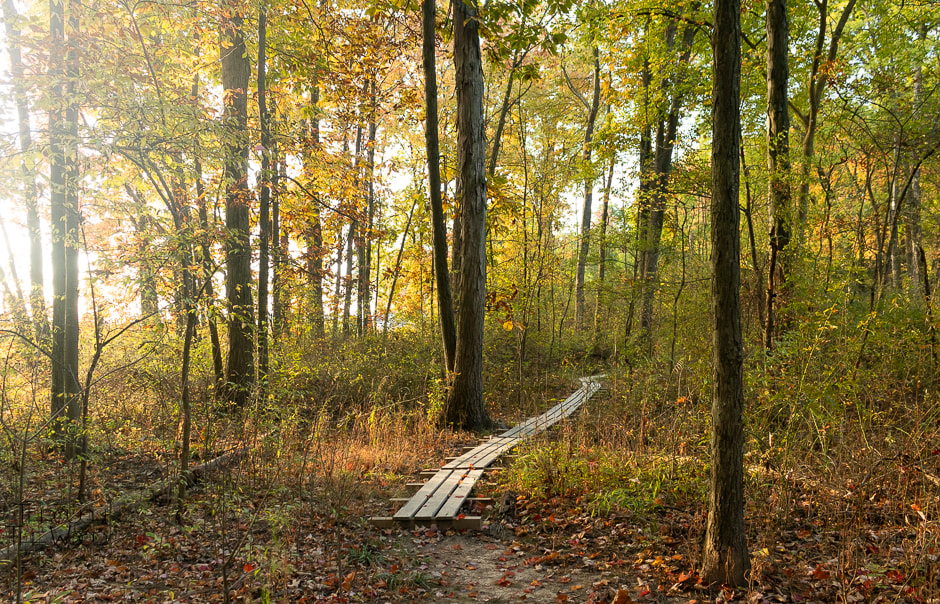
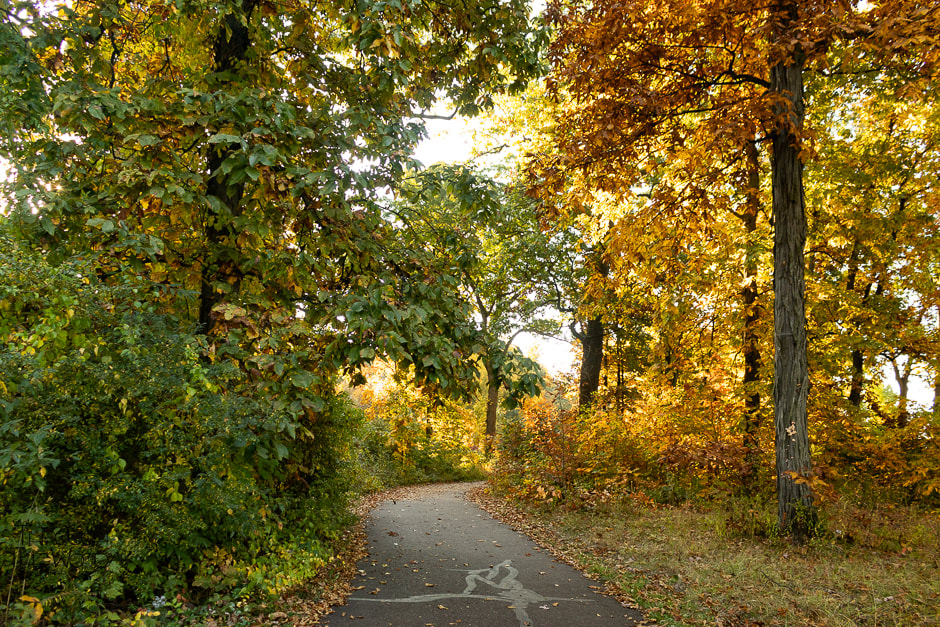
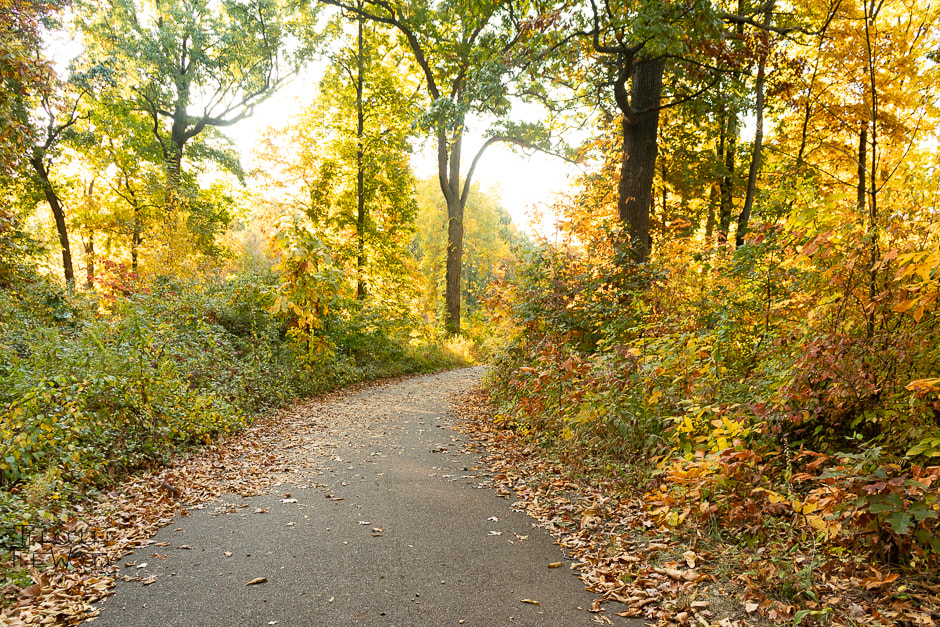
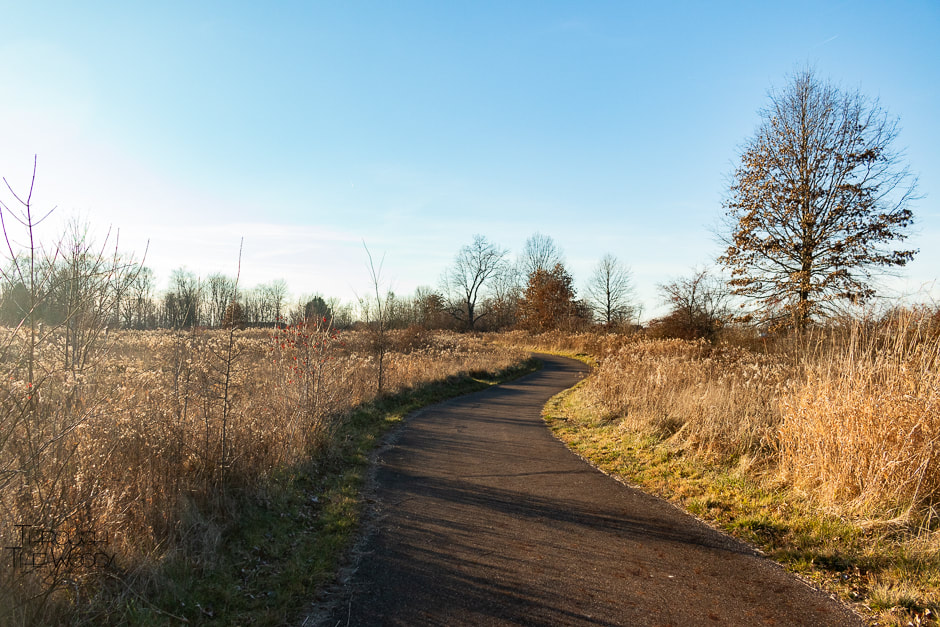
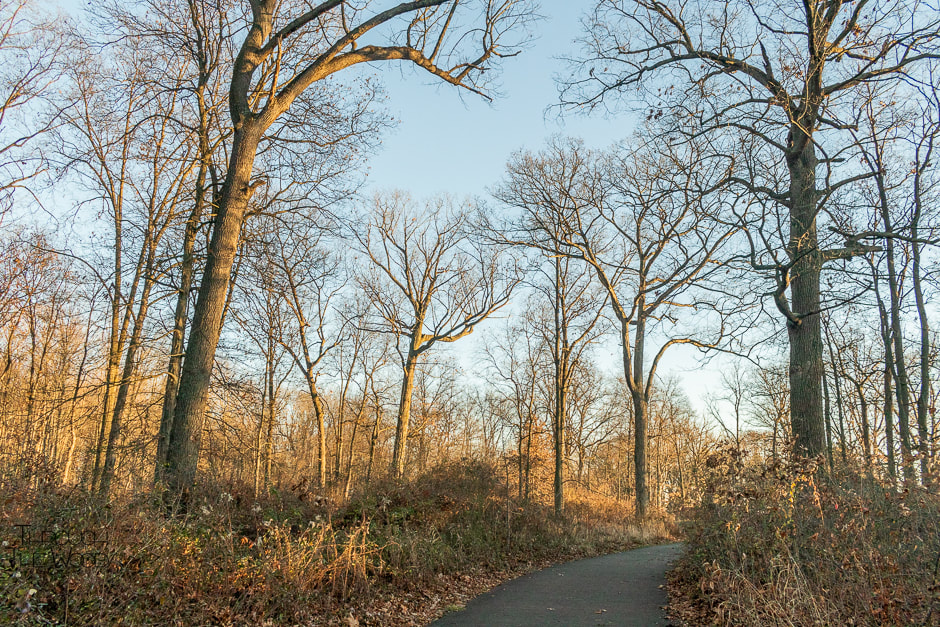
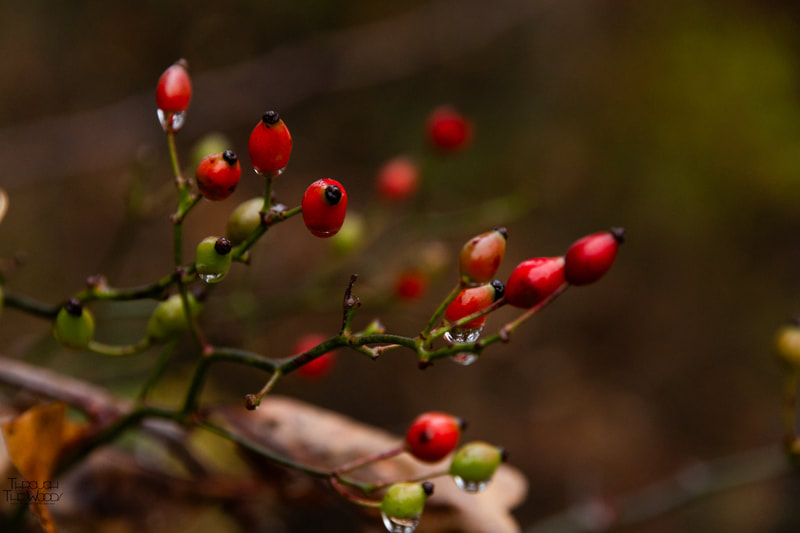
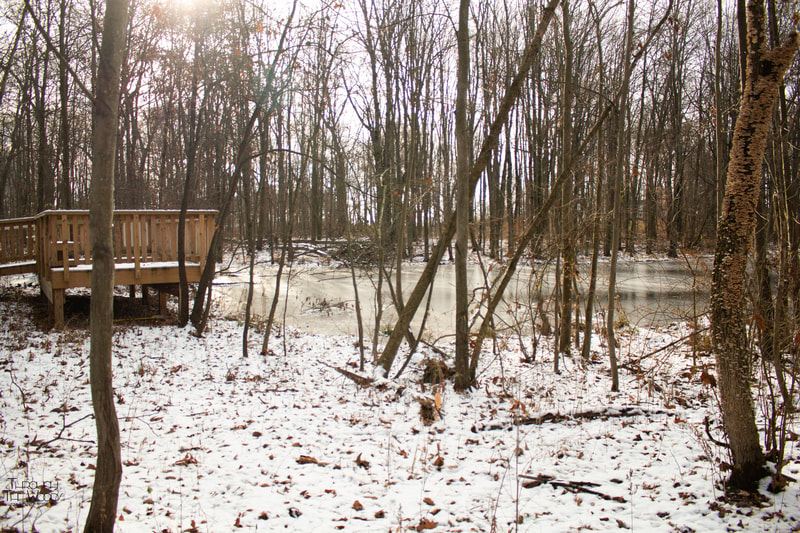
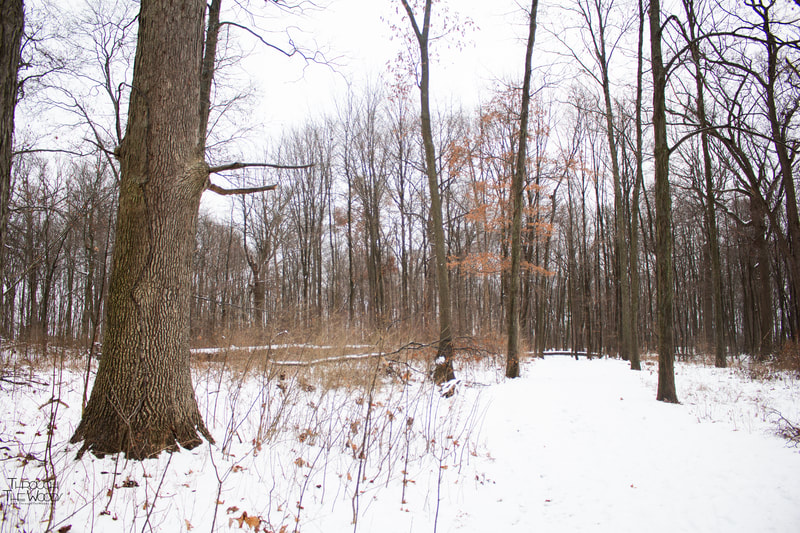
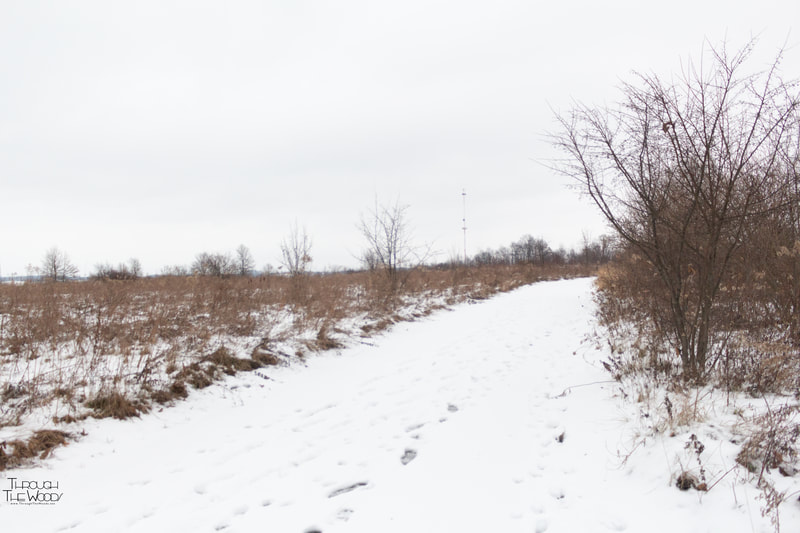
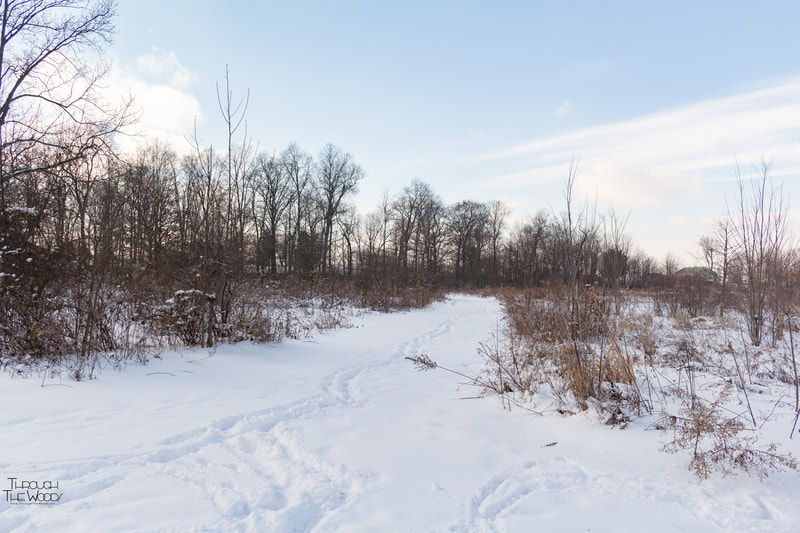
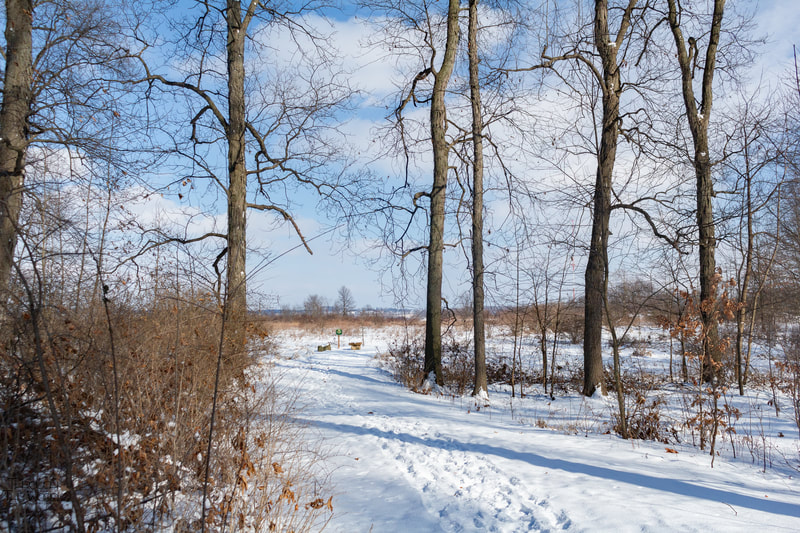
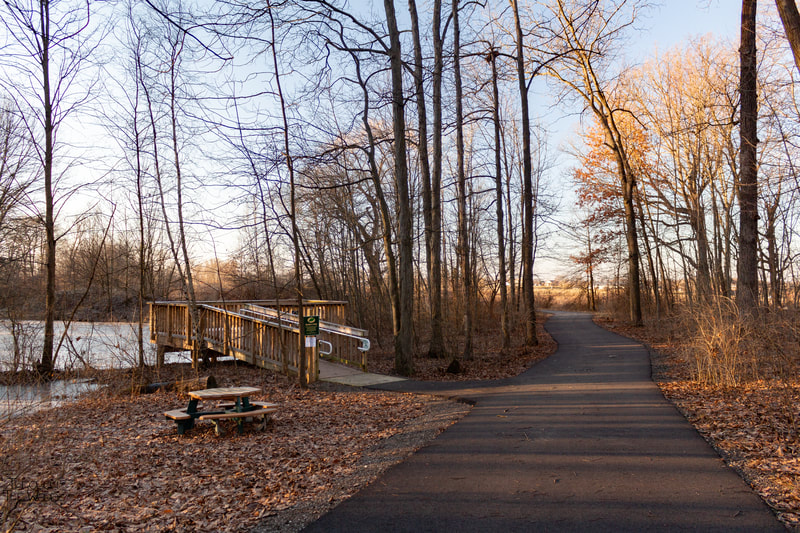
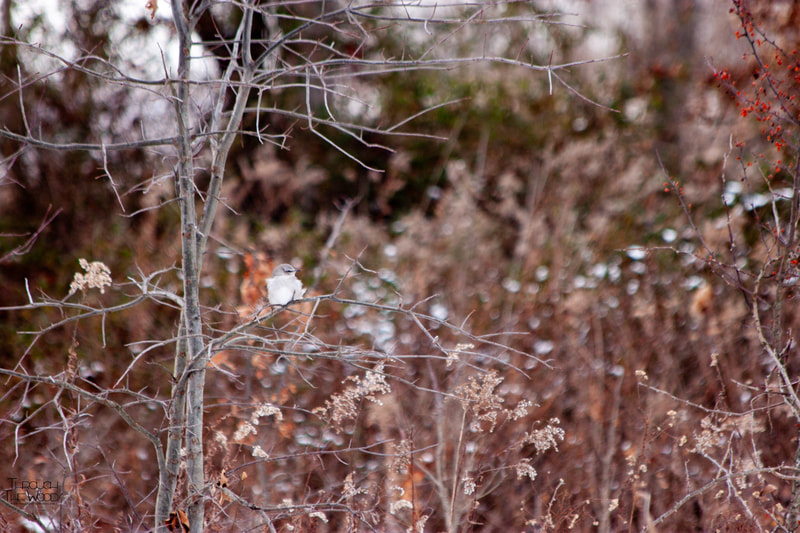
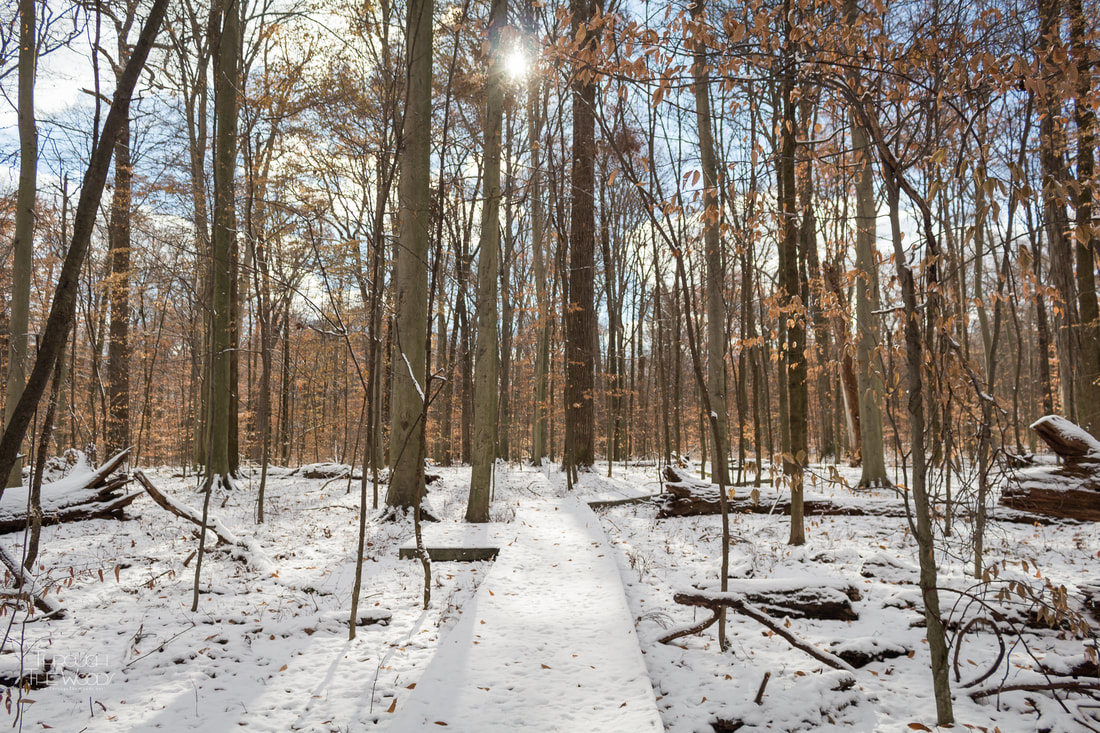


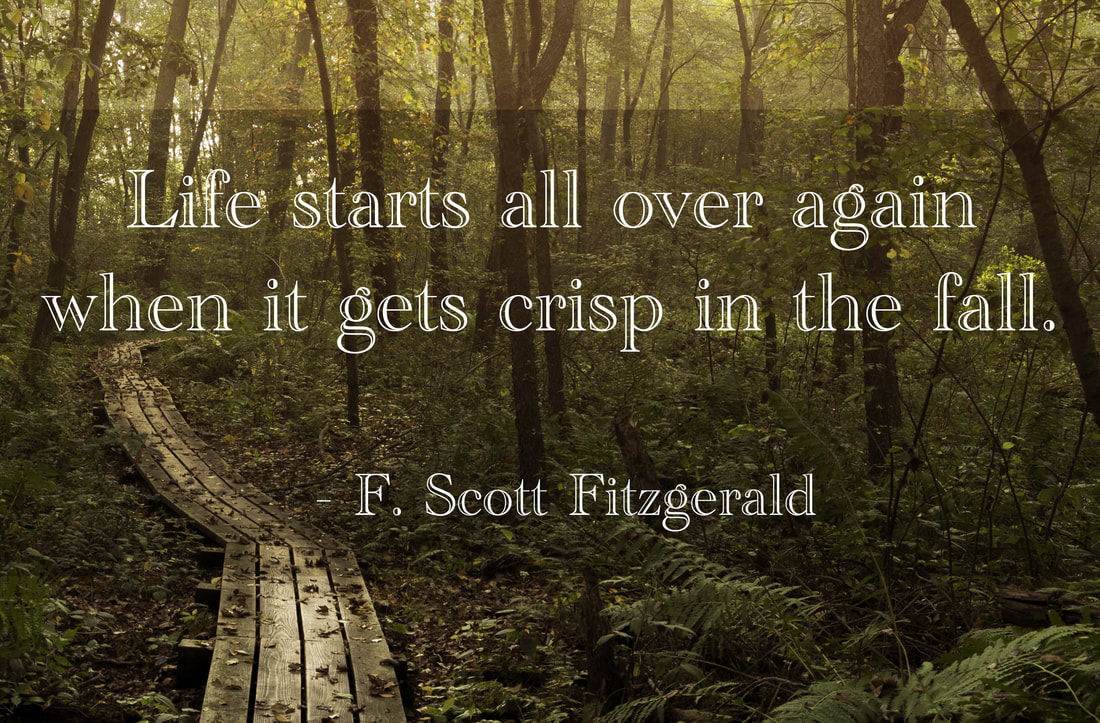
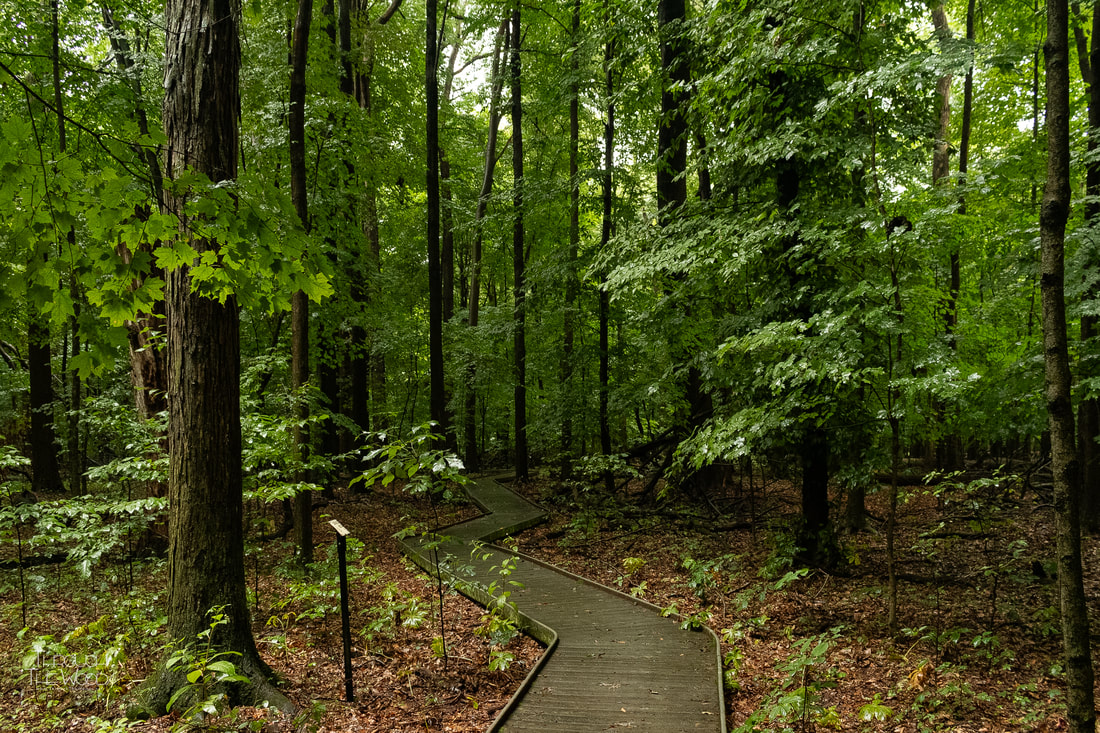
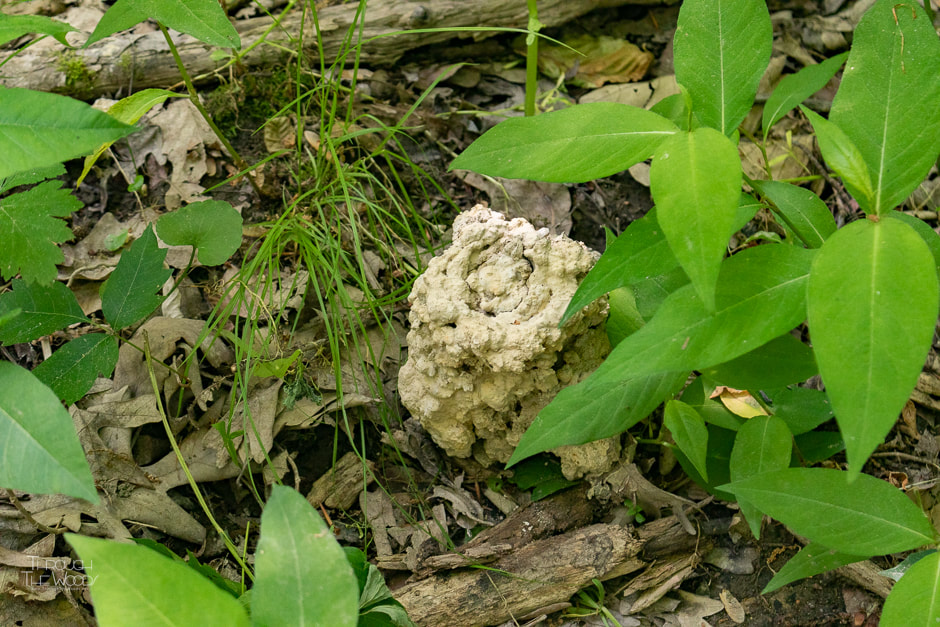
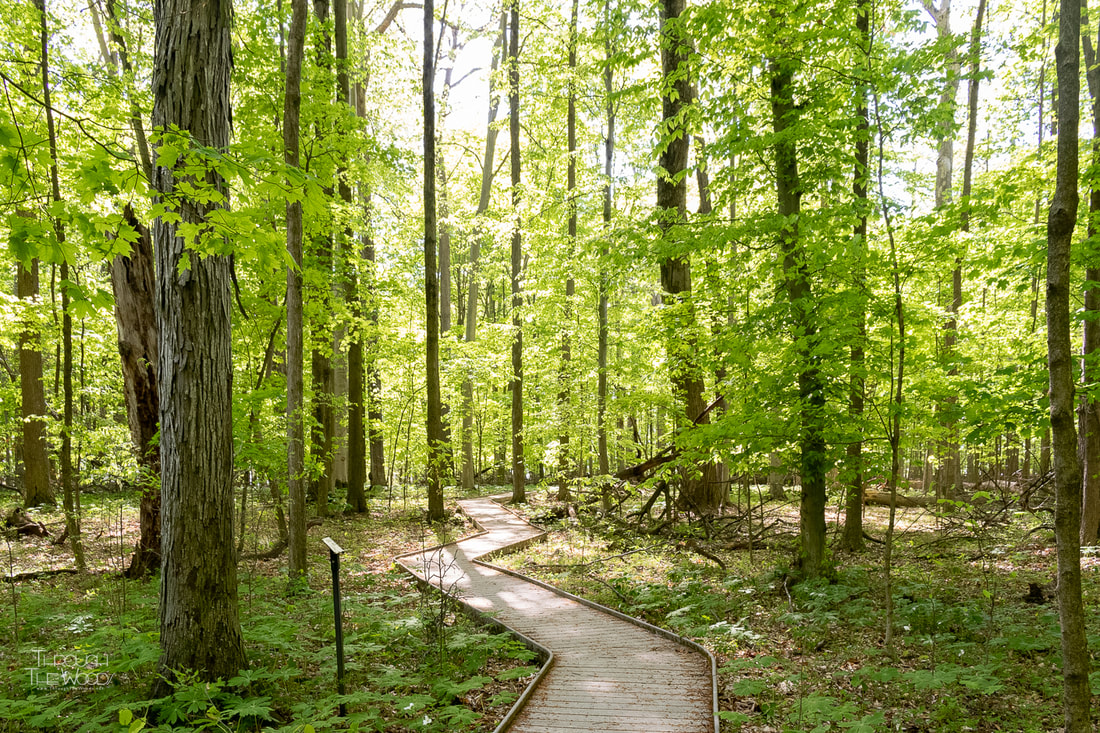
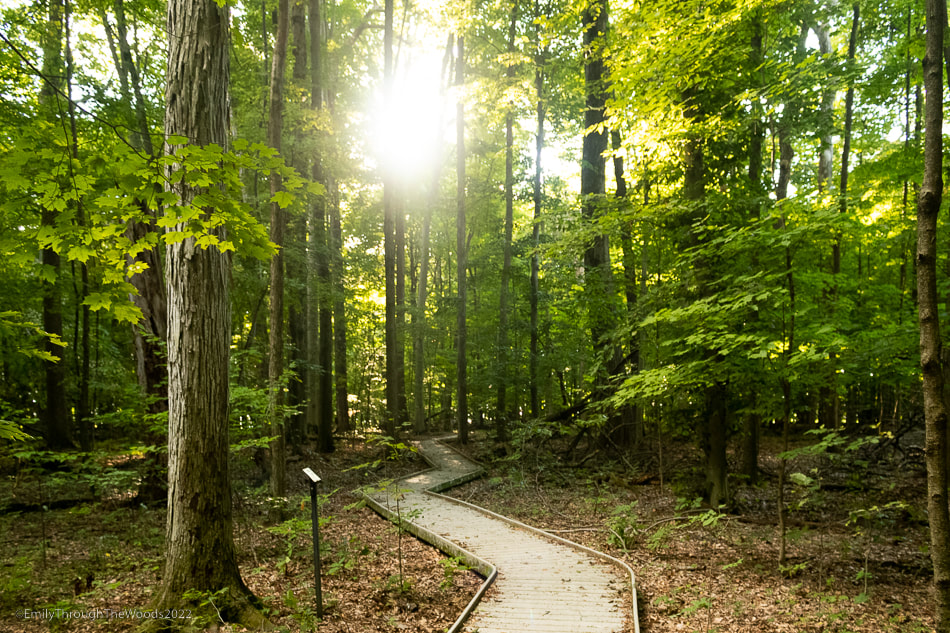
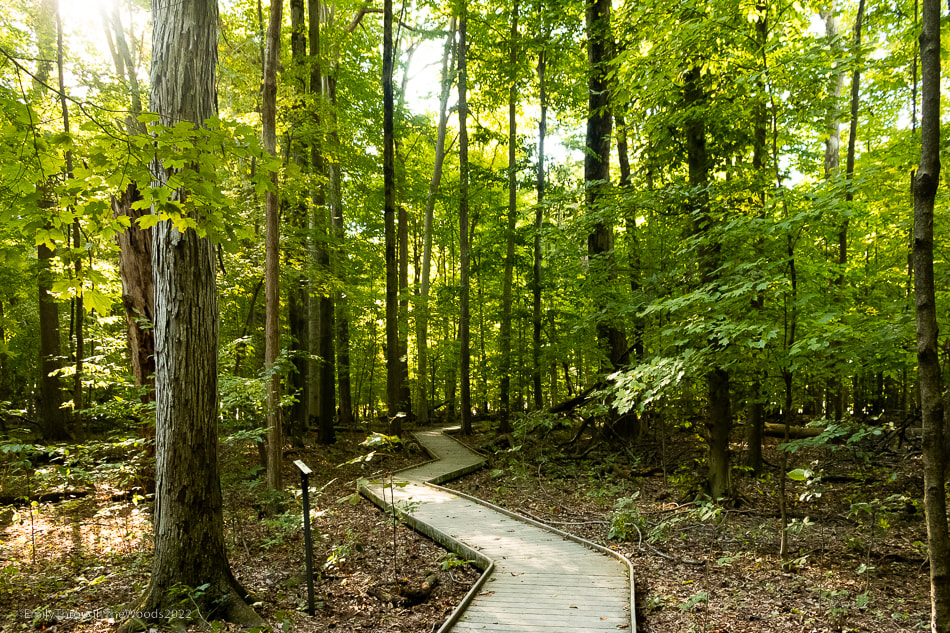
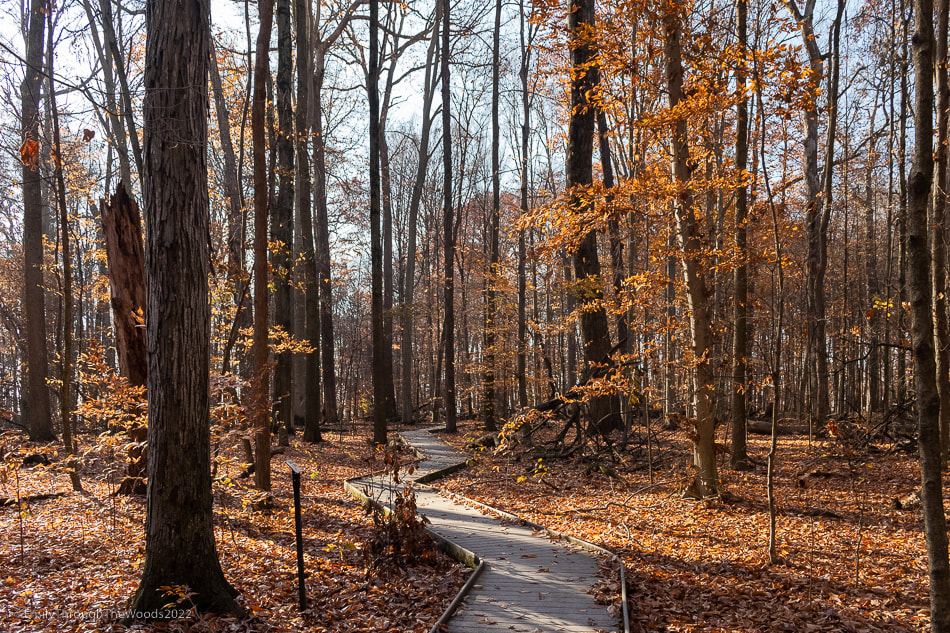

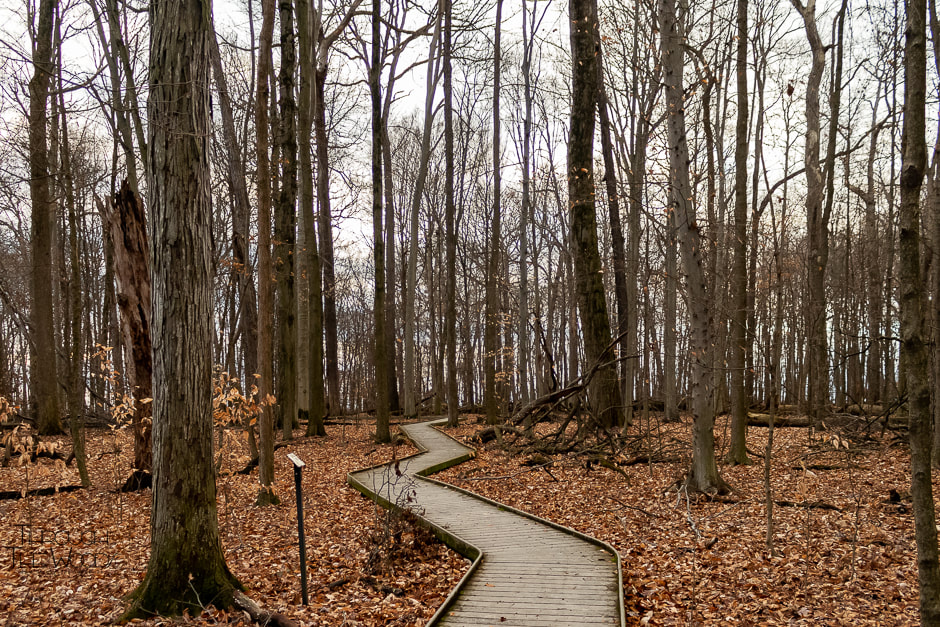
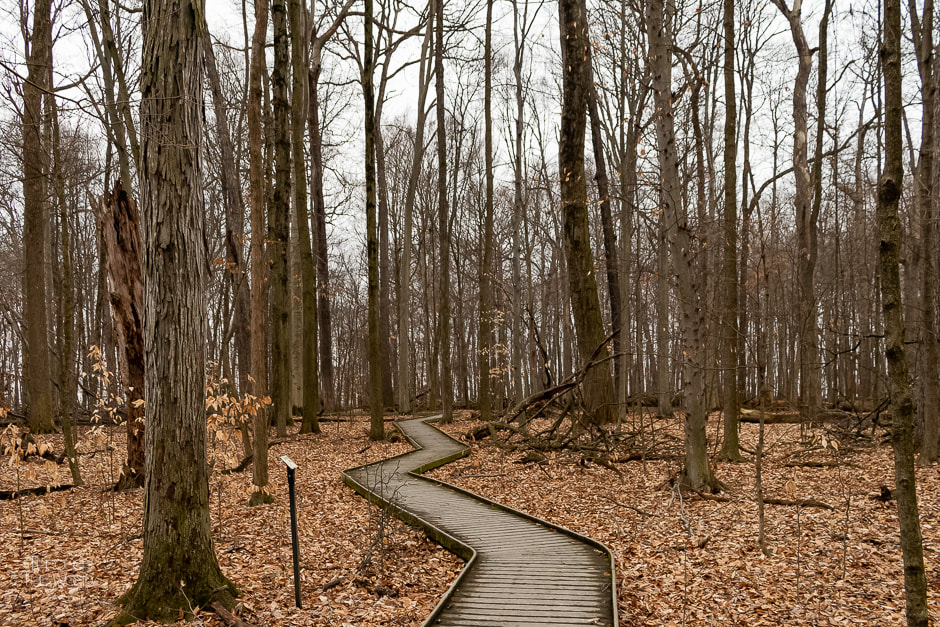
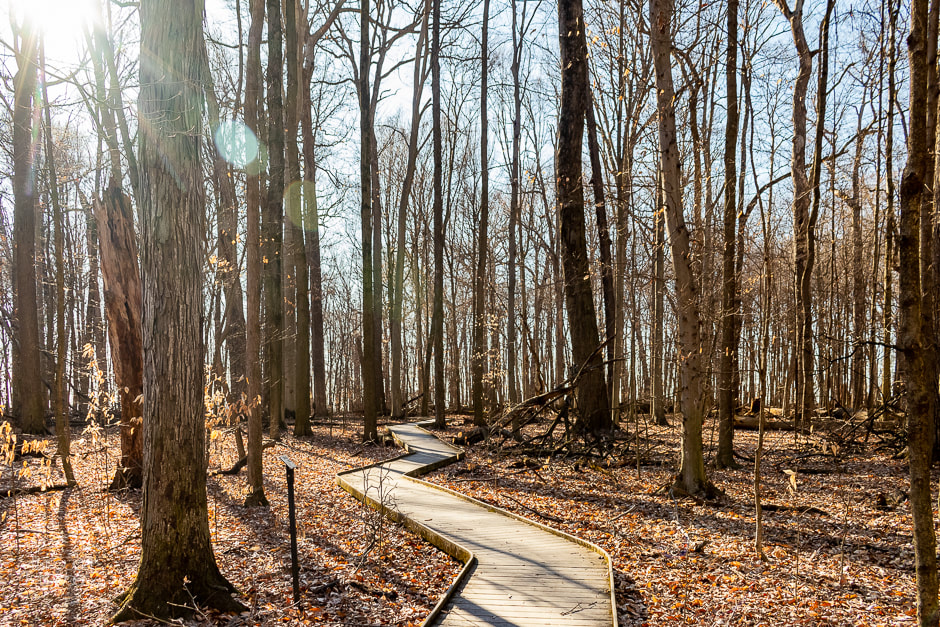
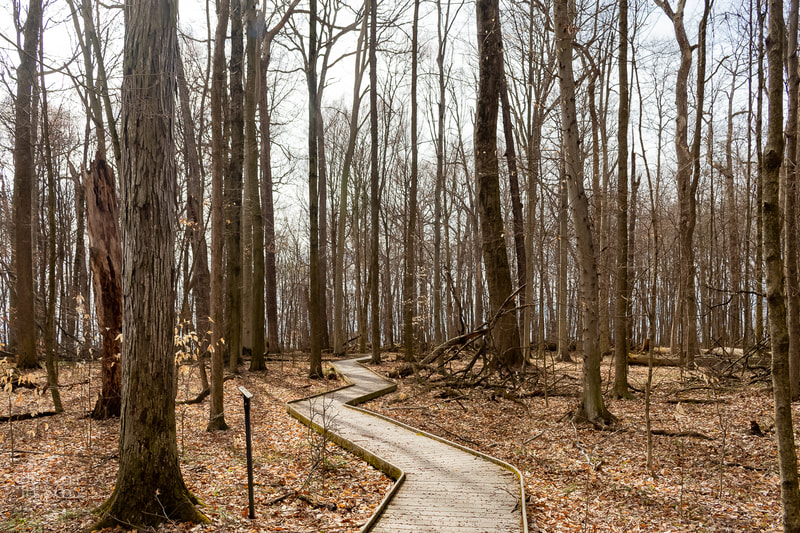
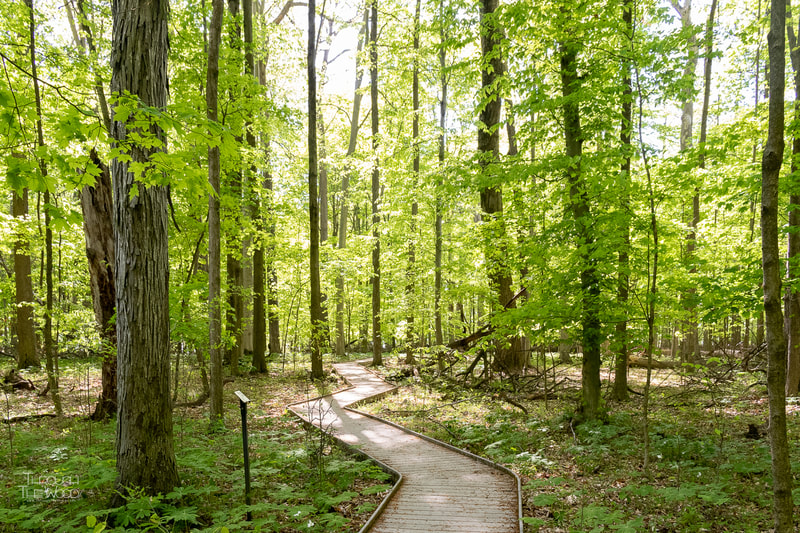
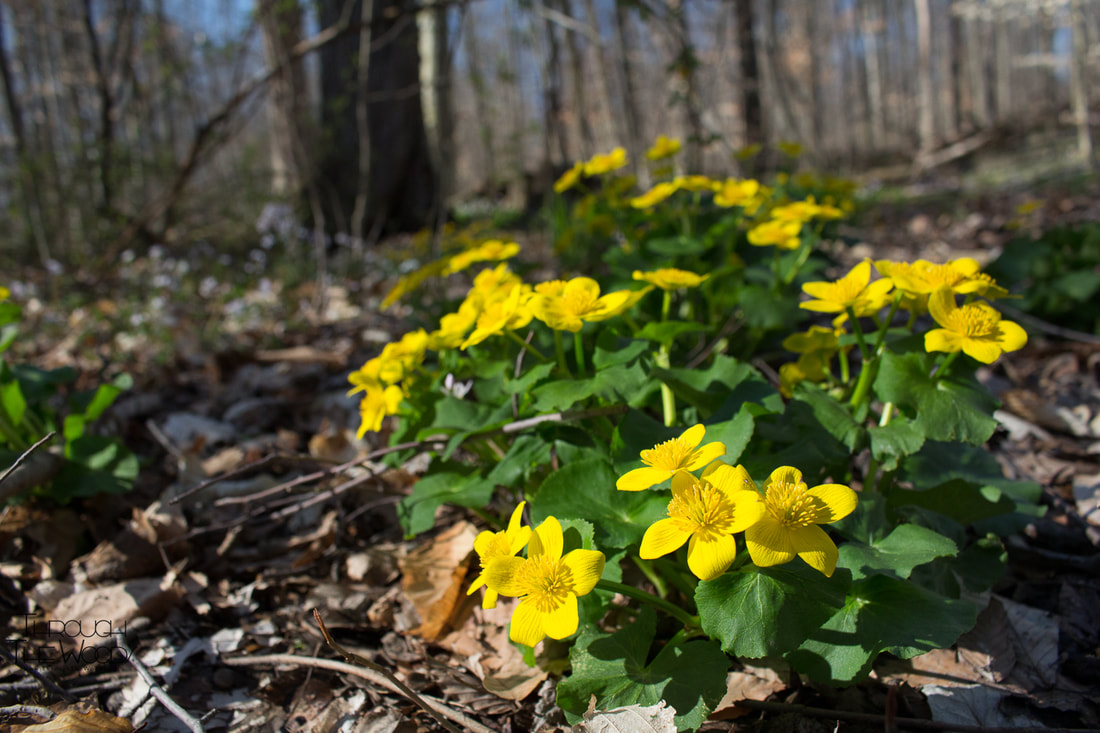
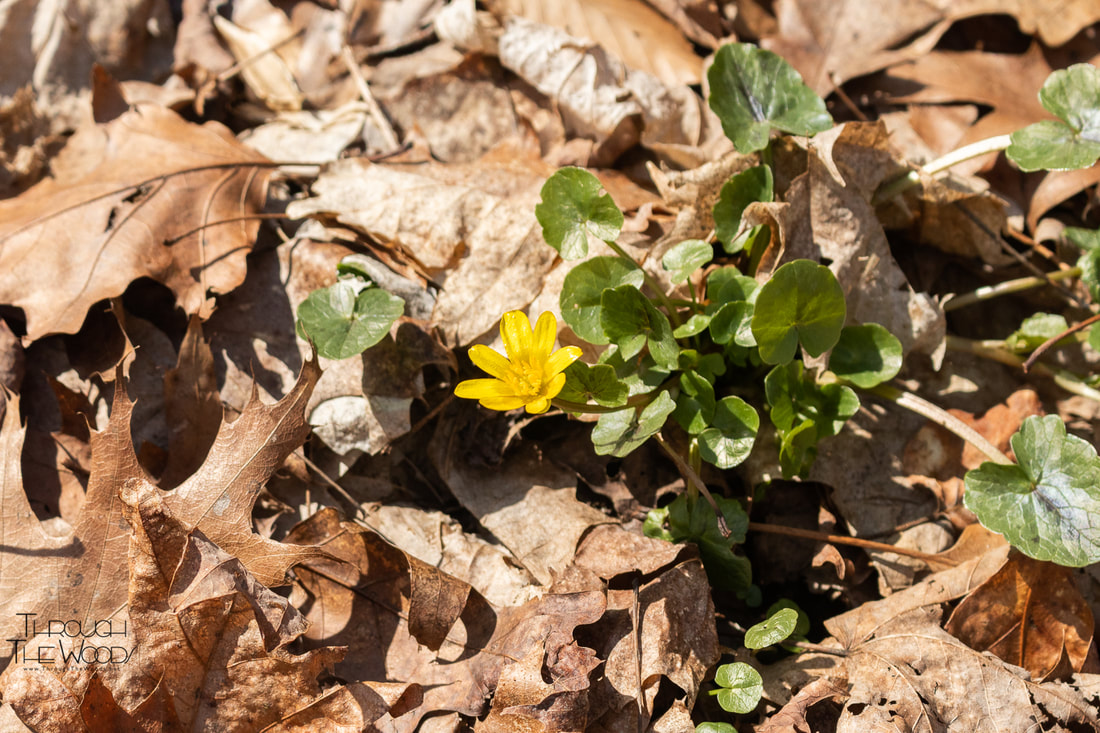
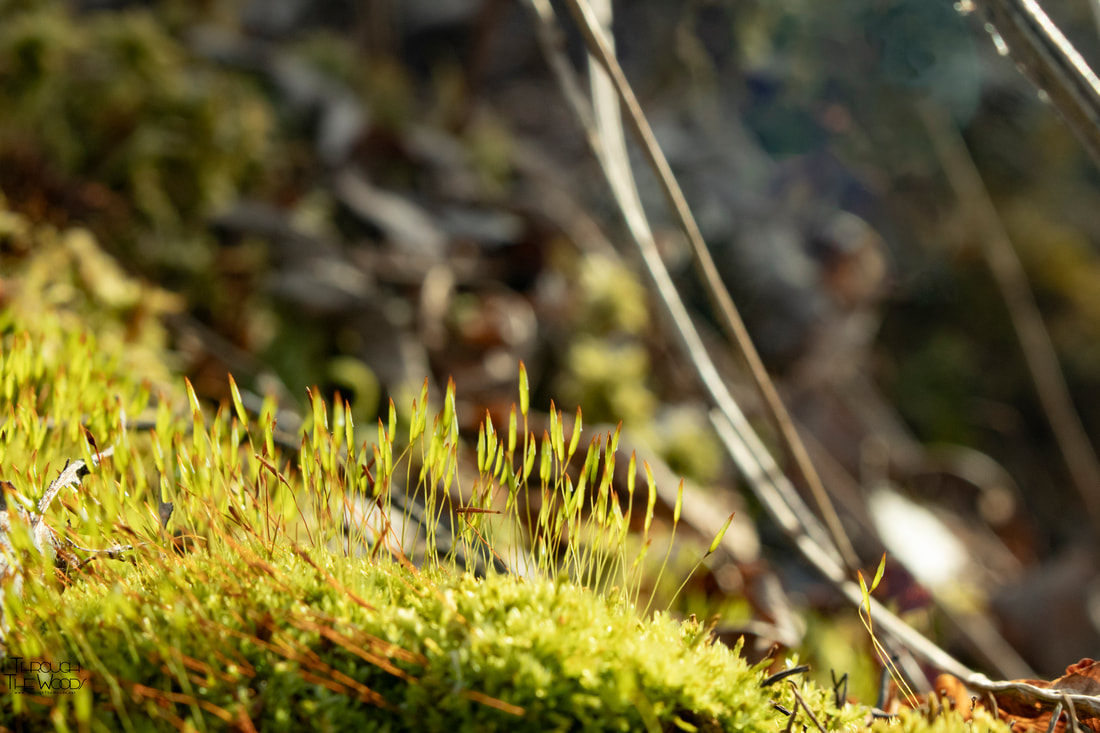
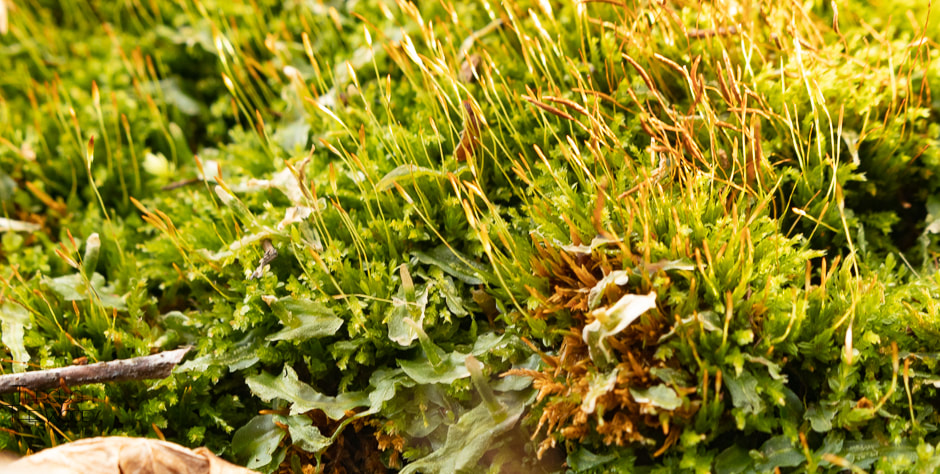
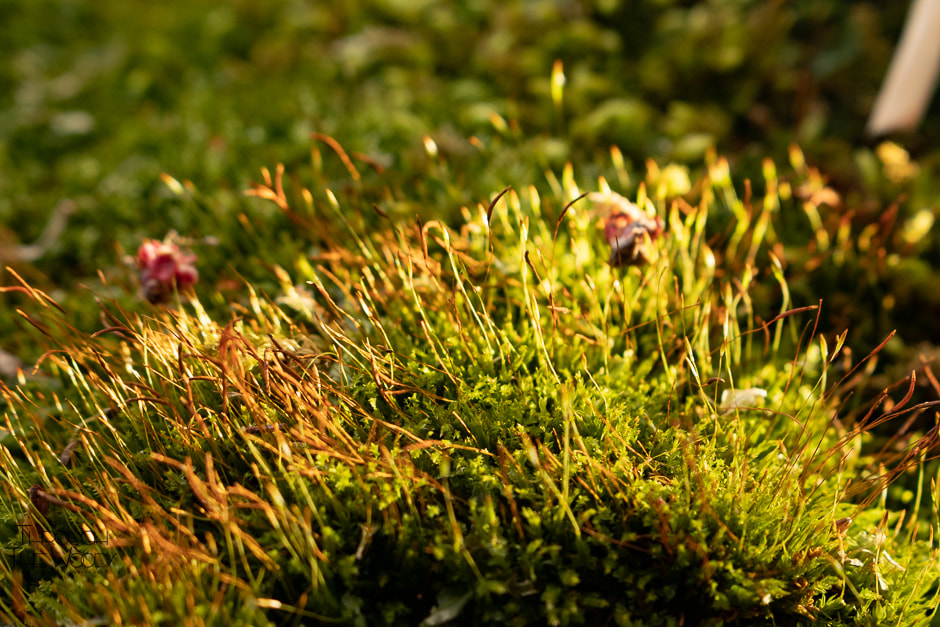
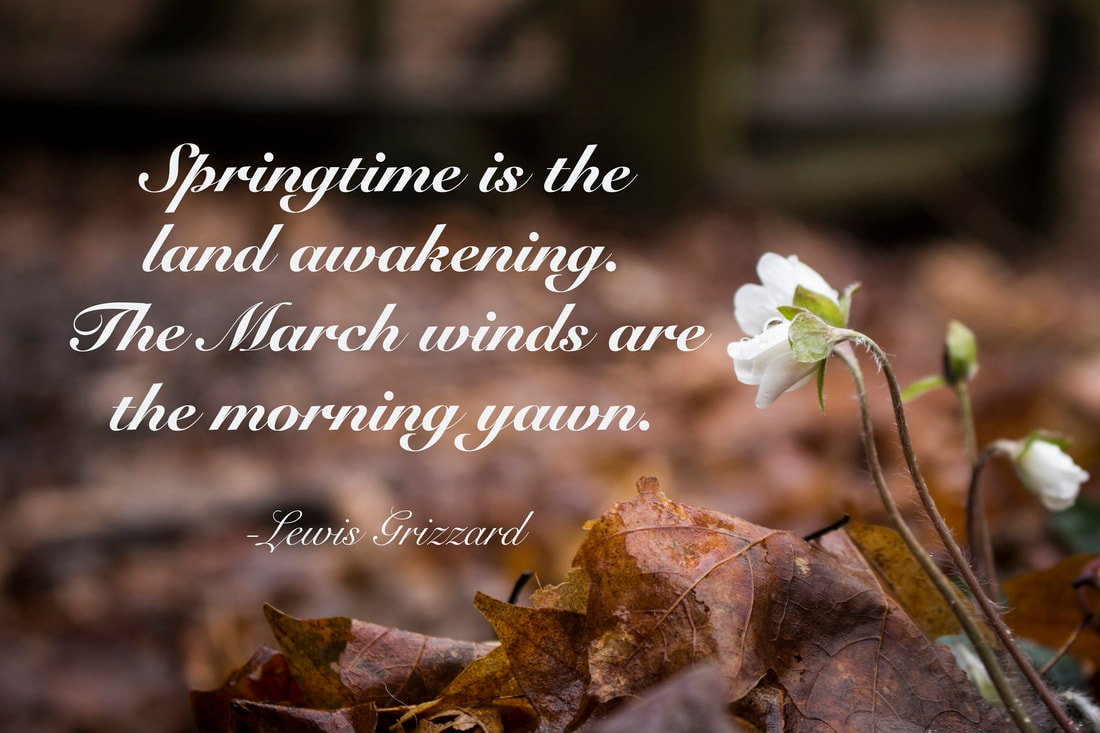
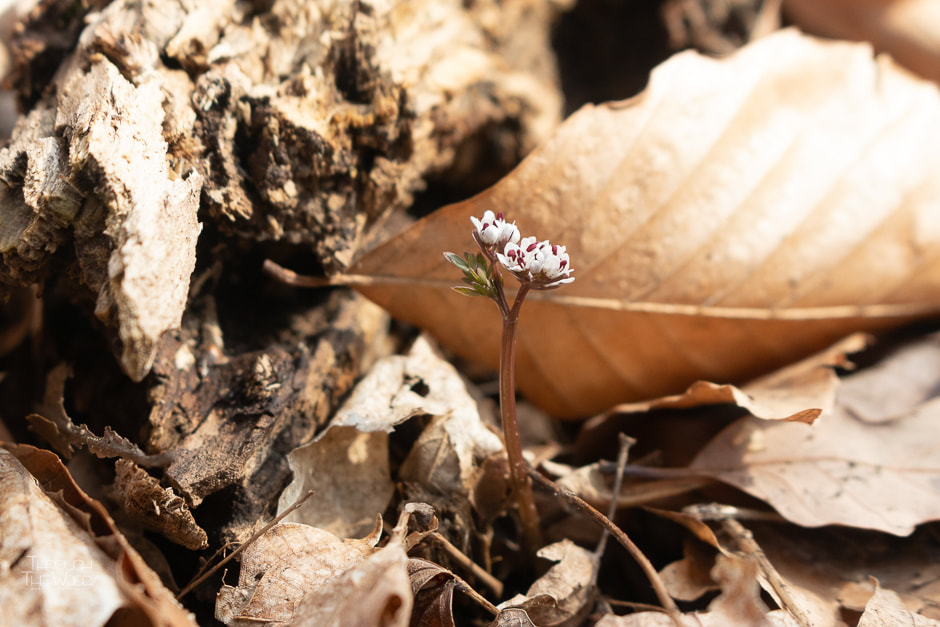
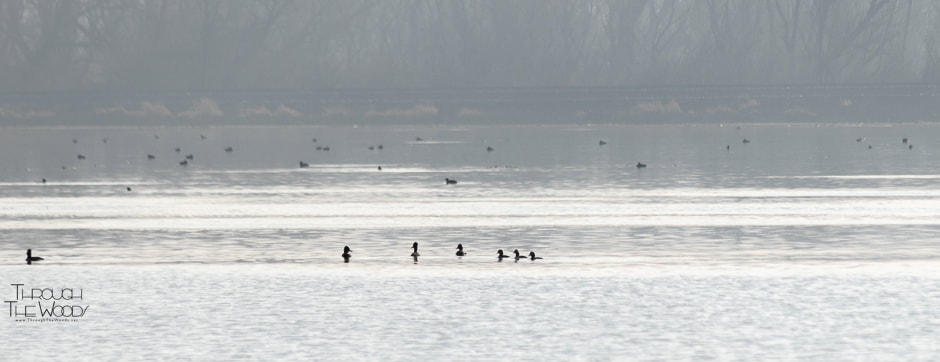
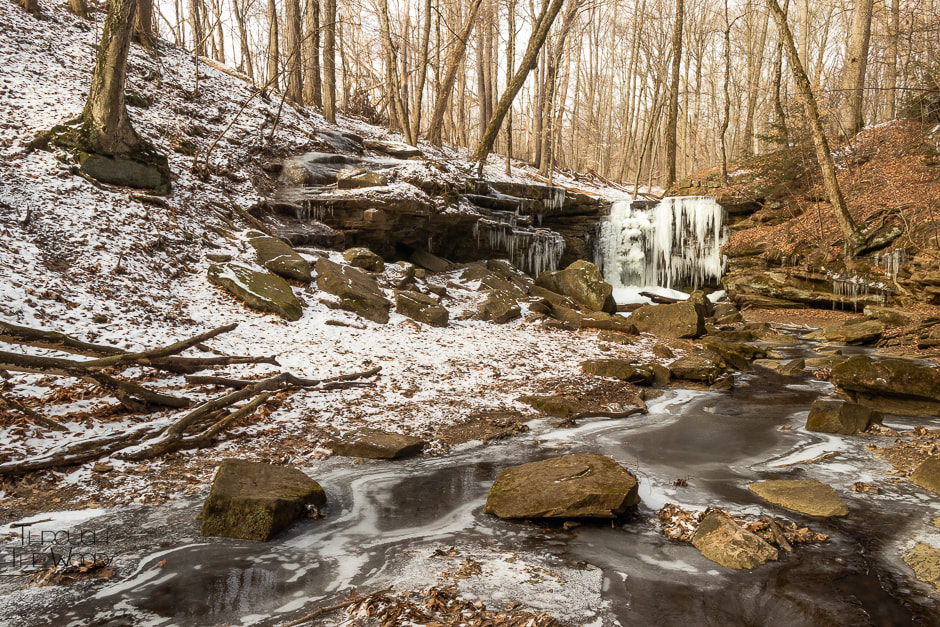


 RSS Feed
RSS Feed